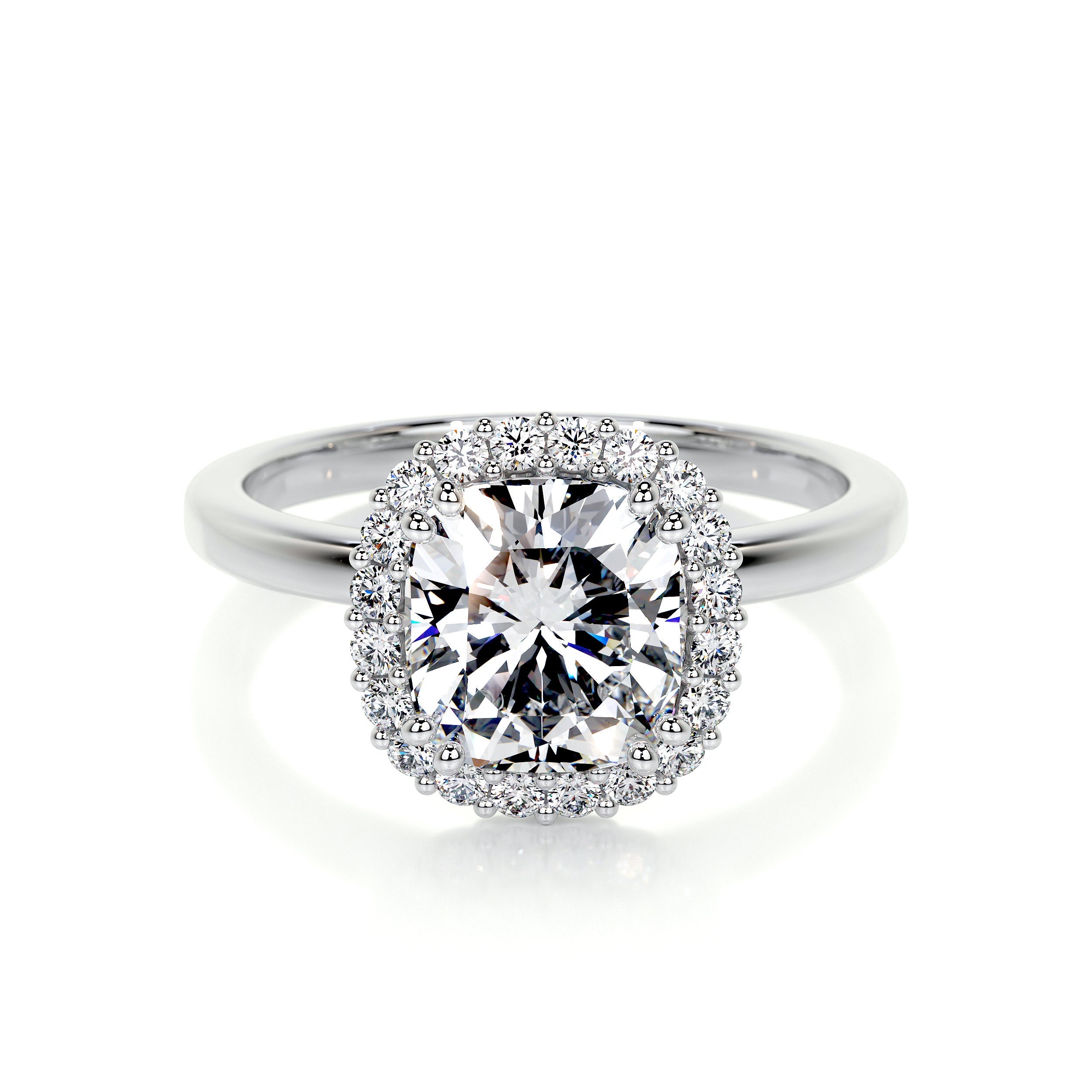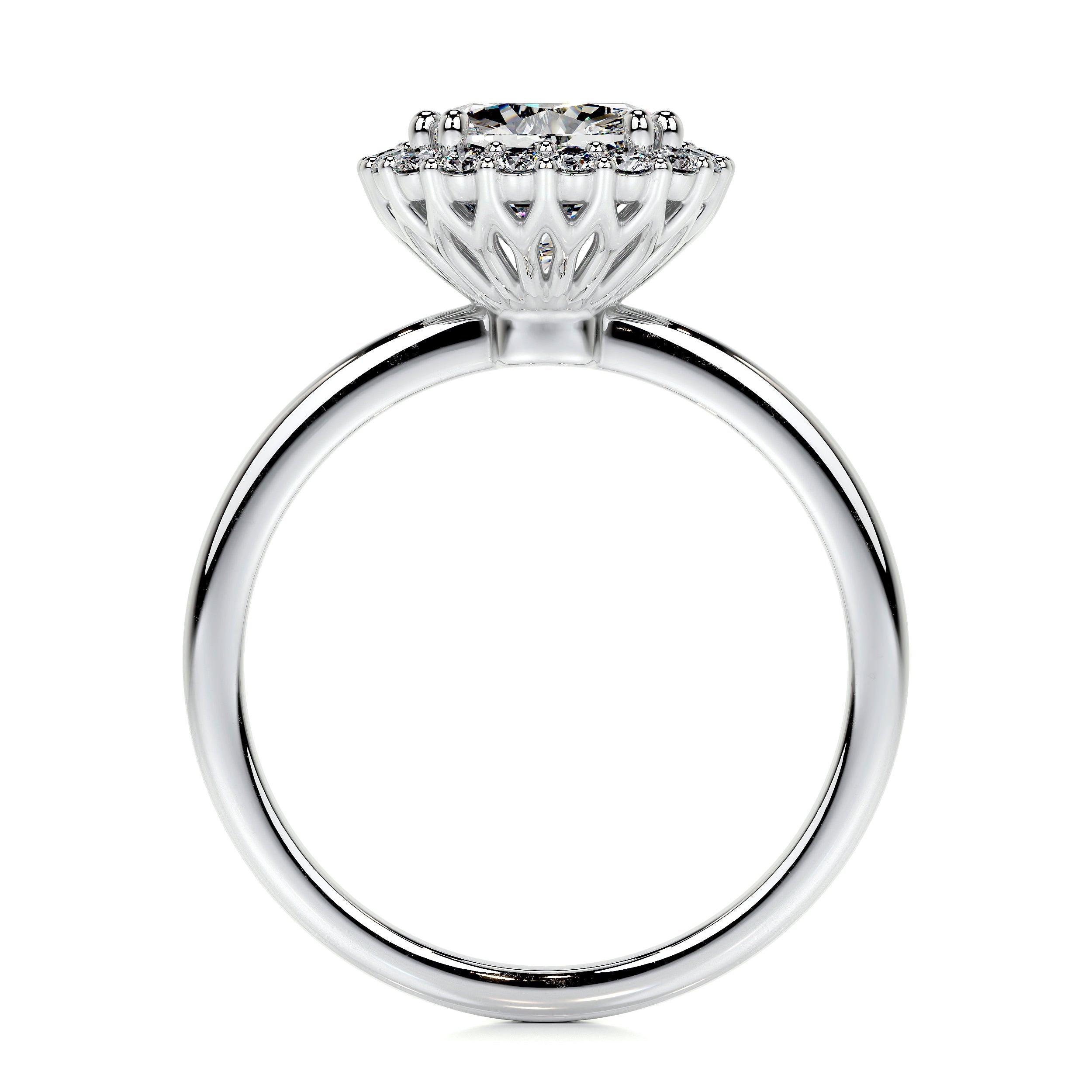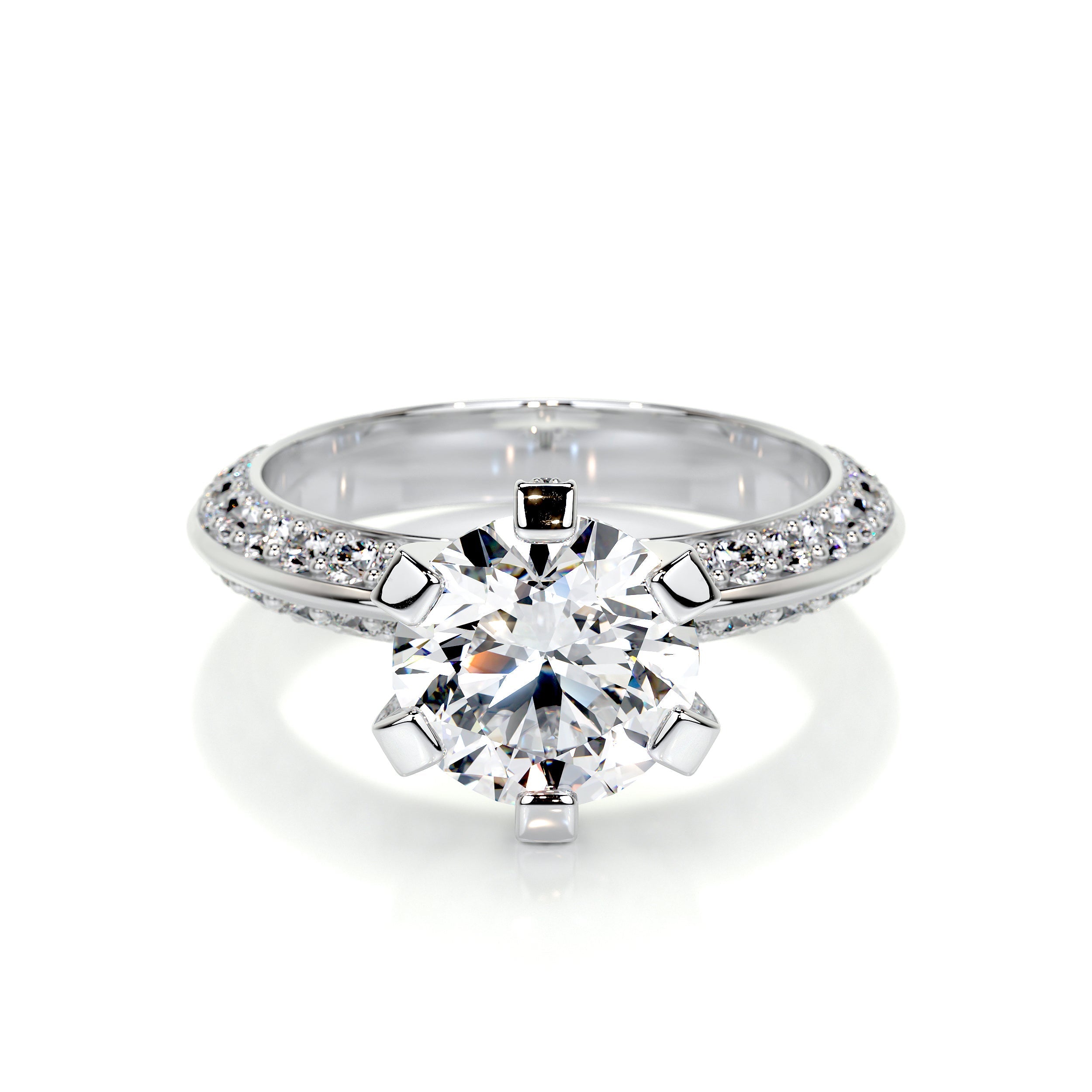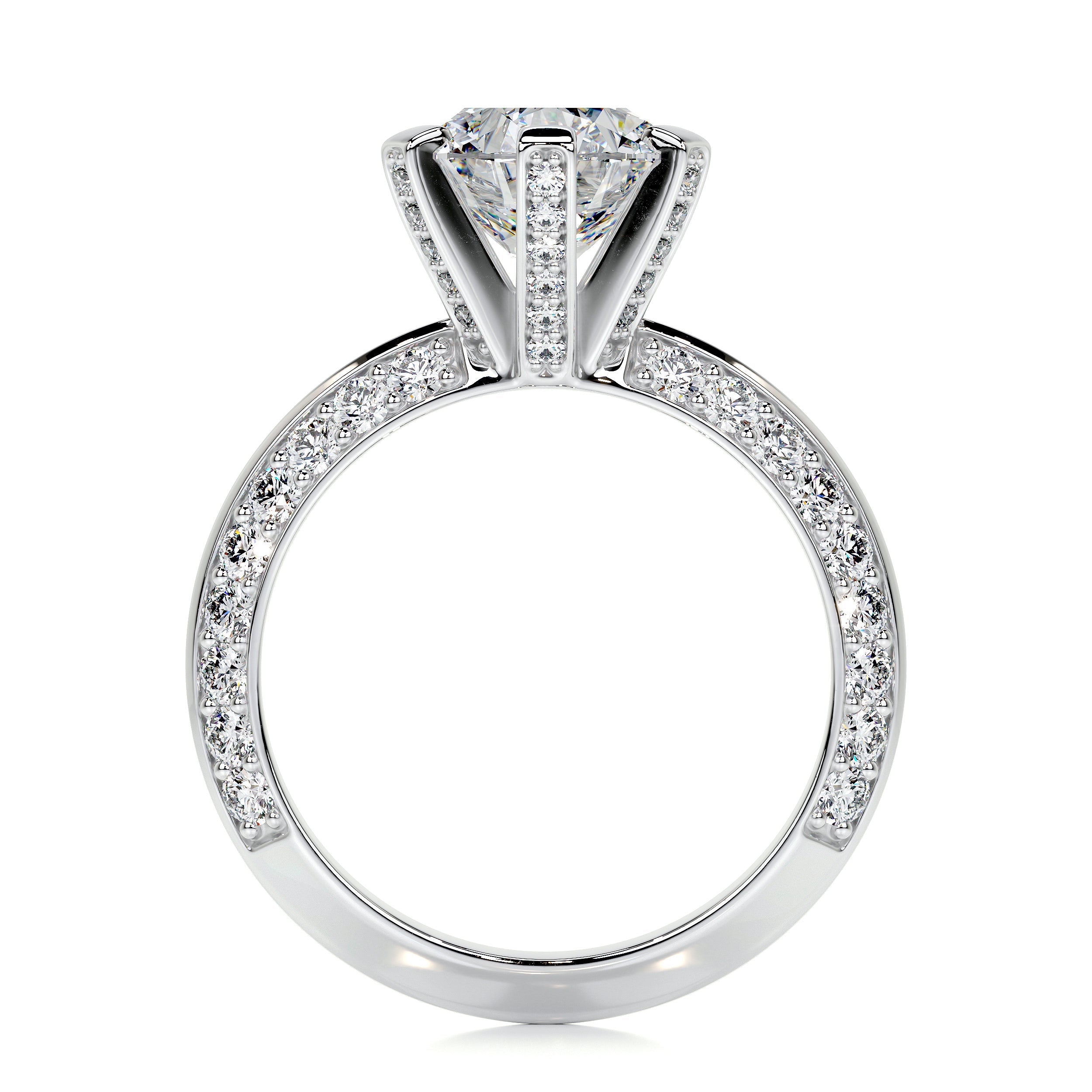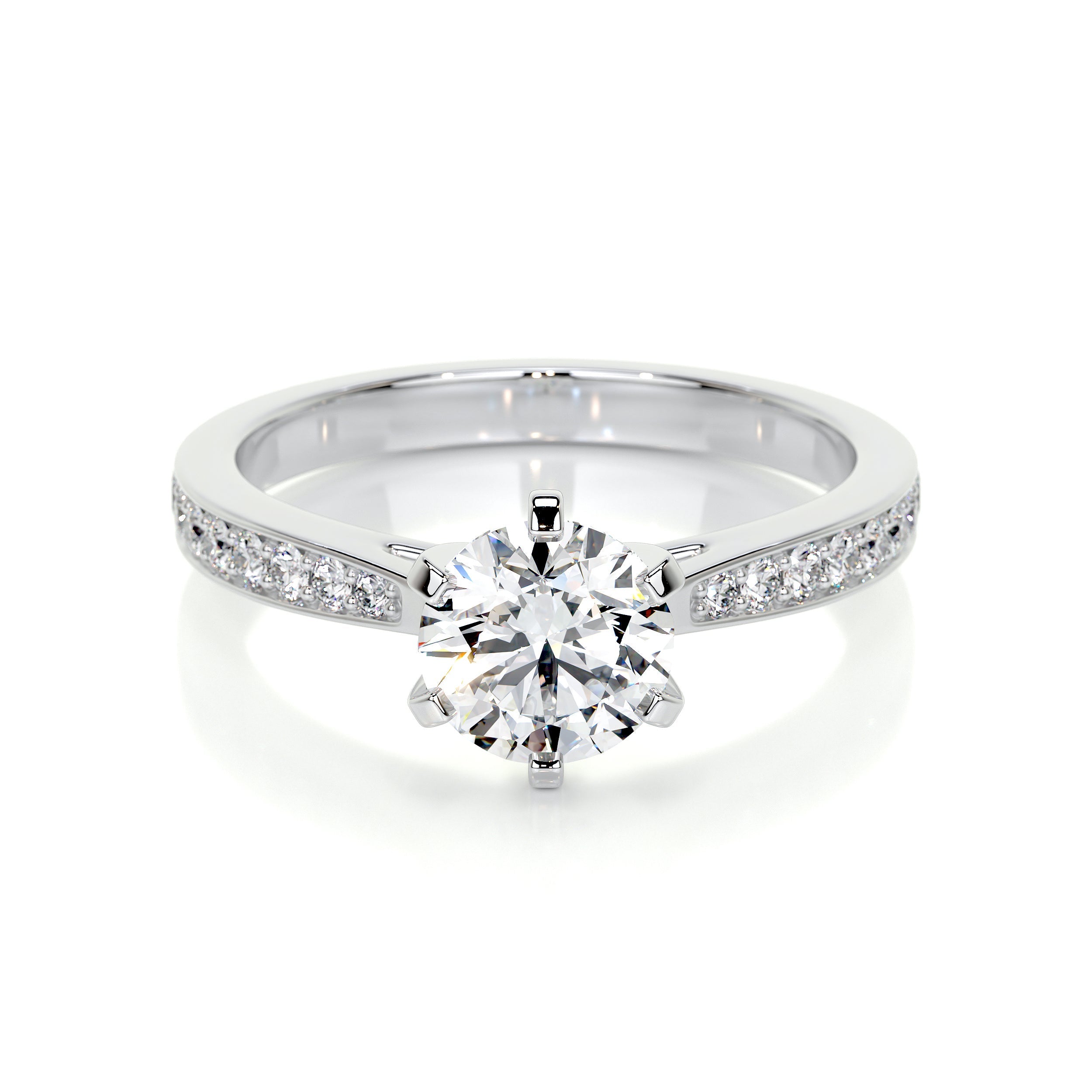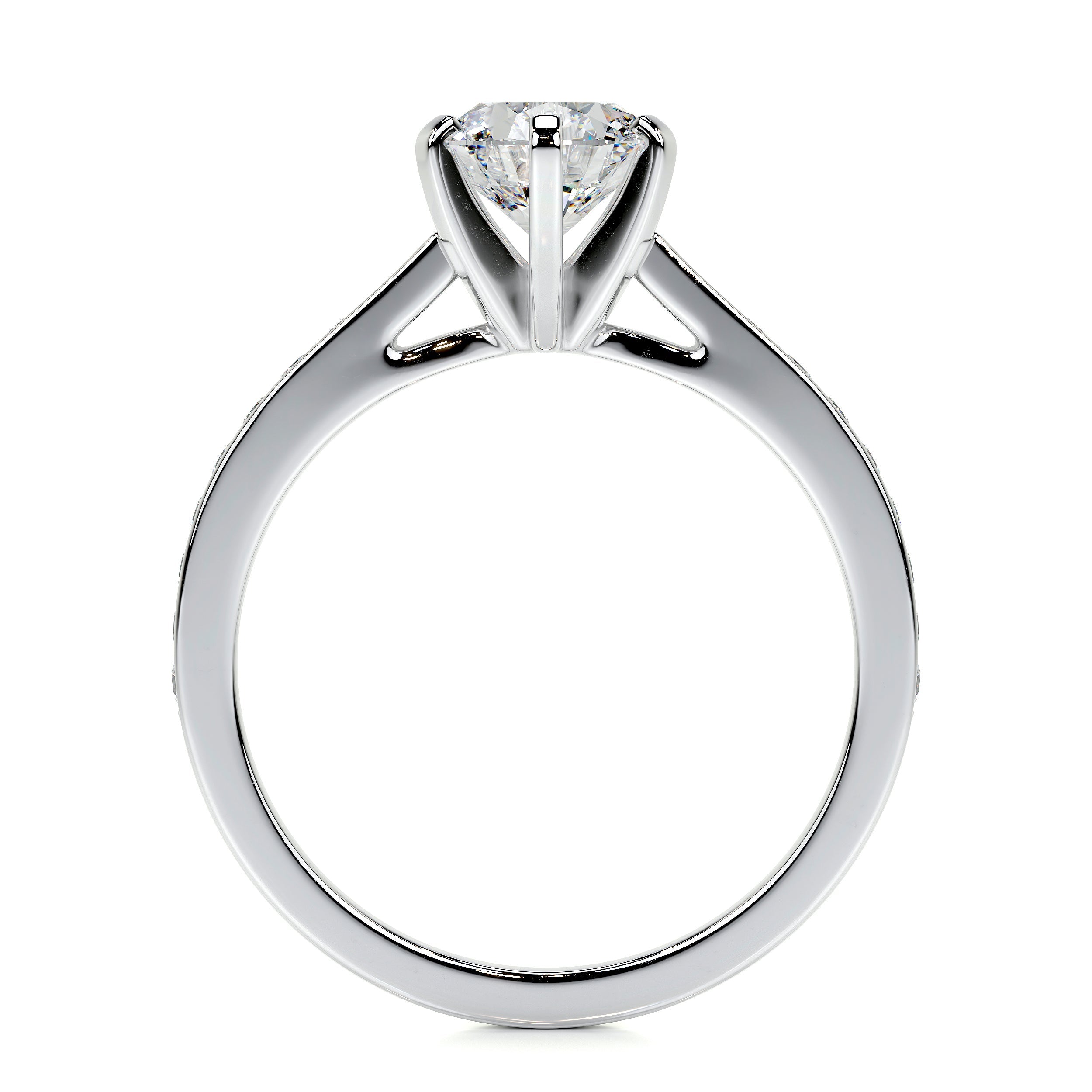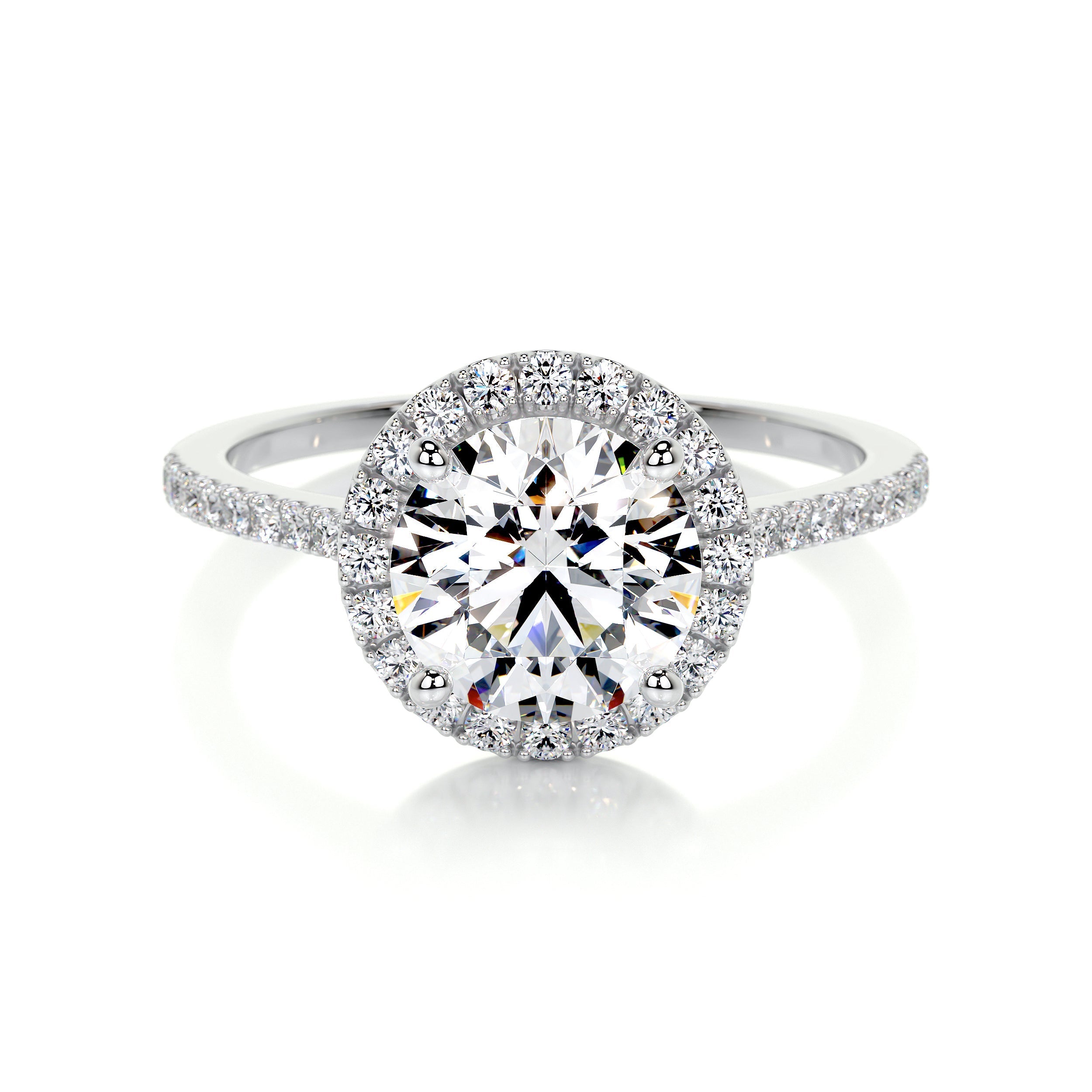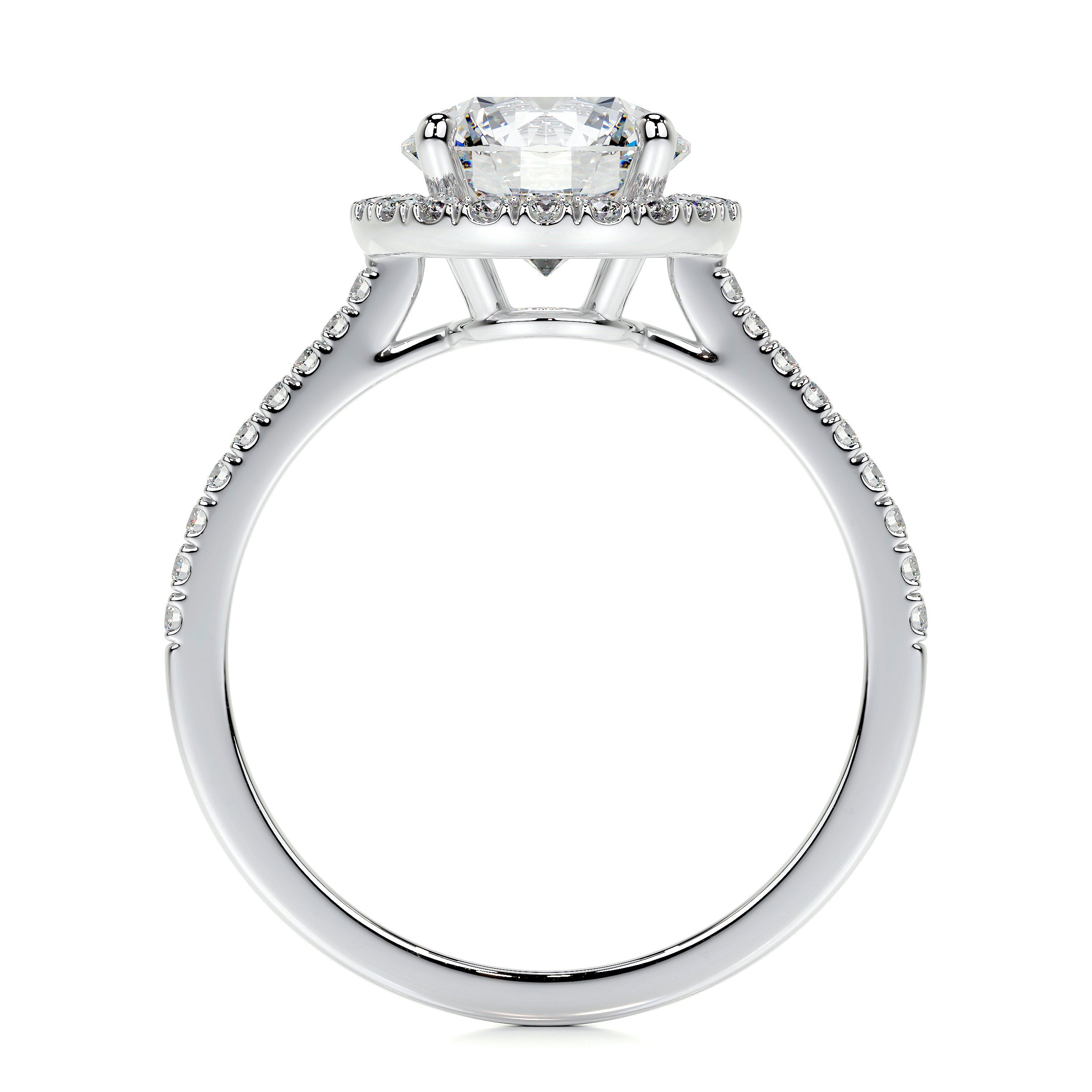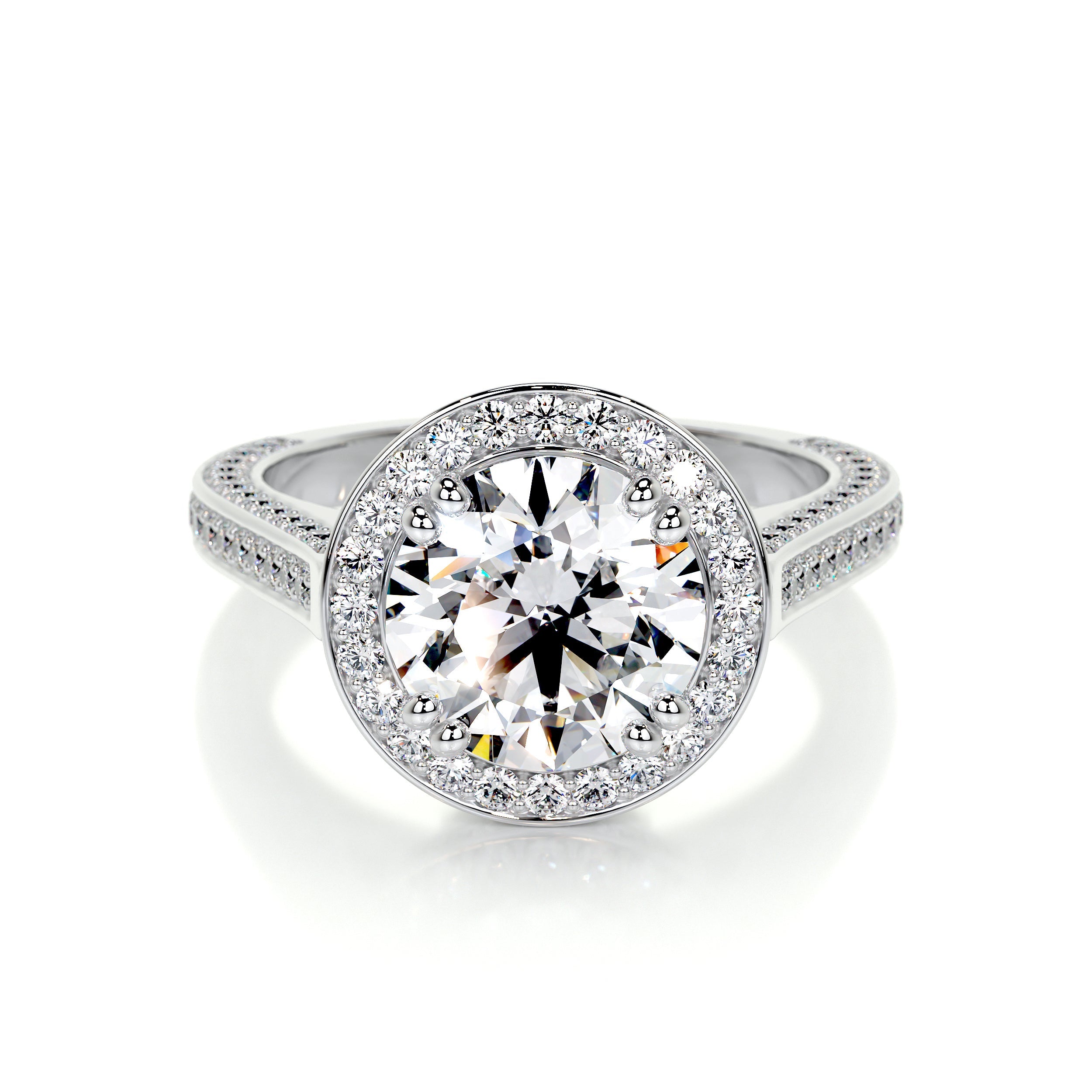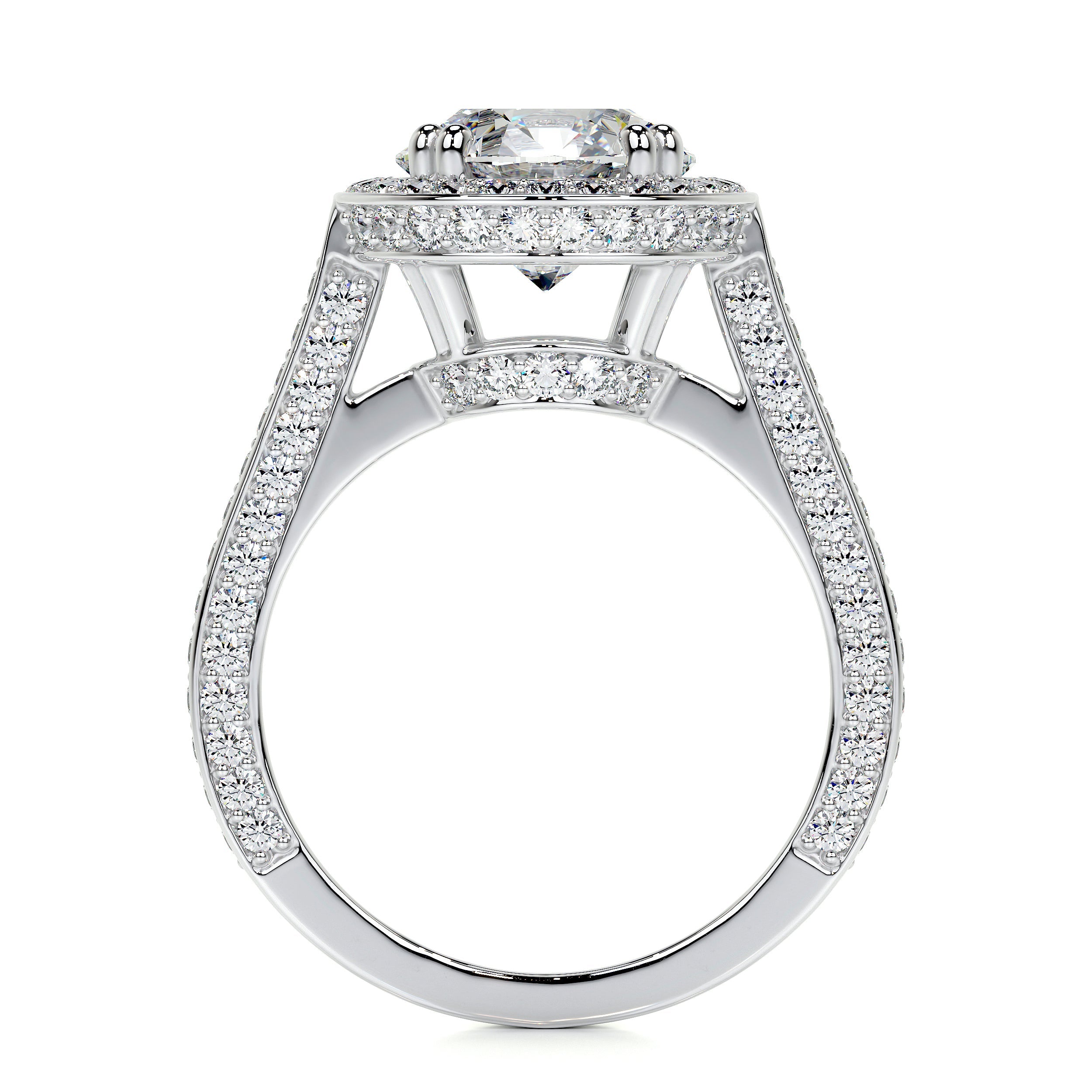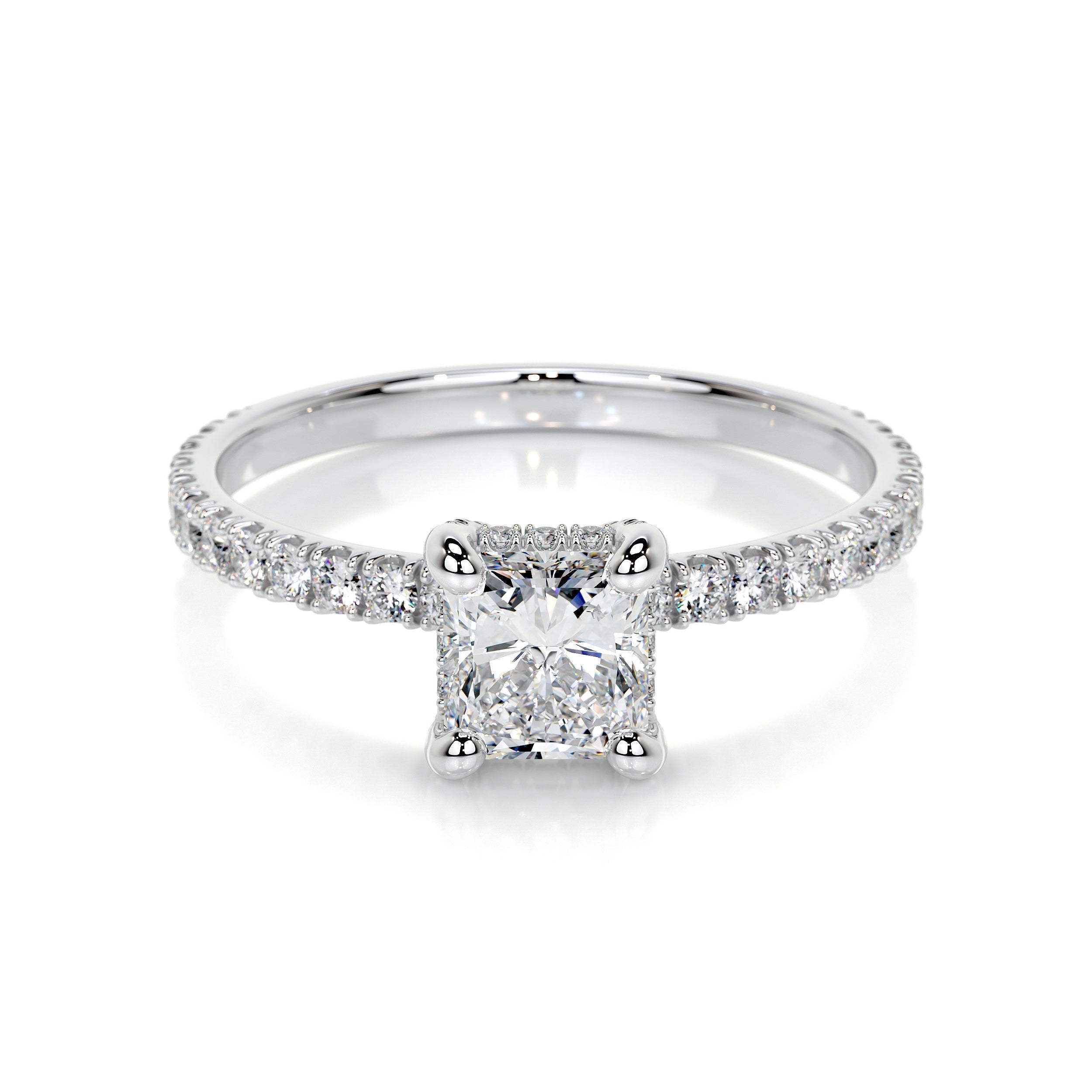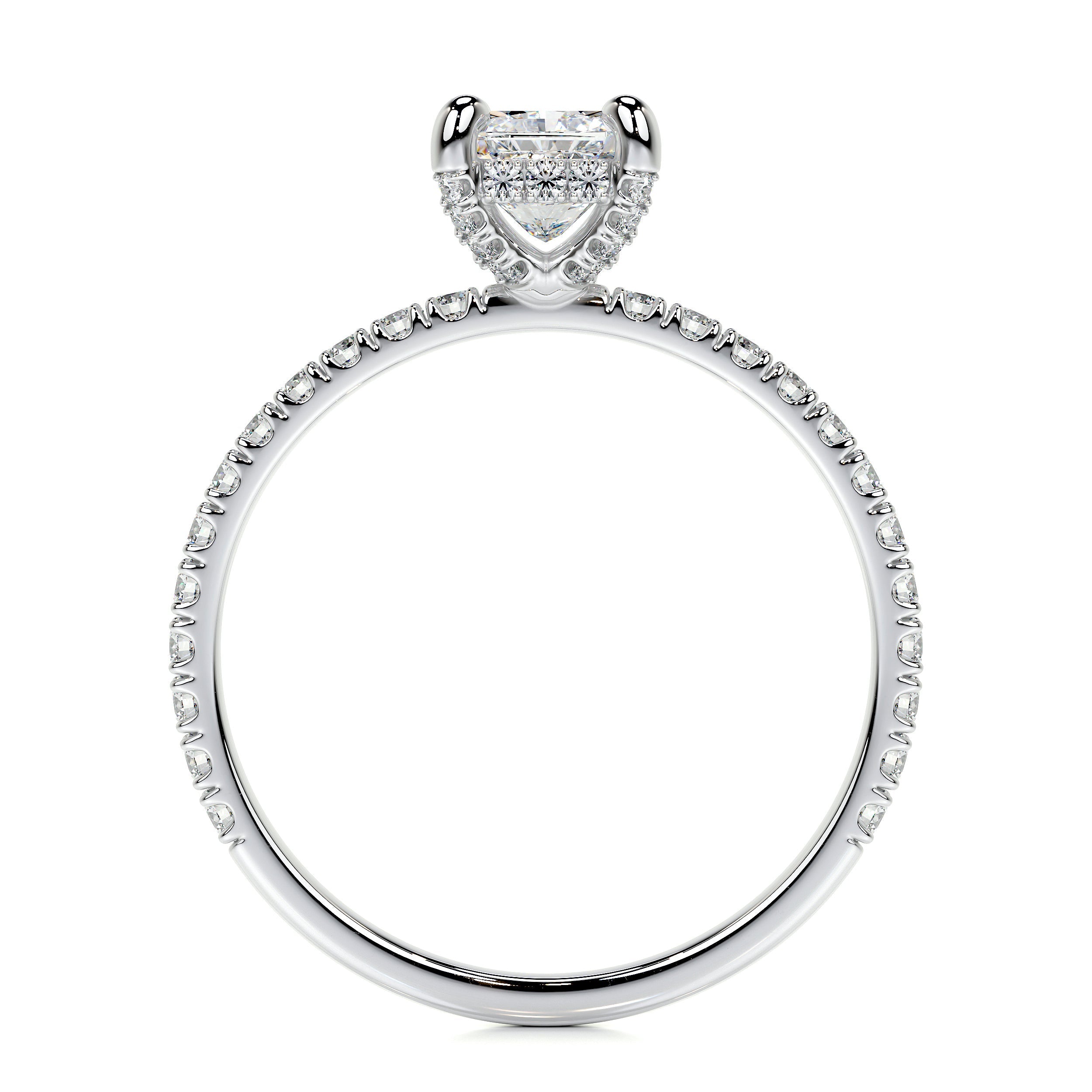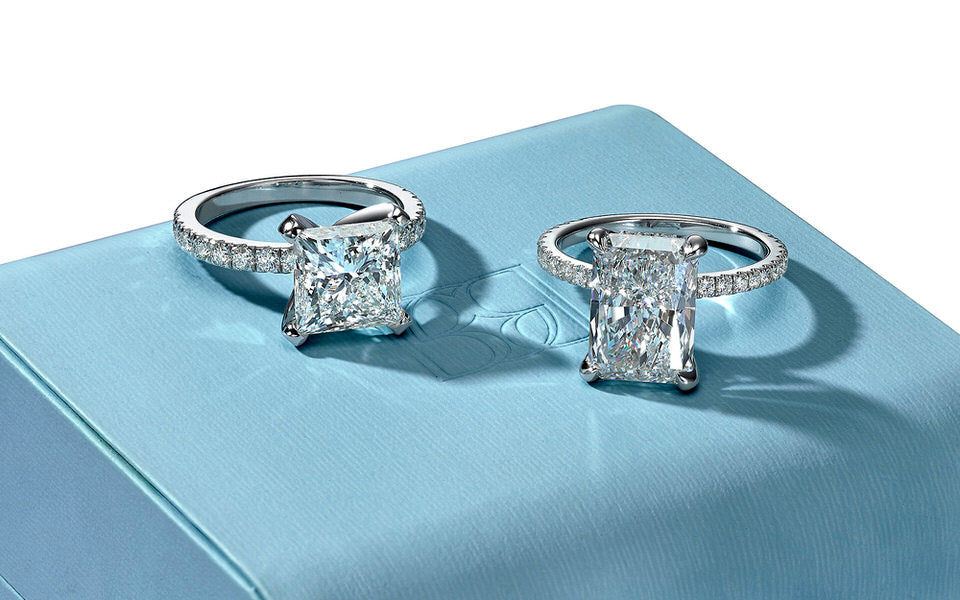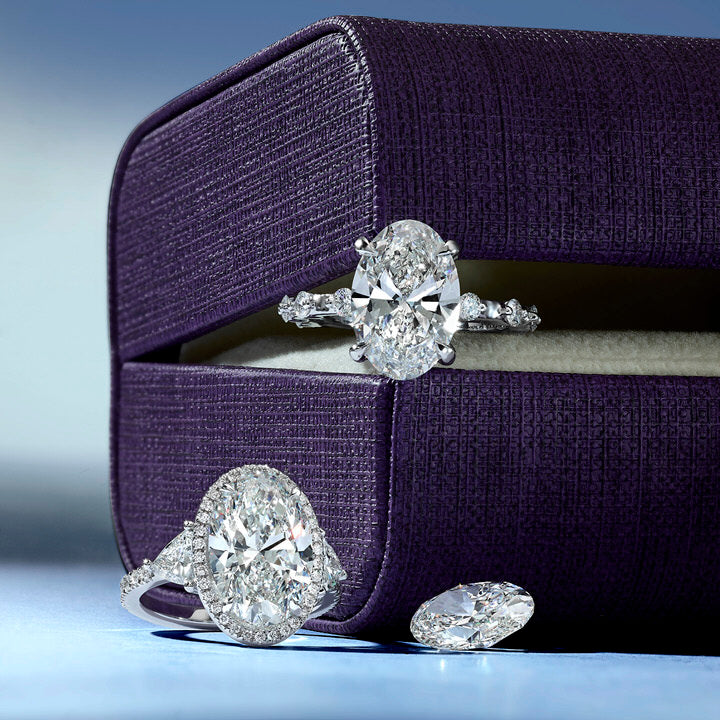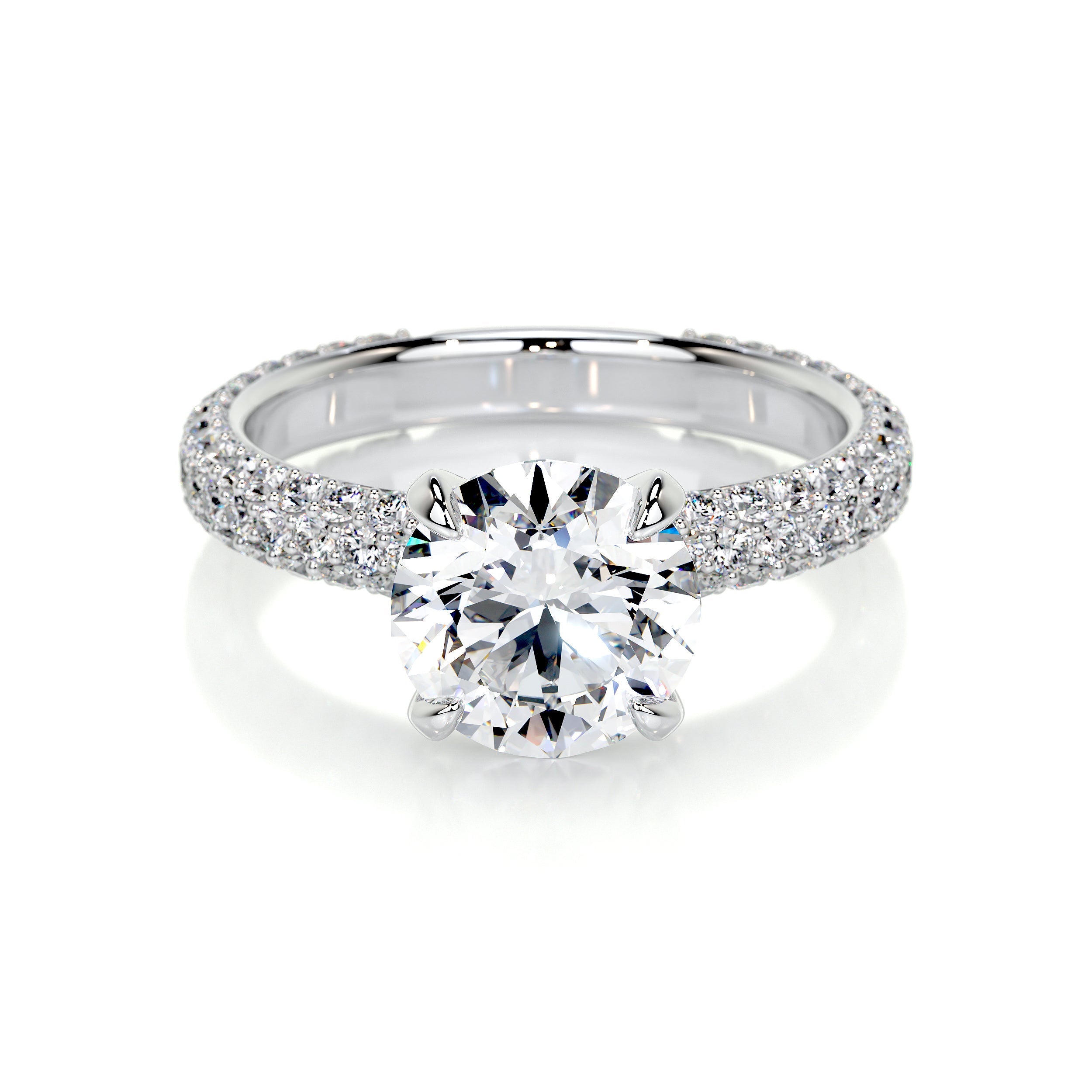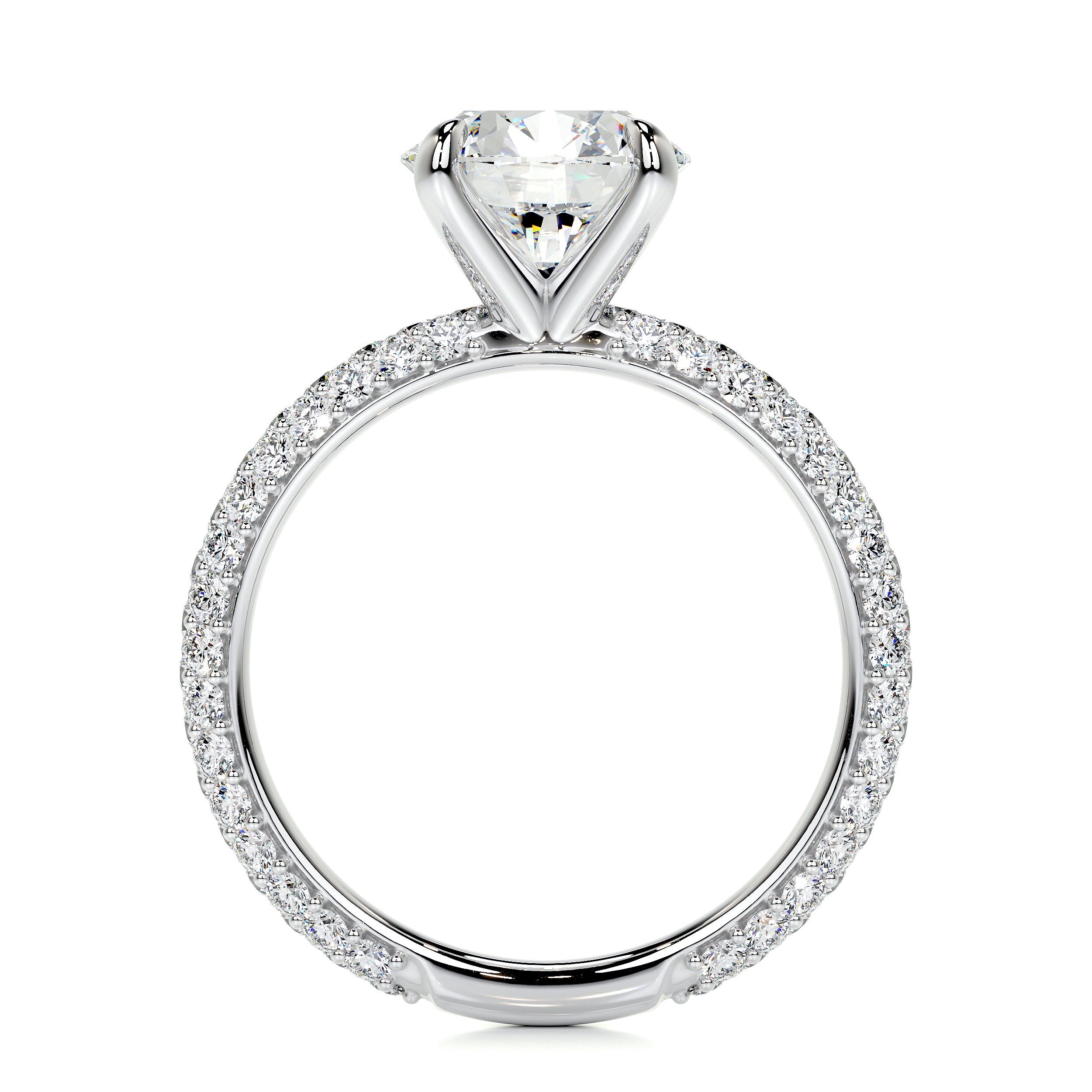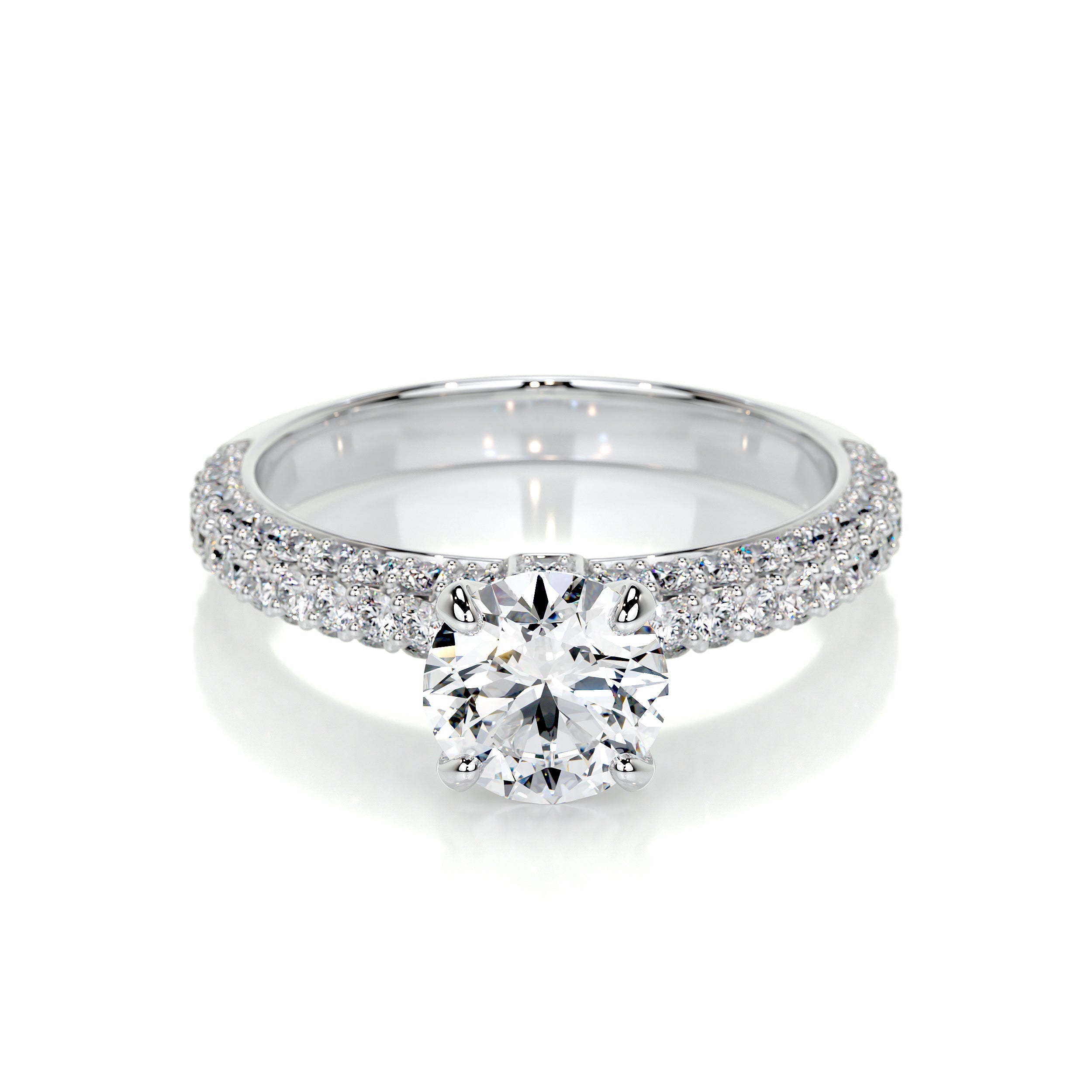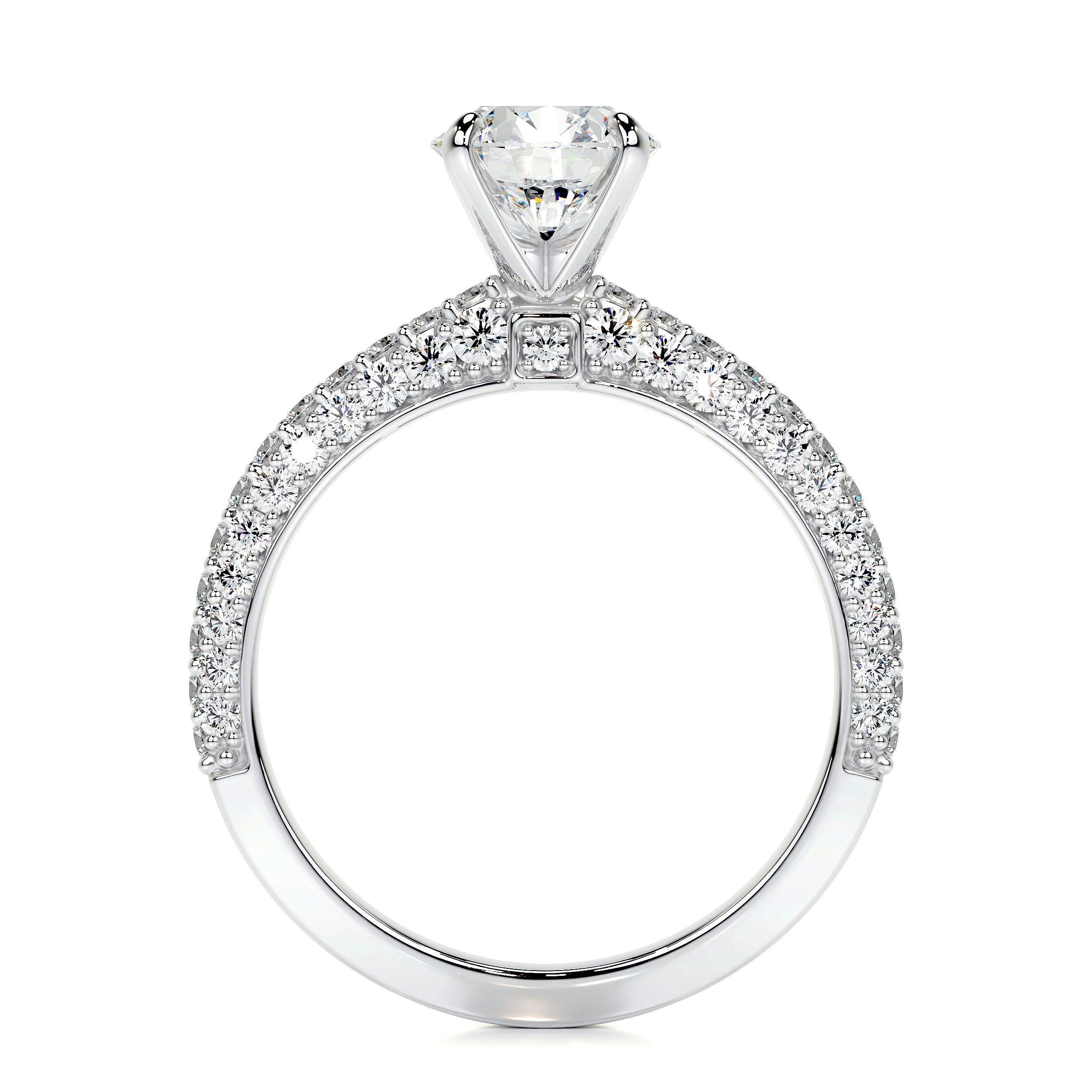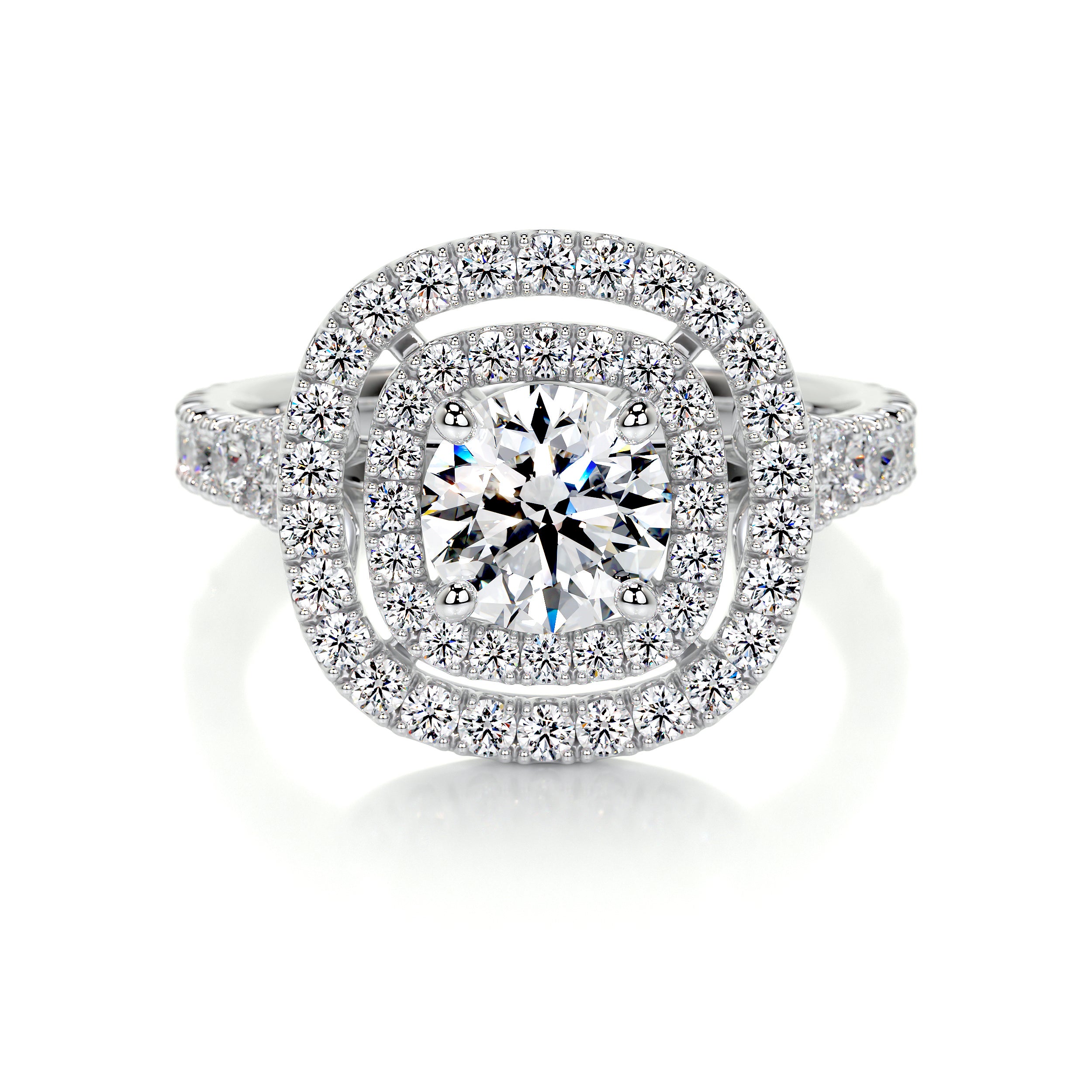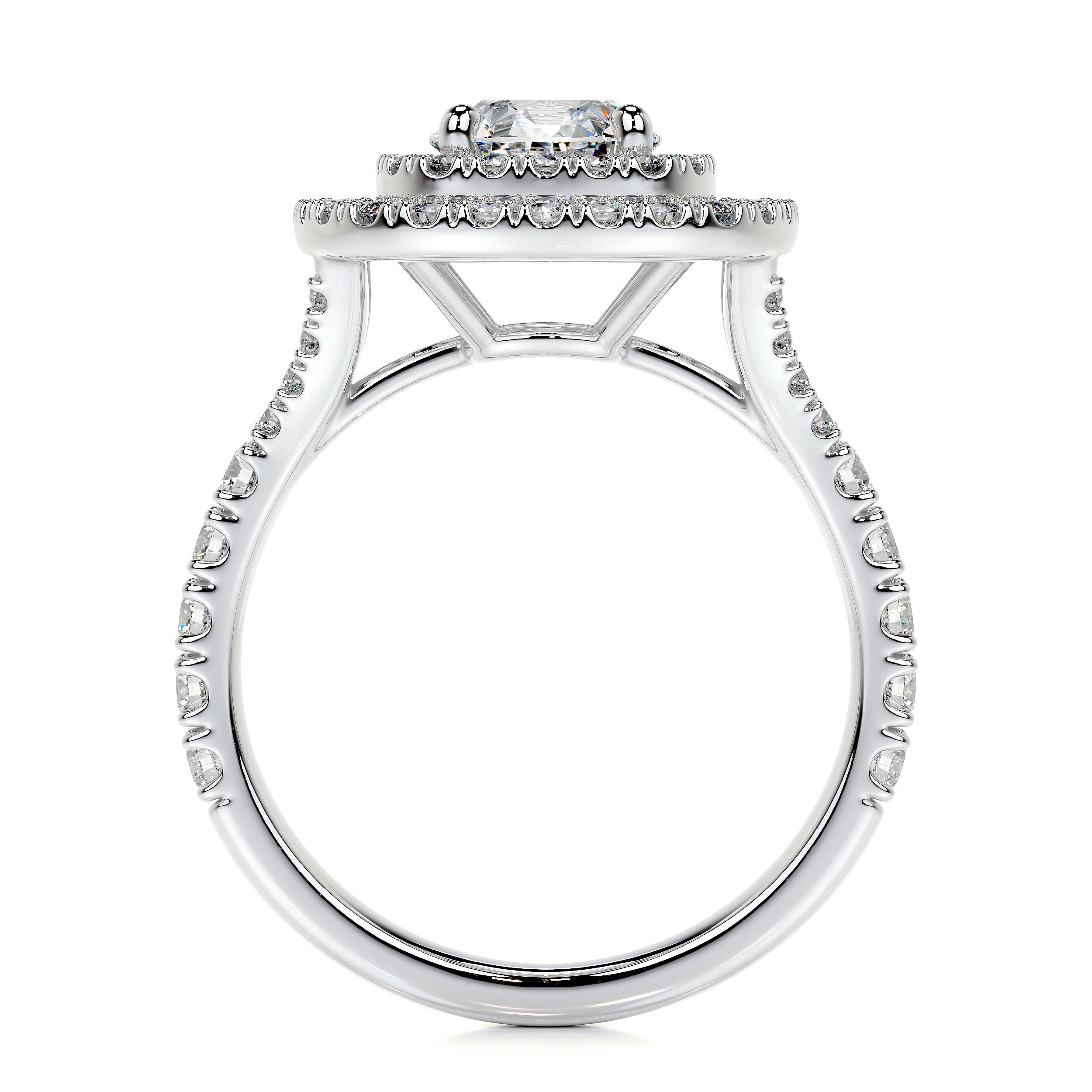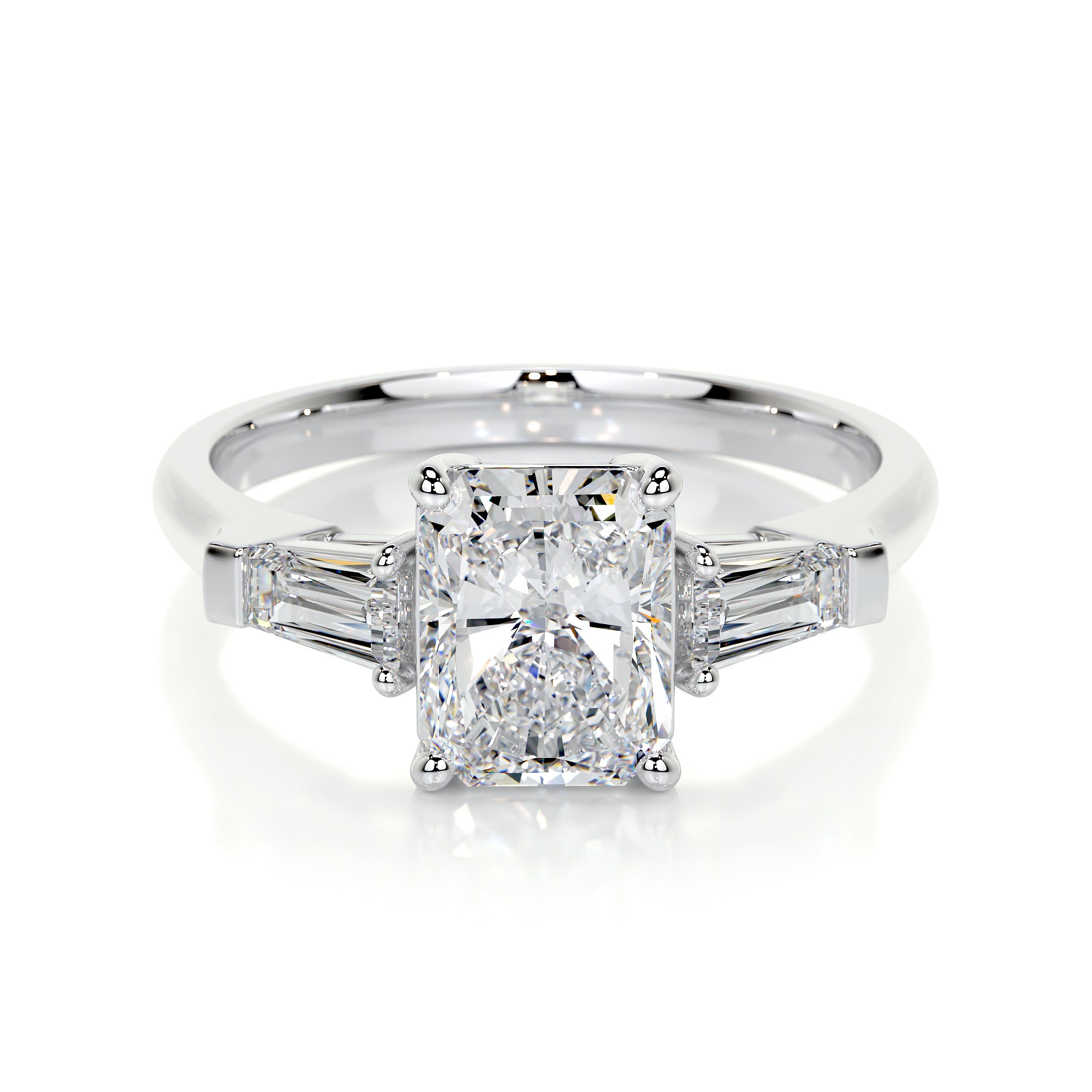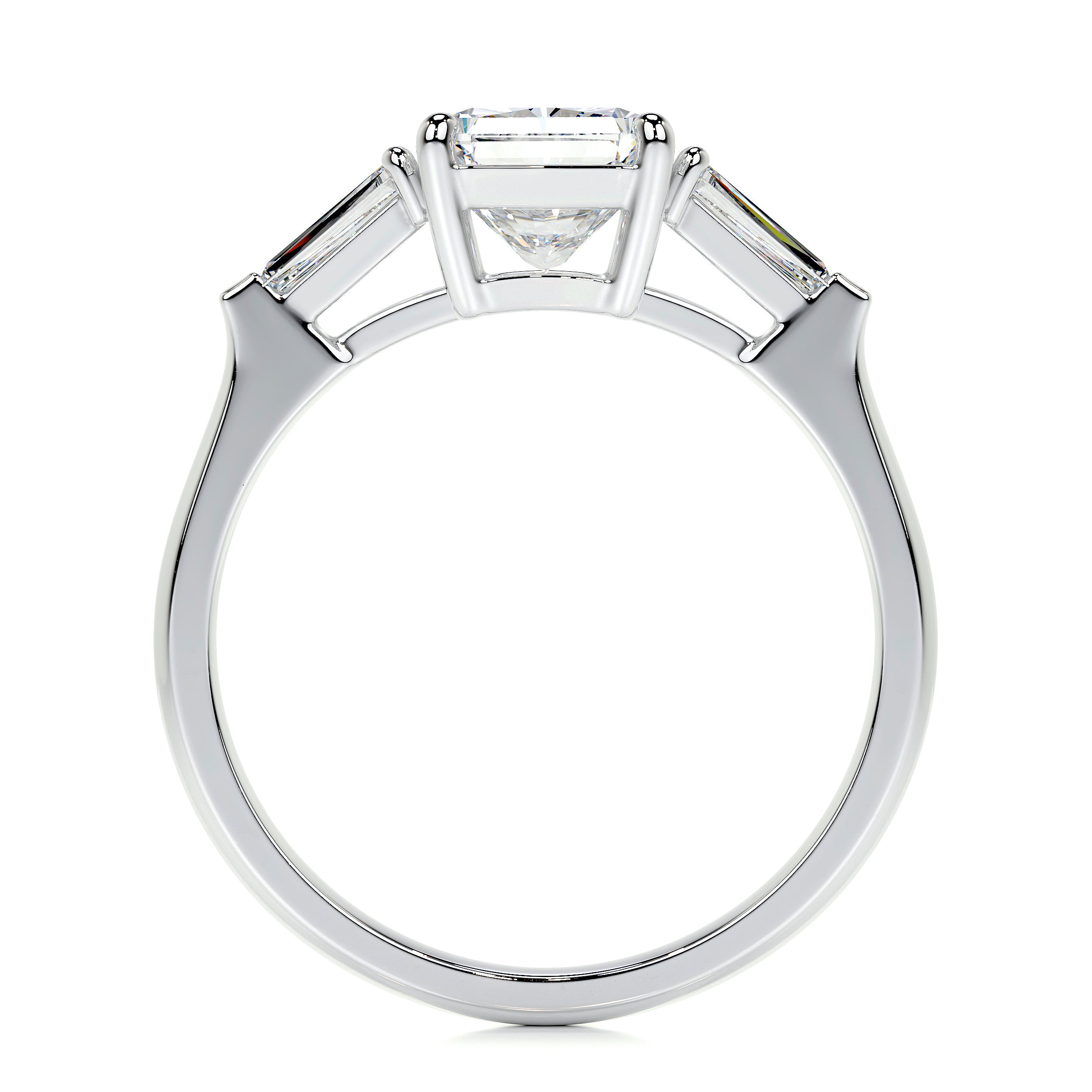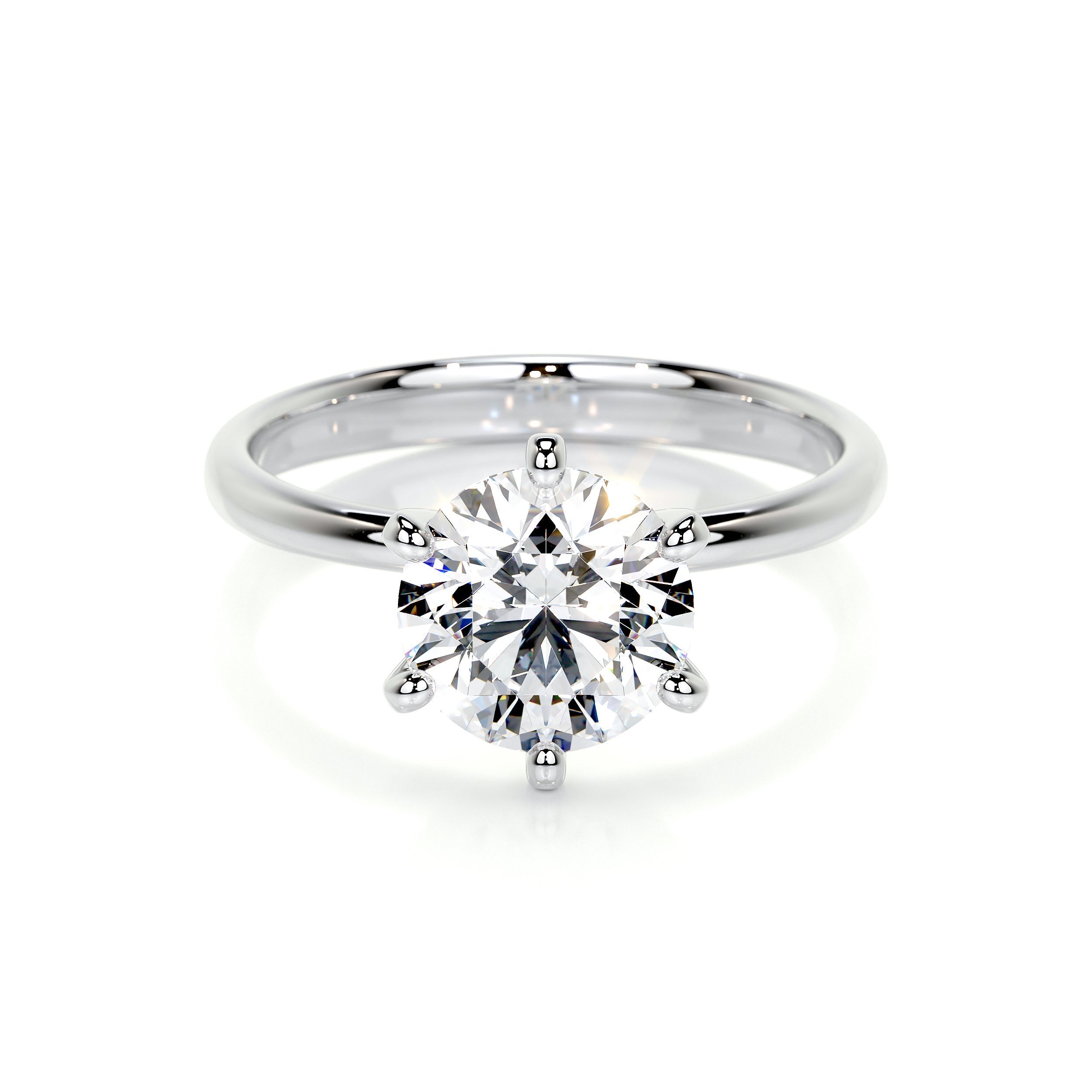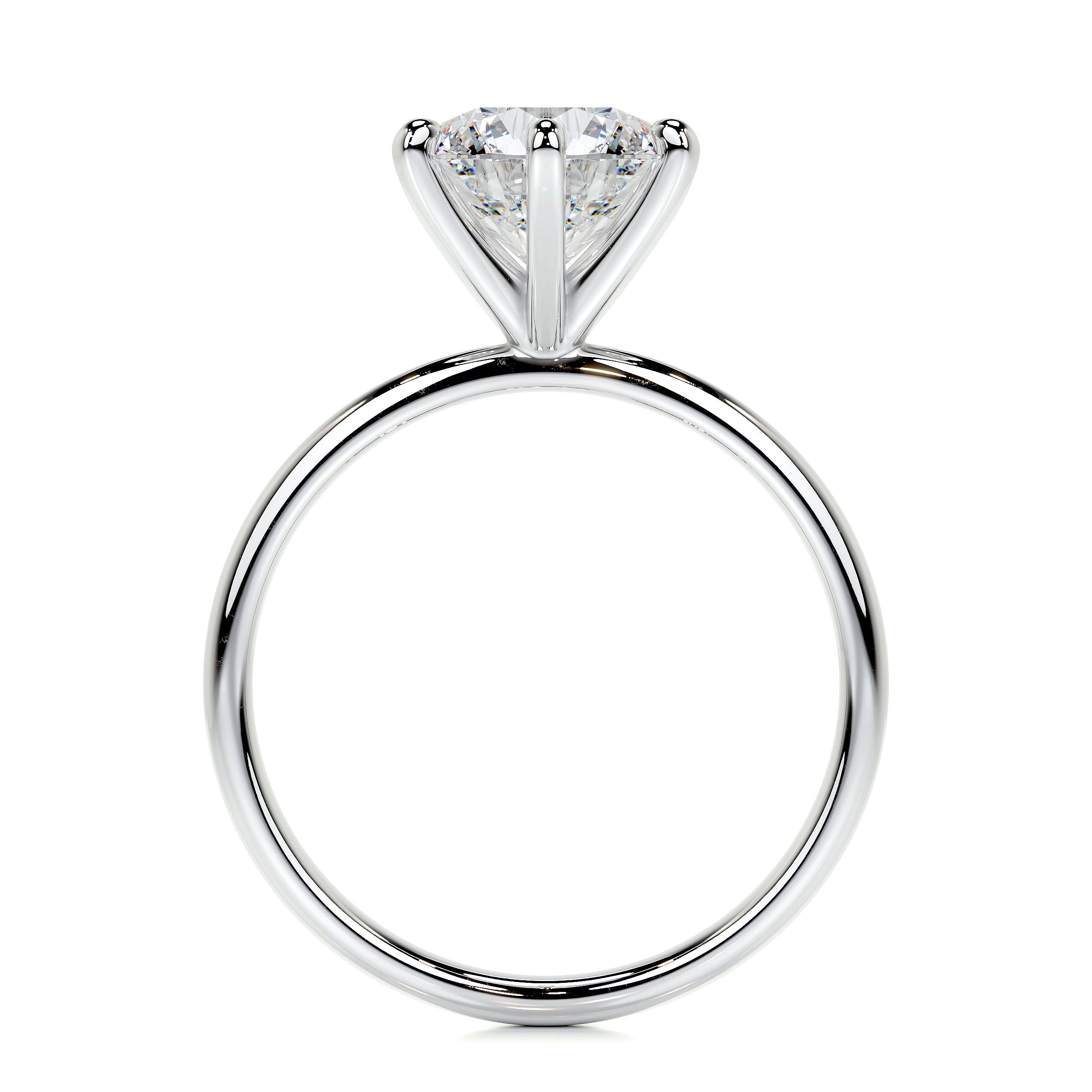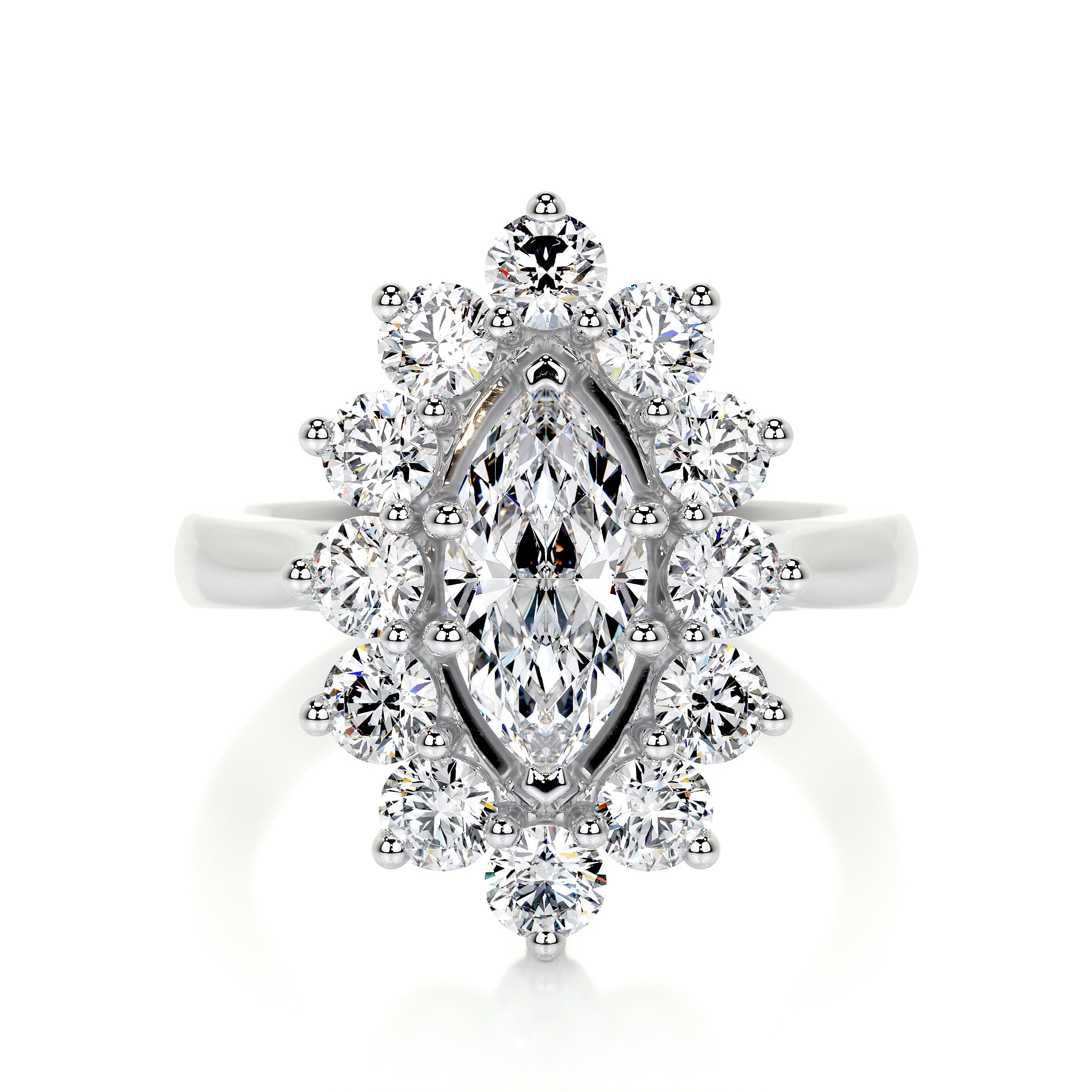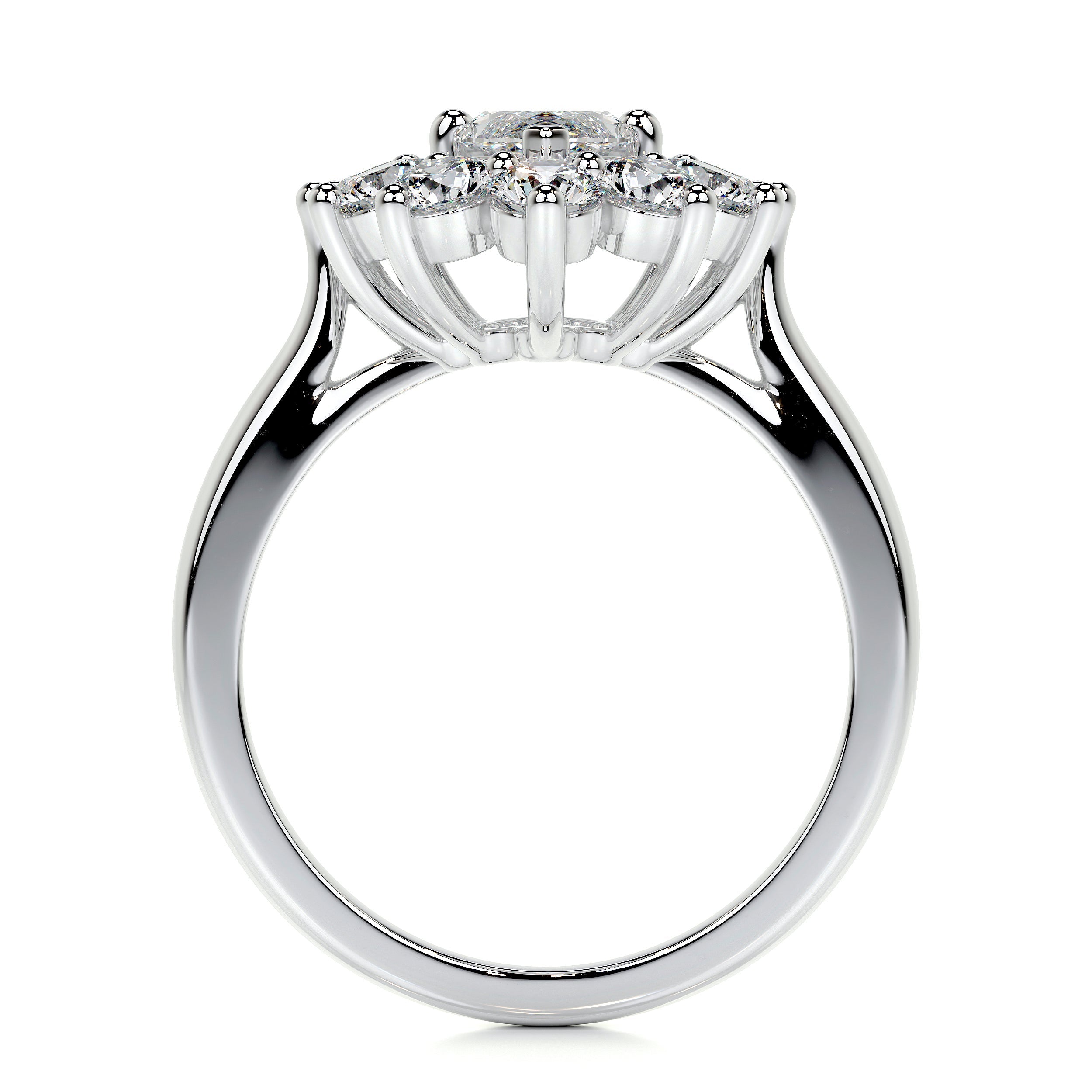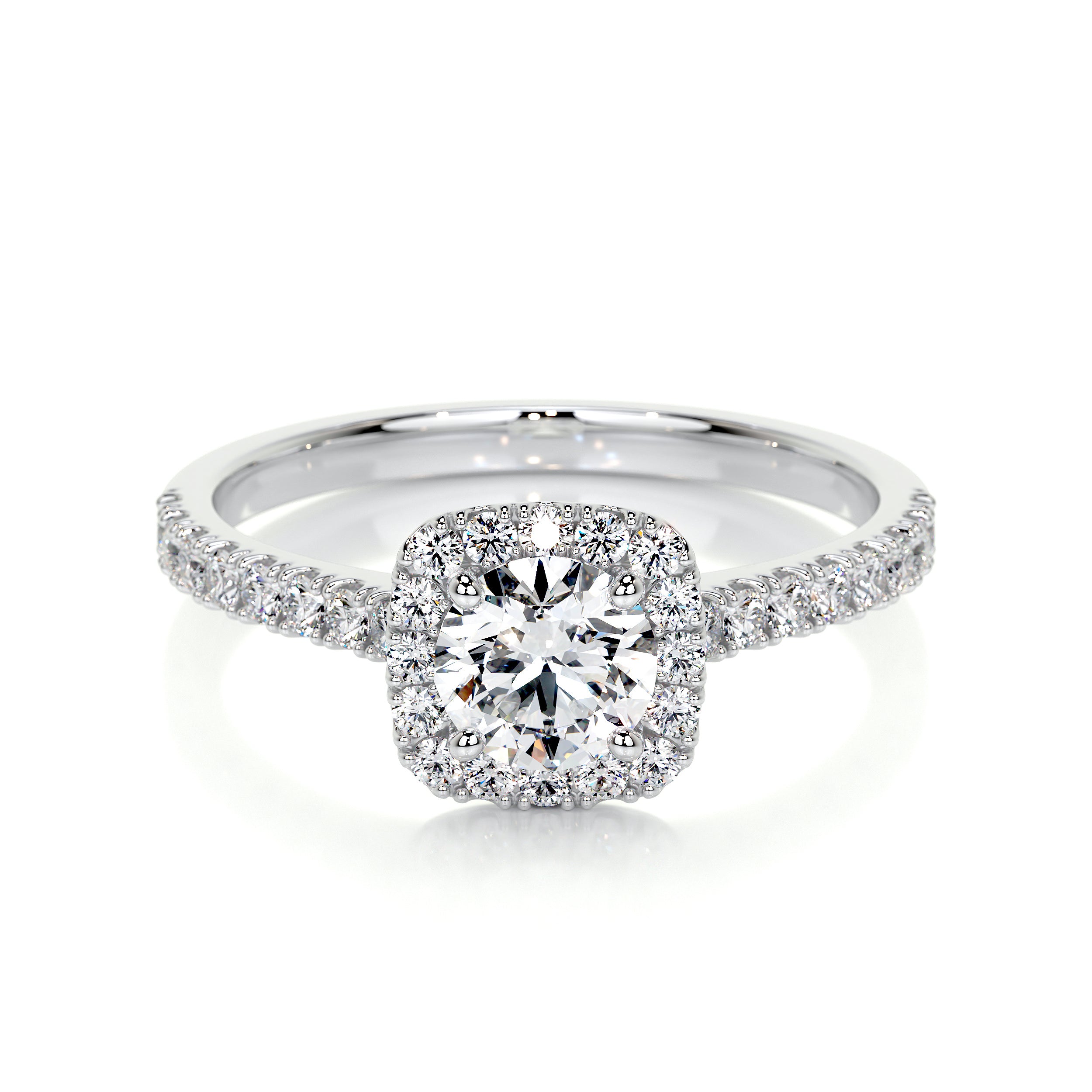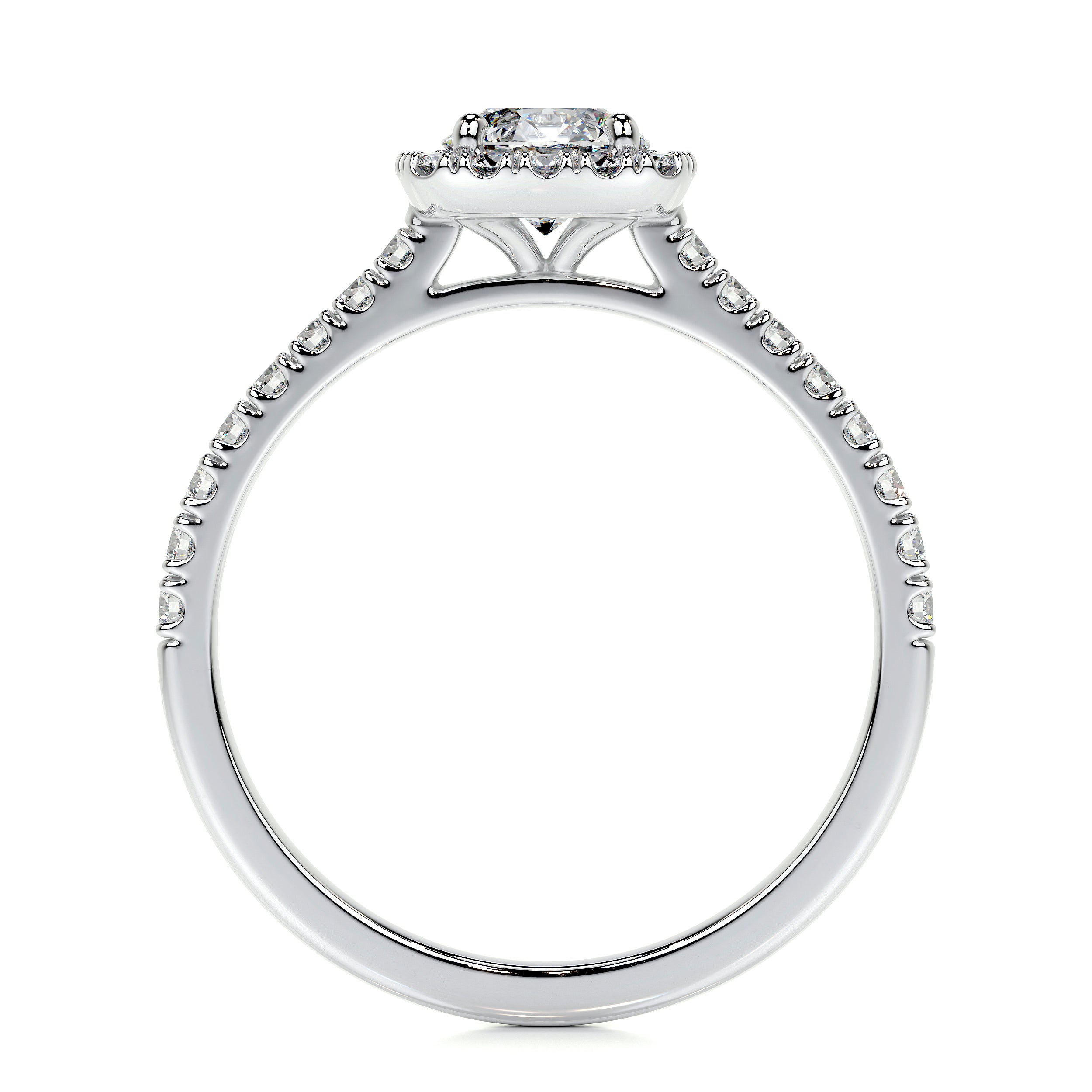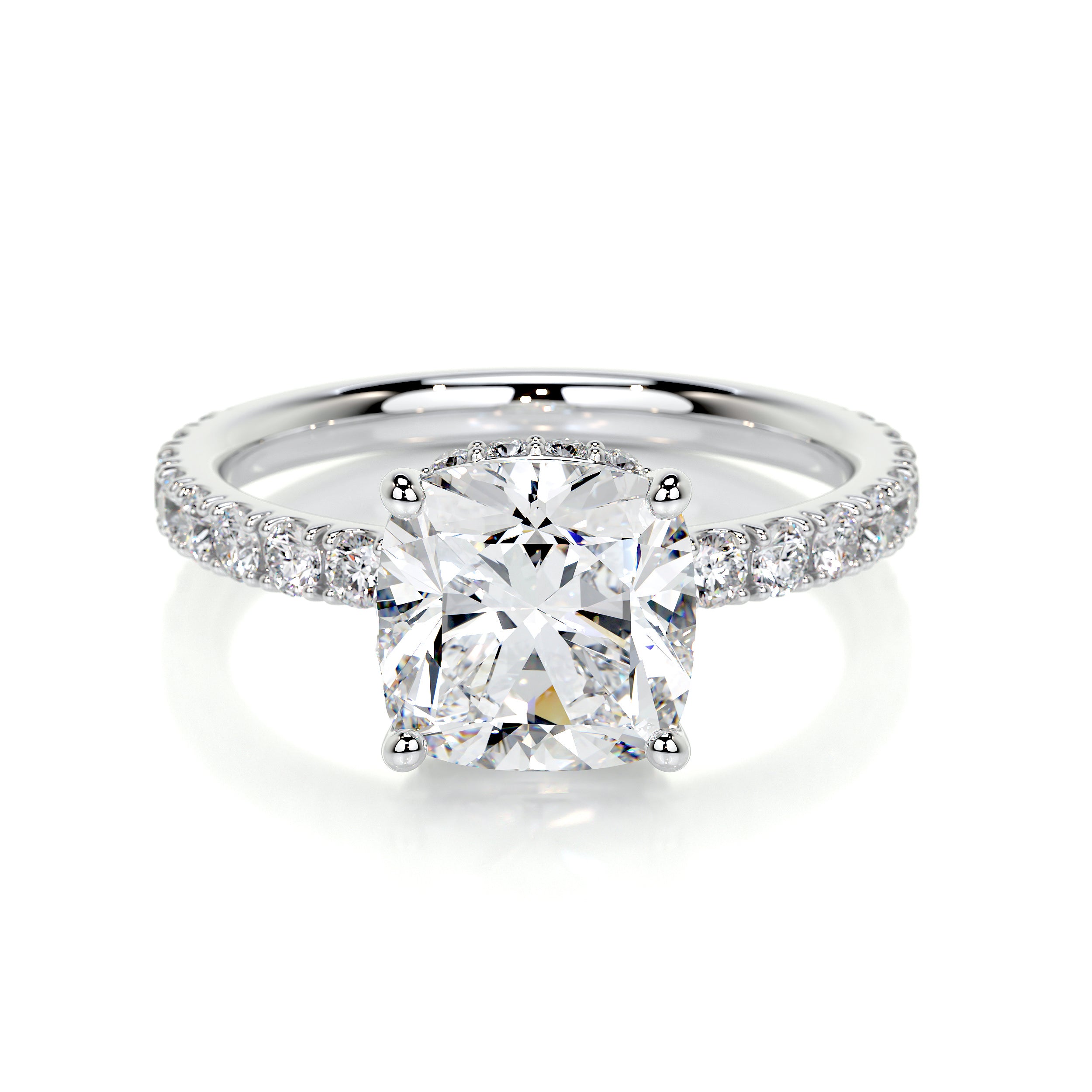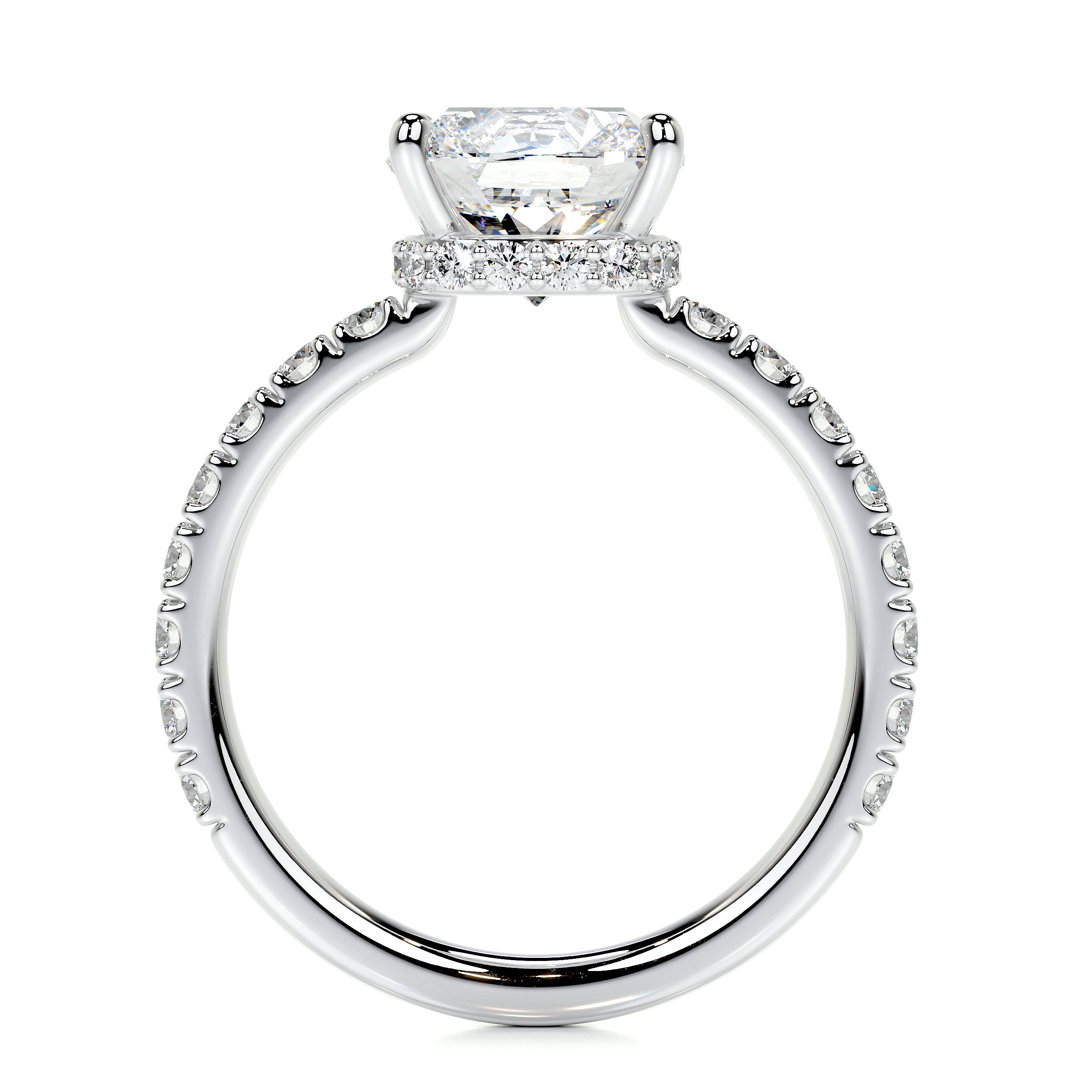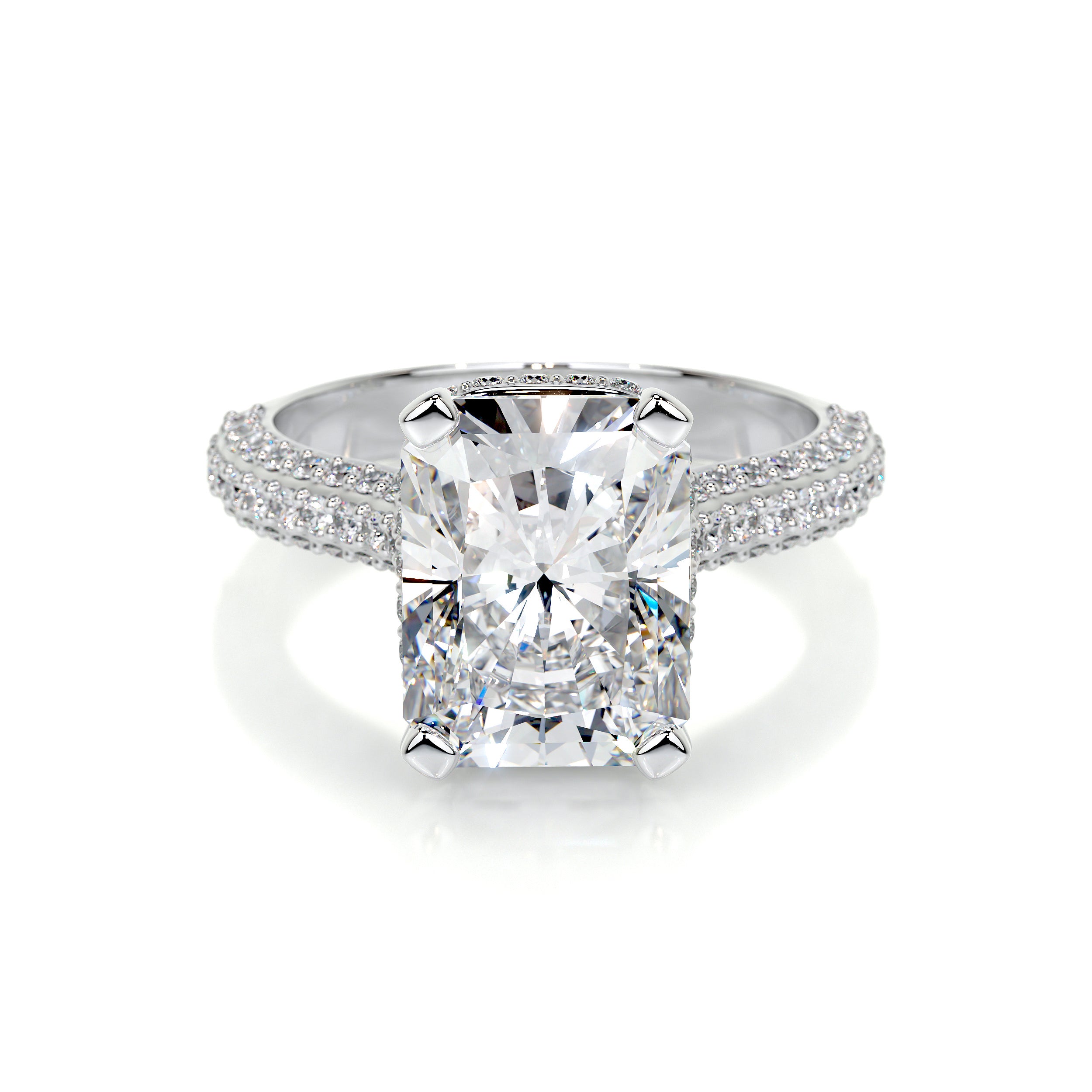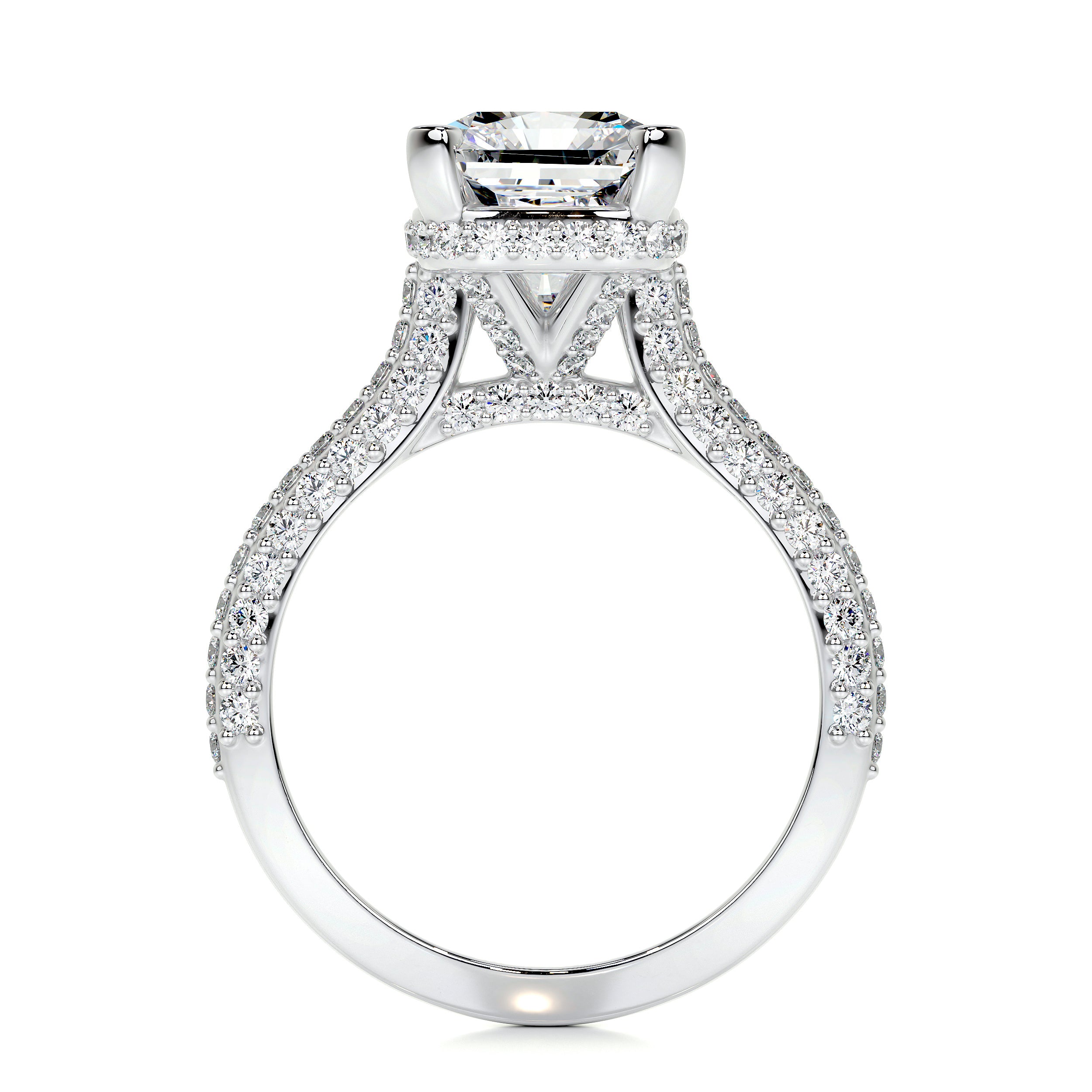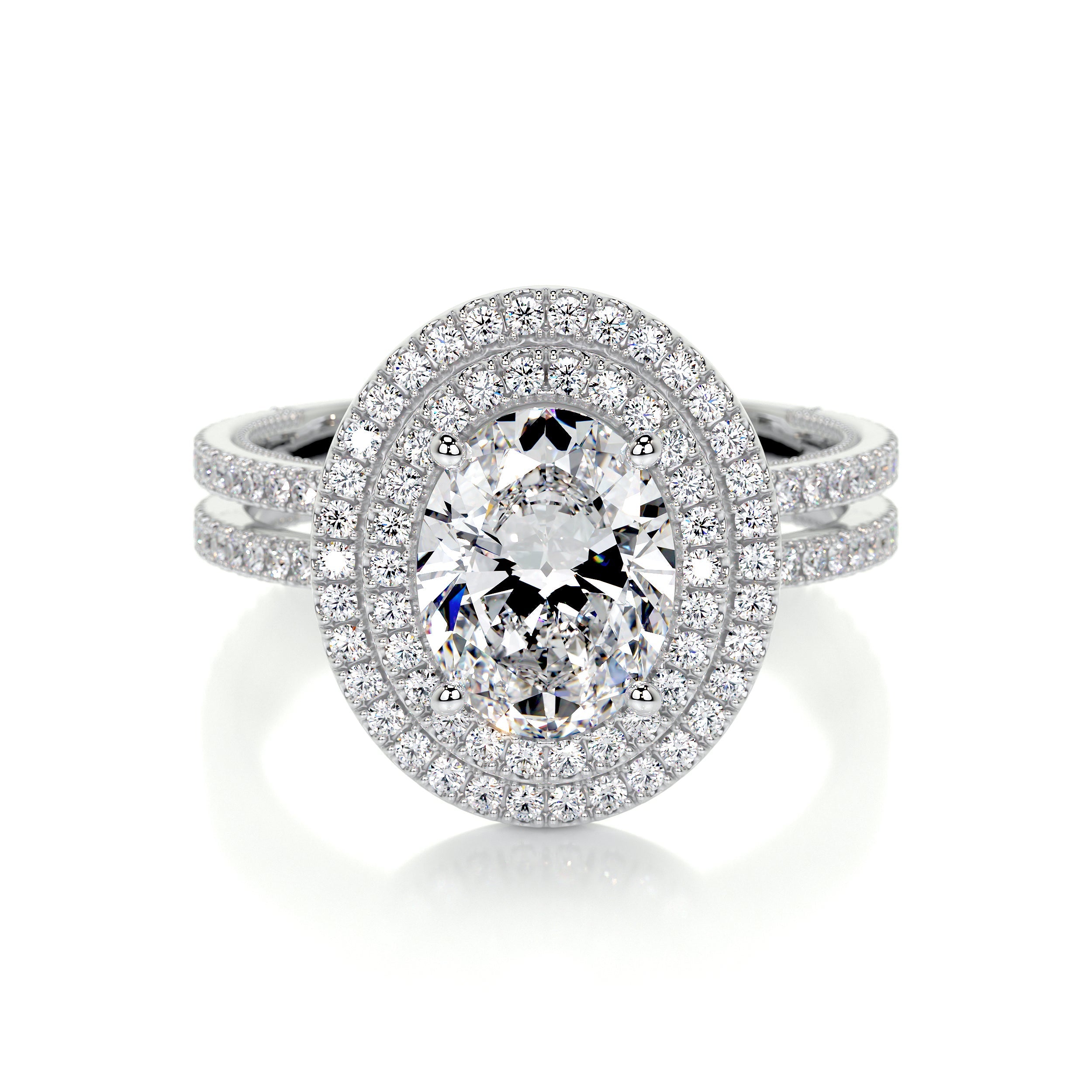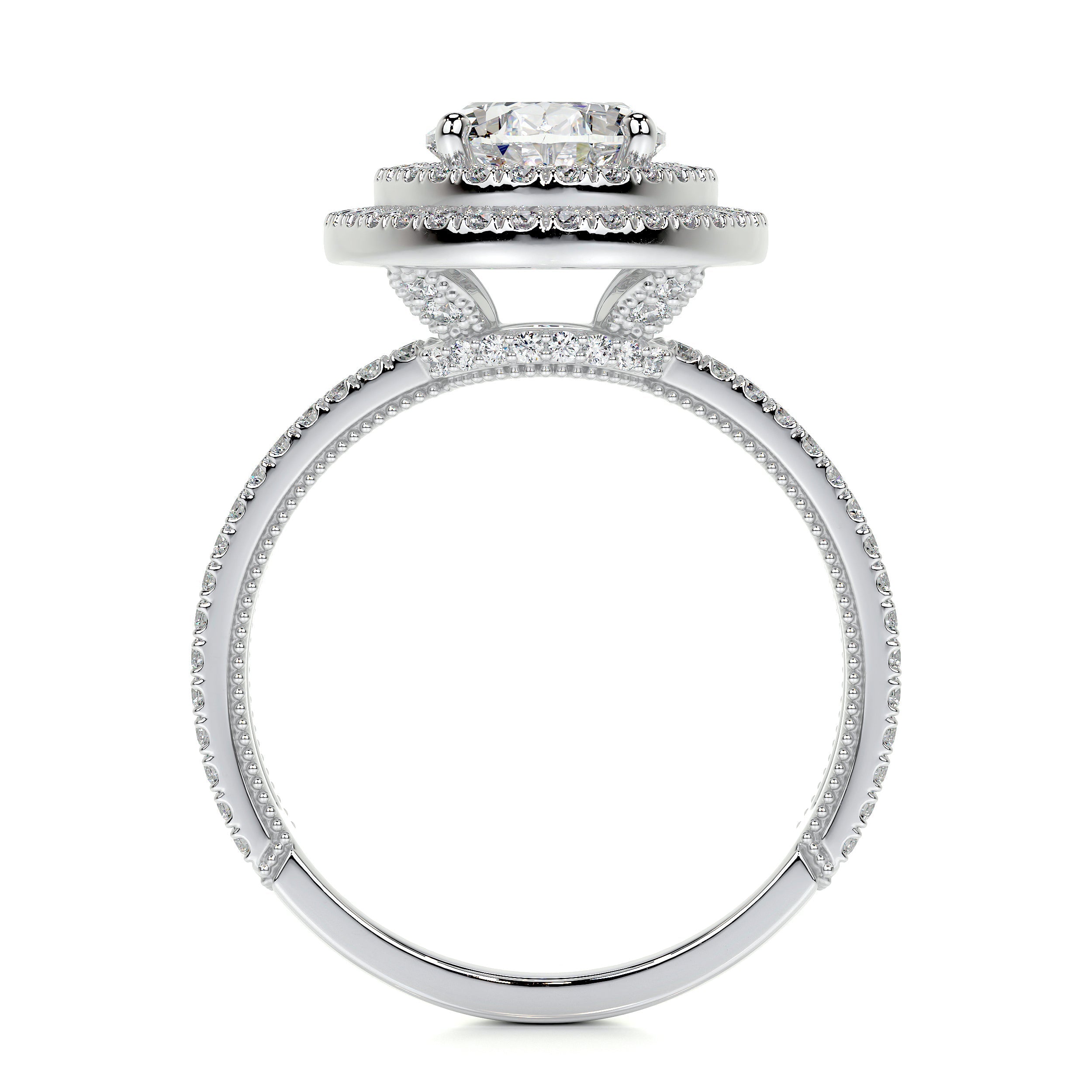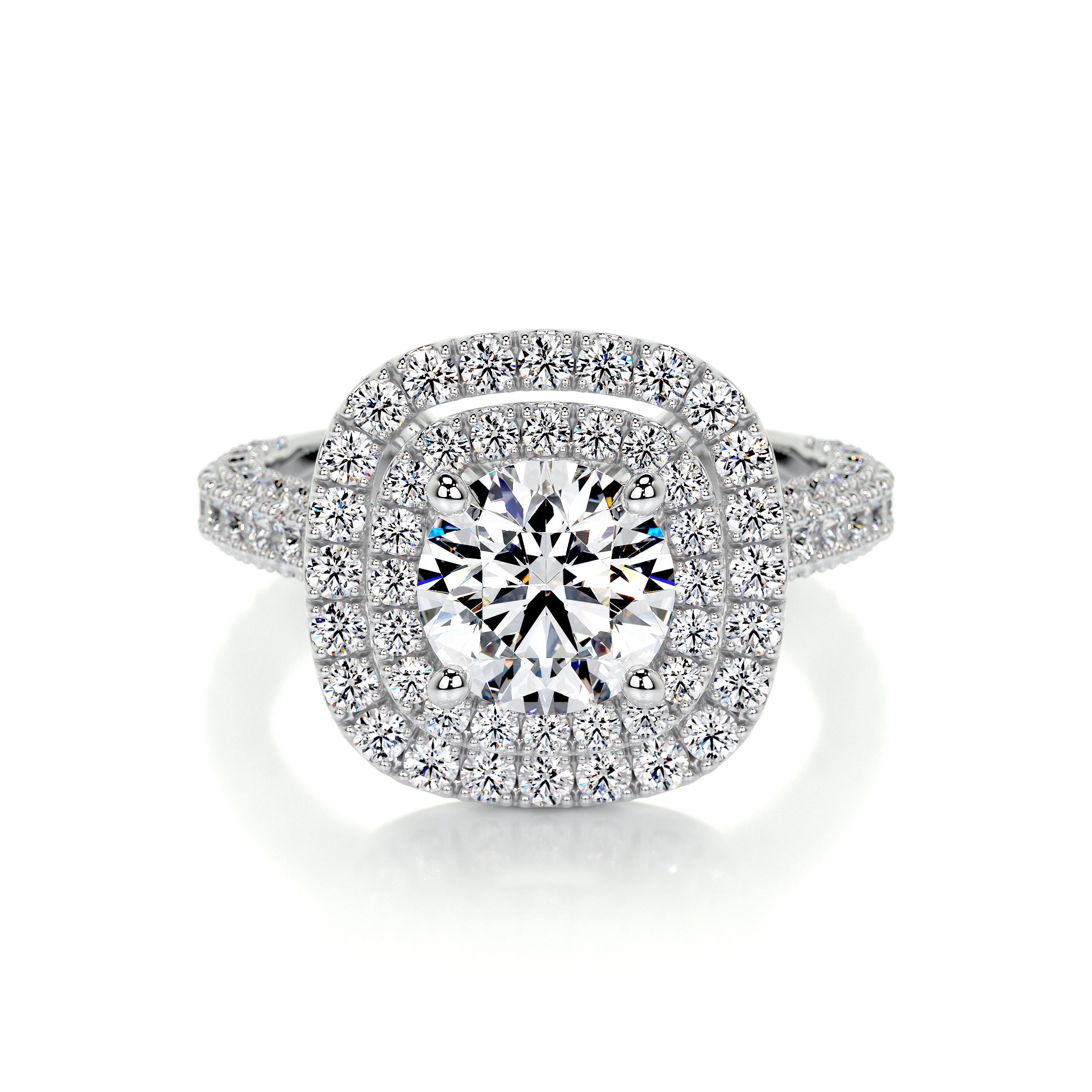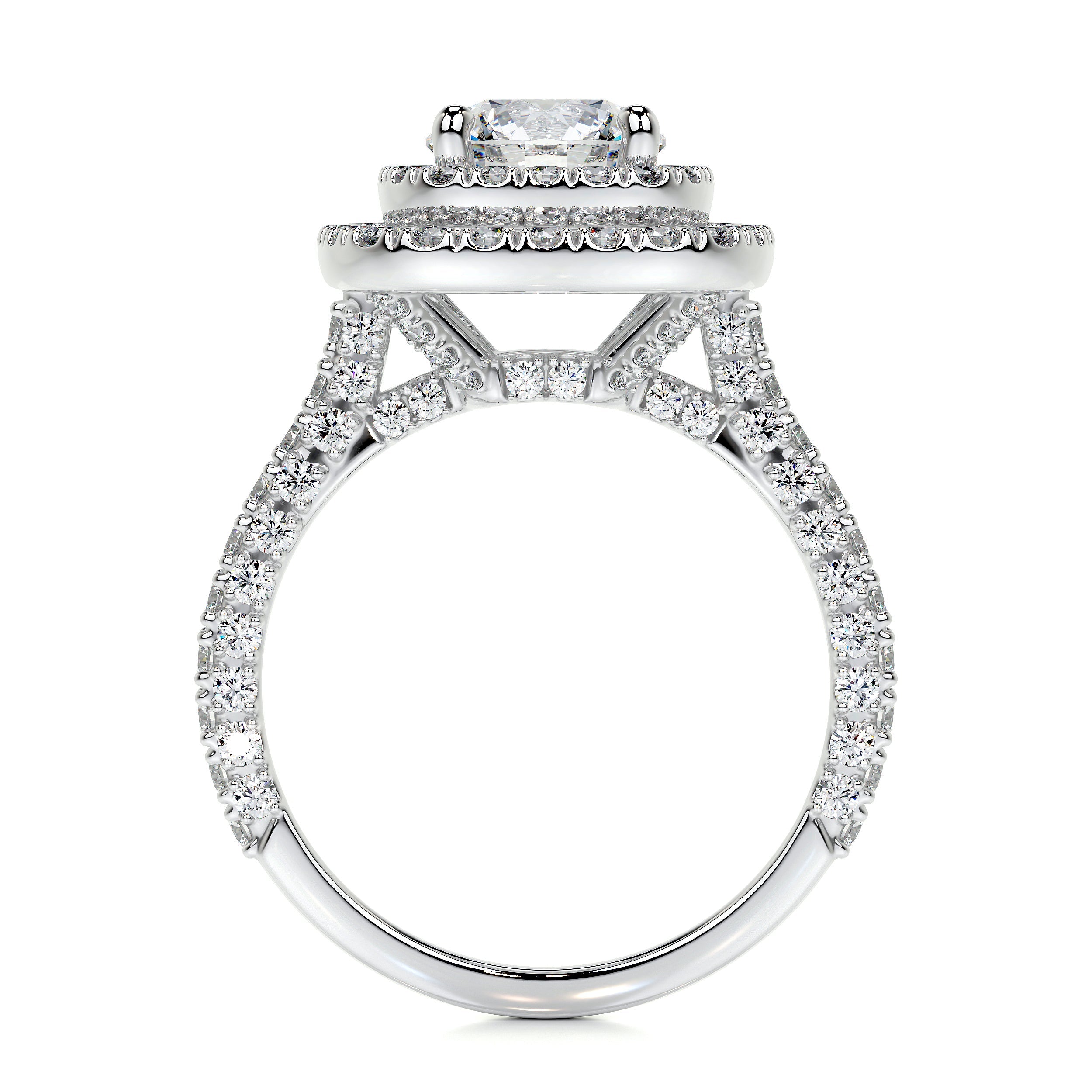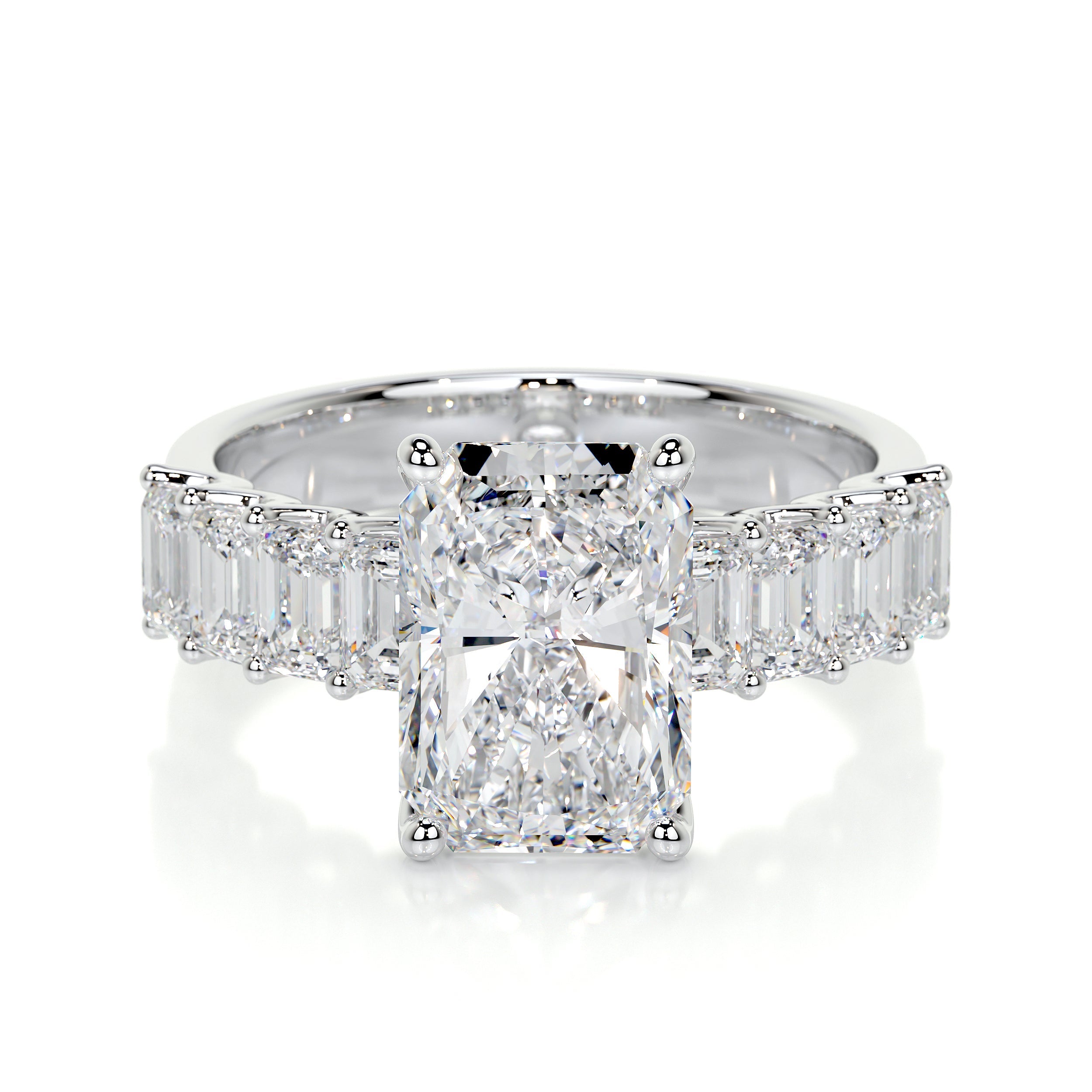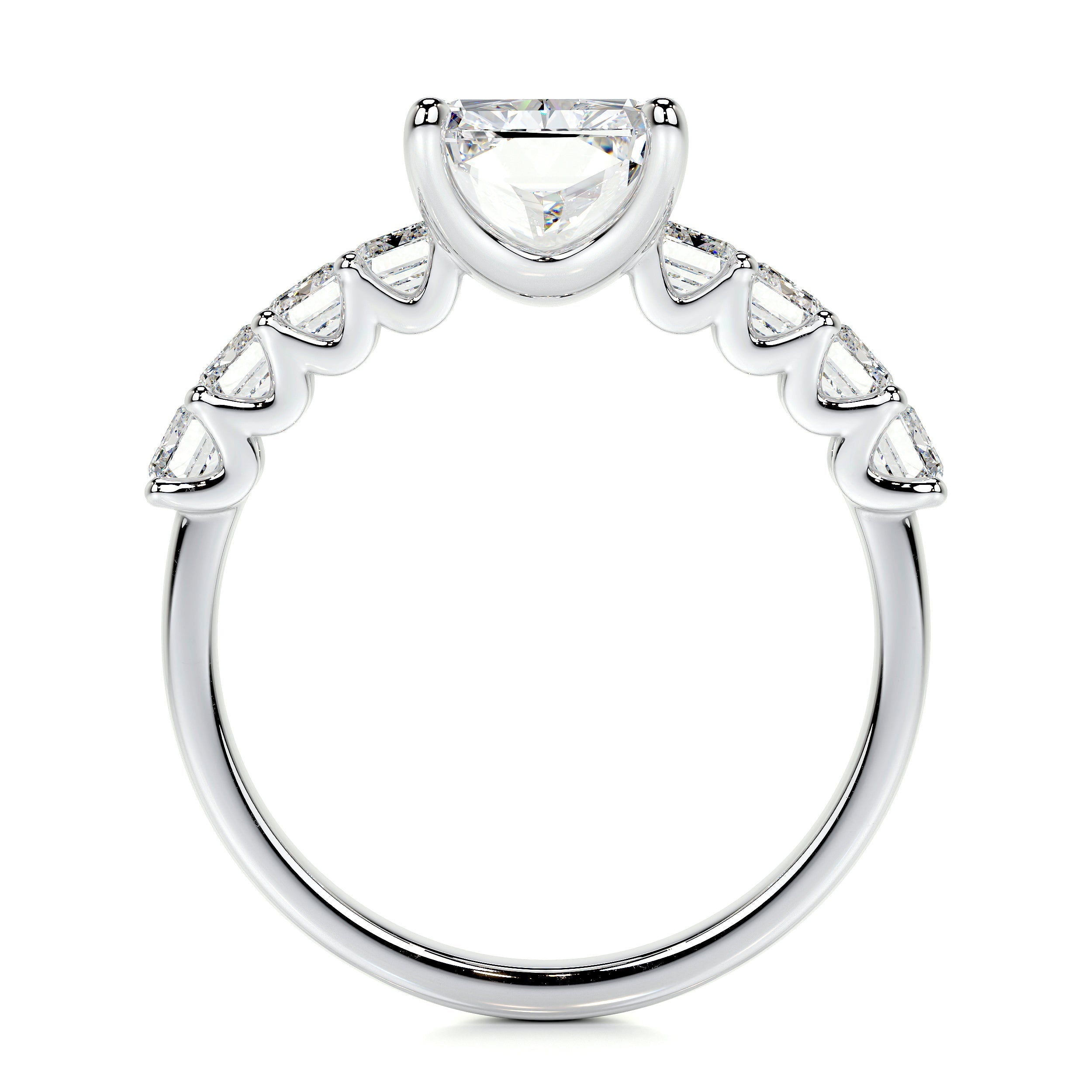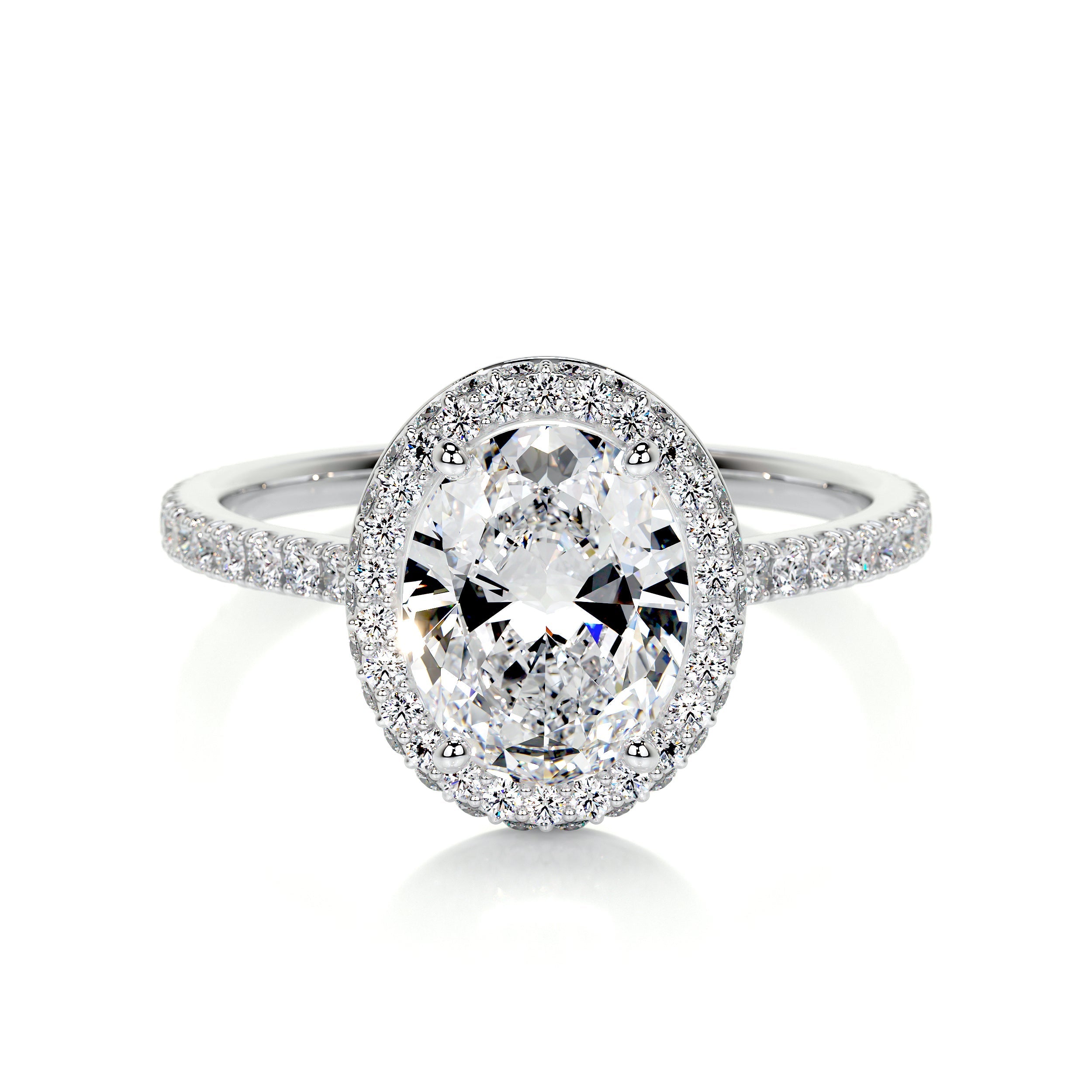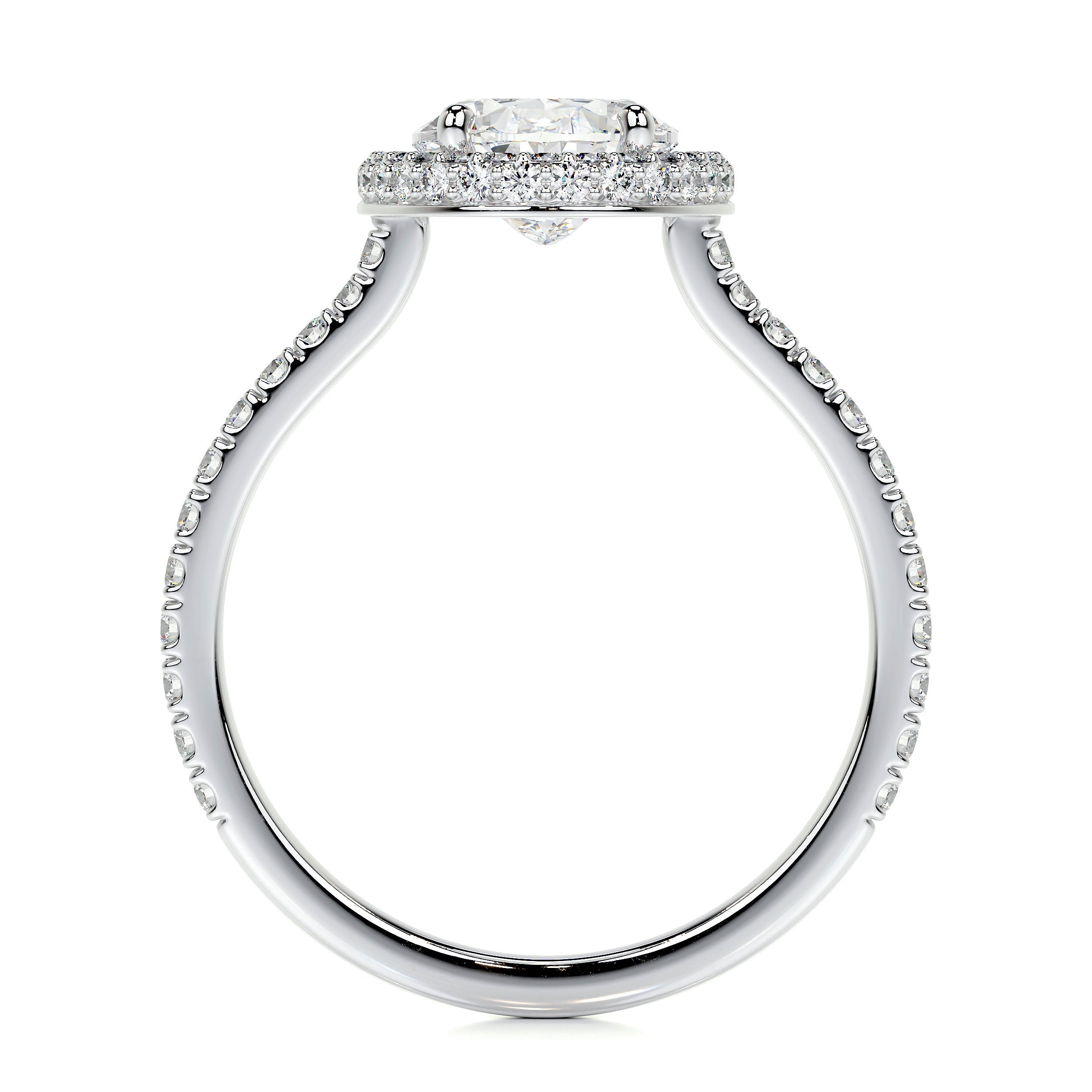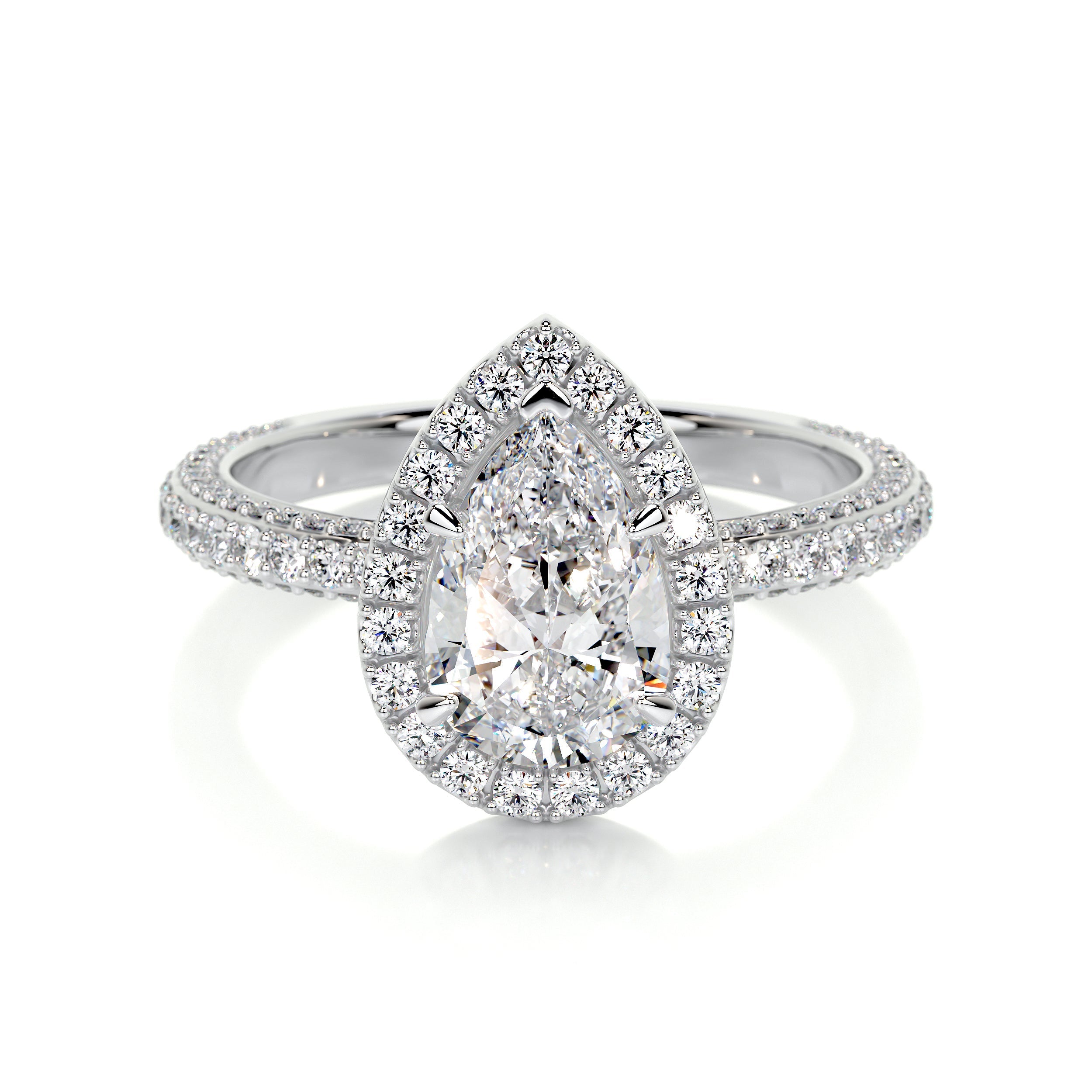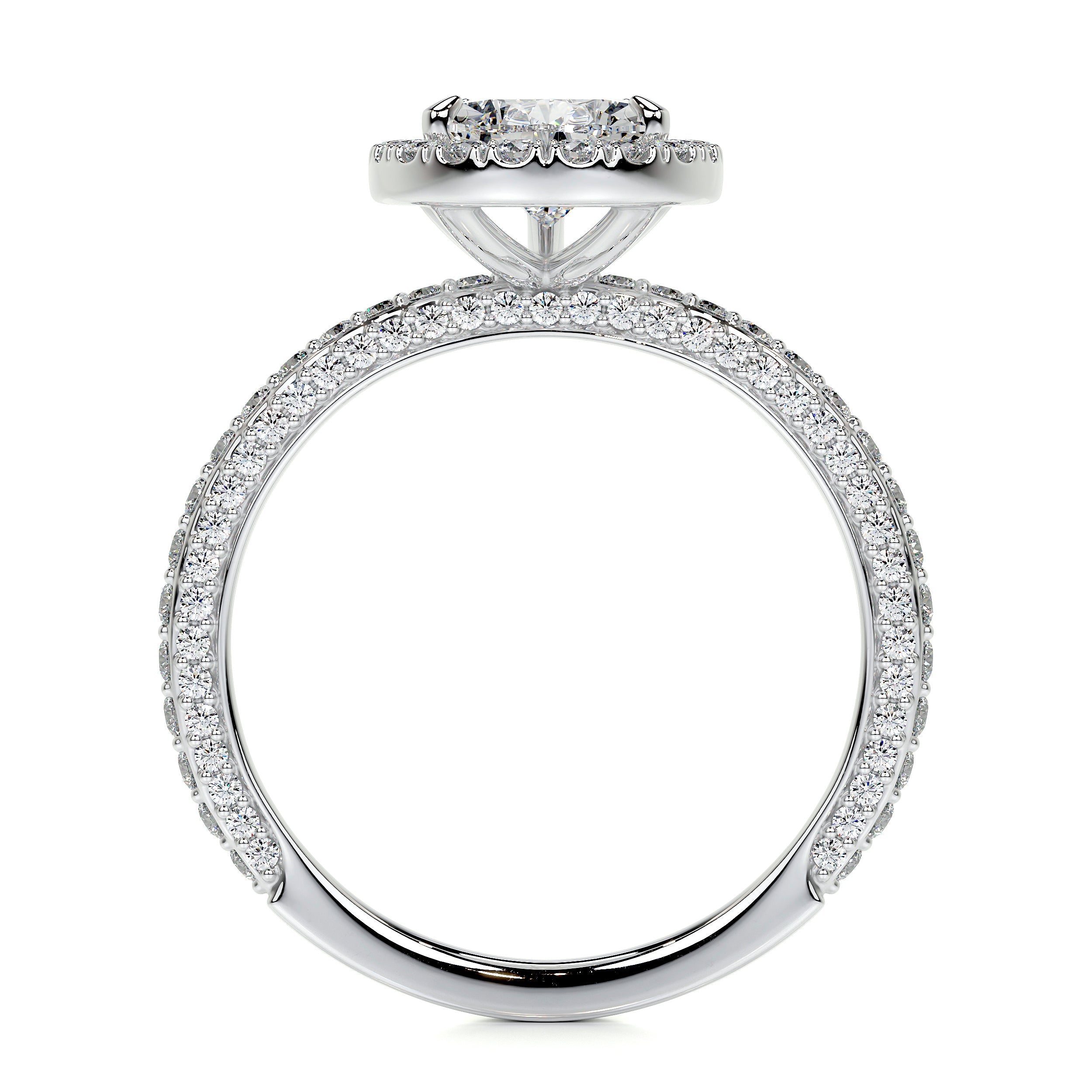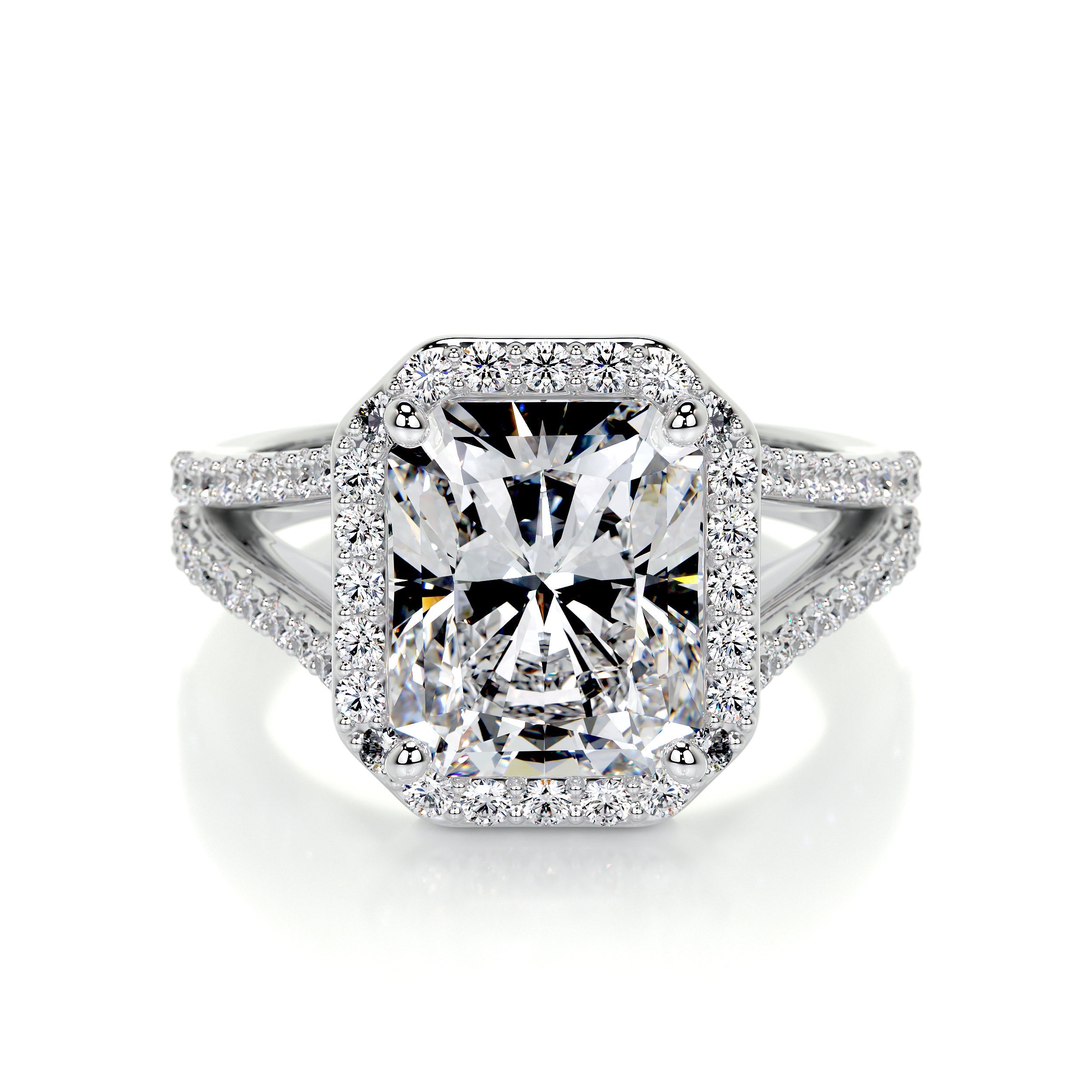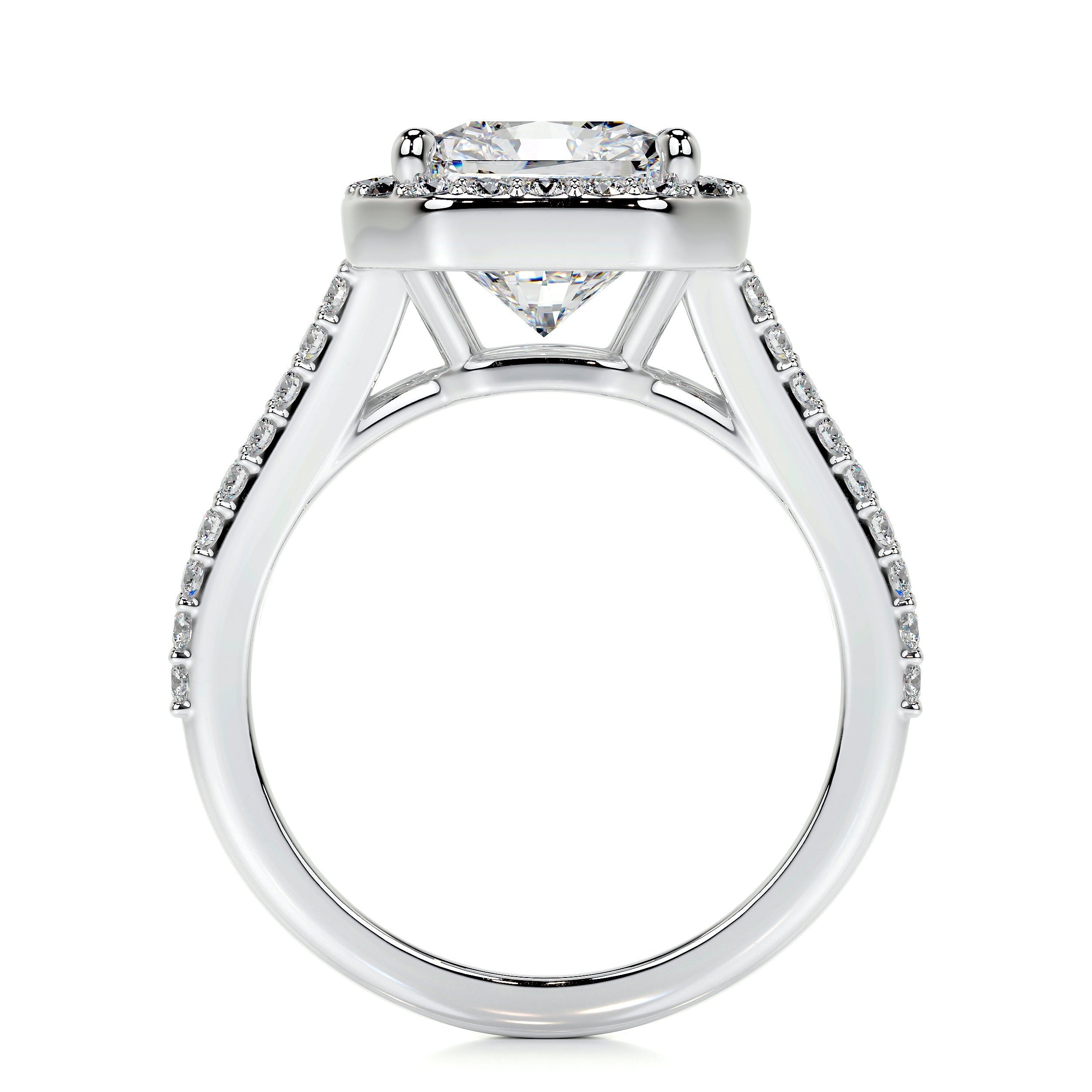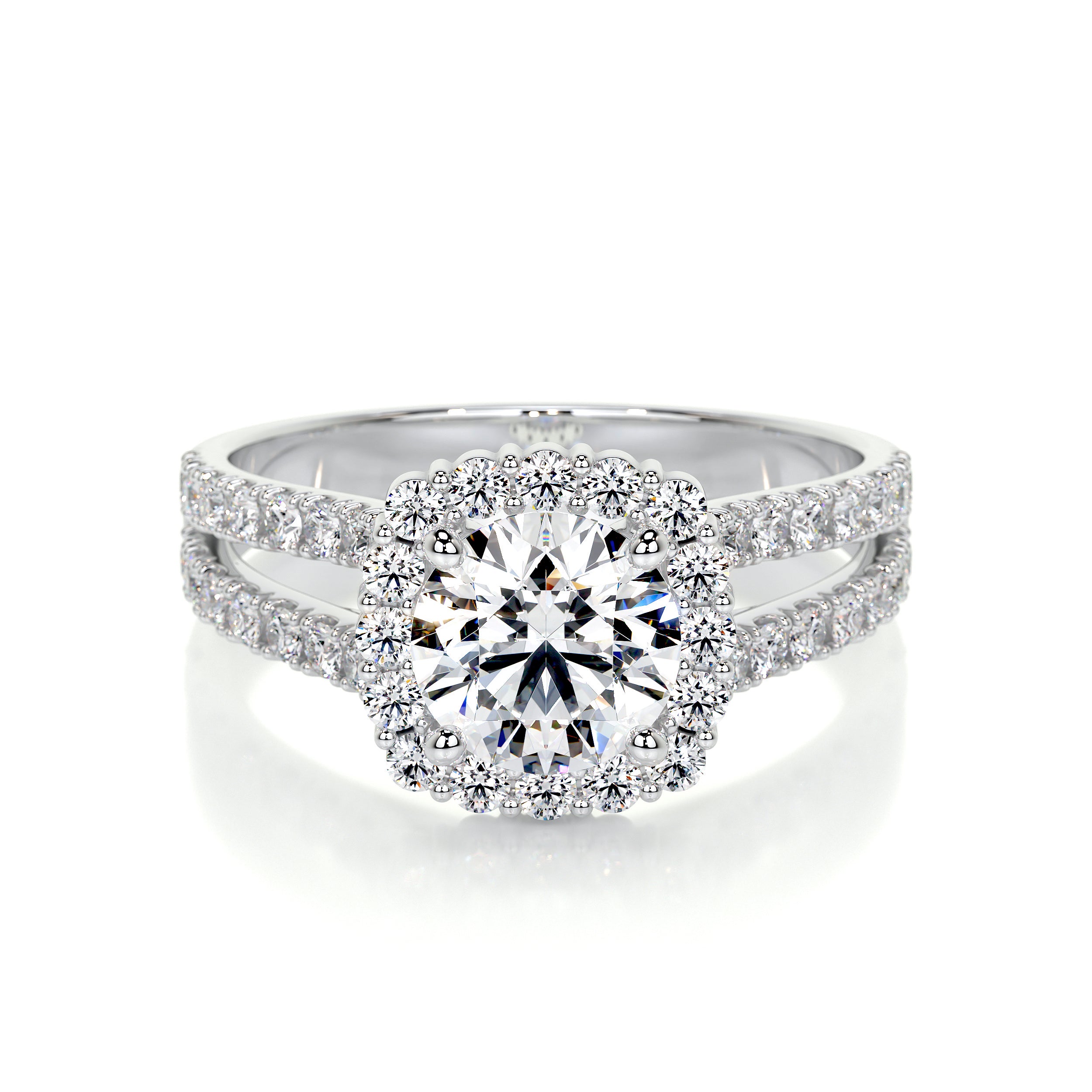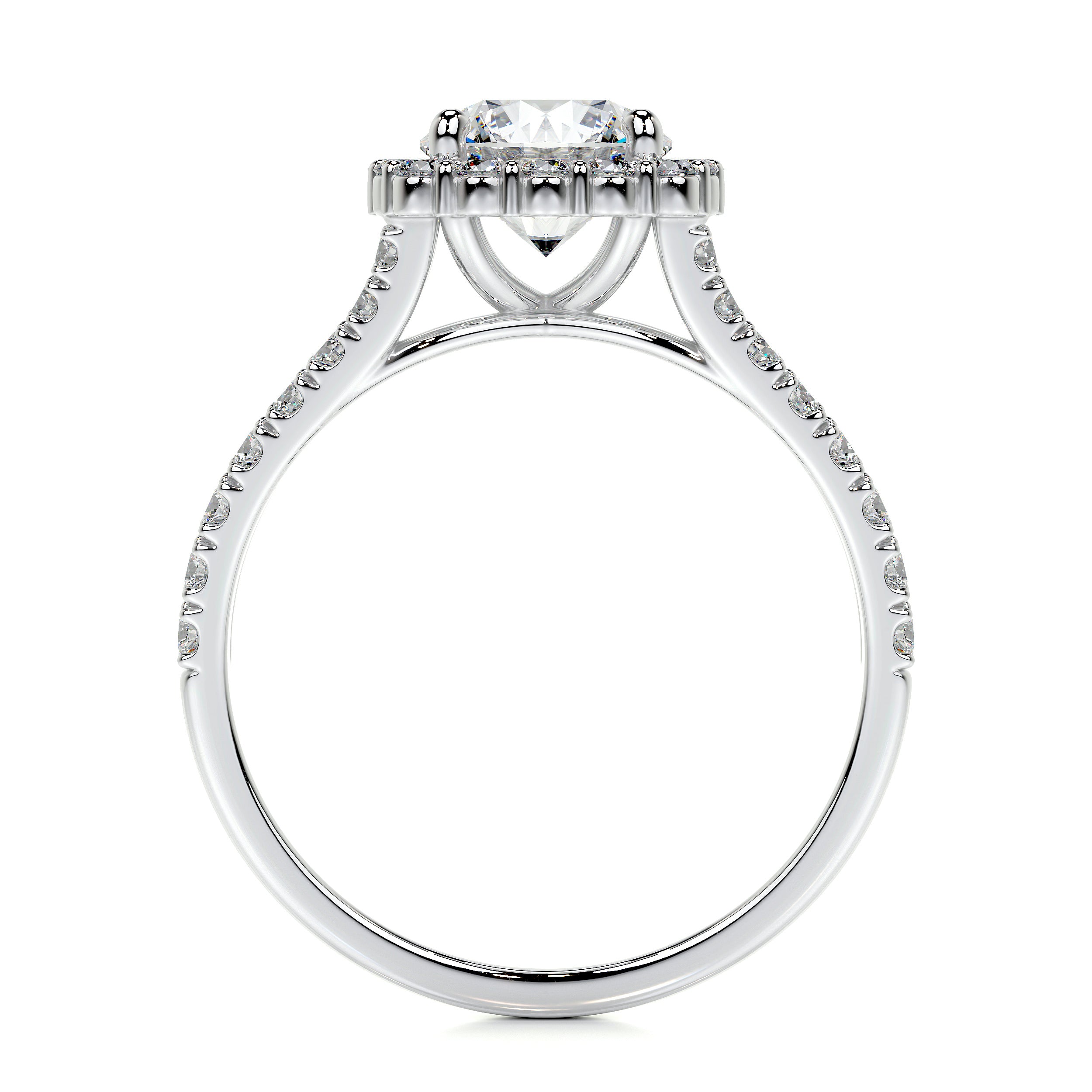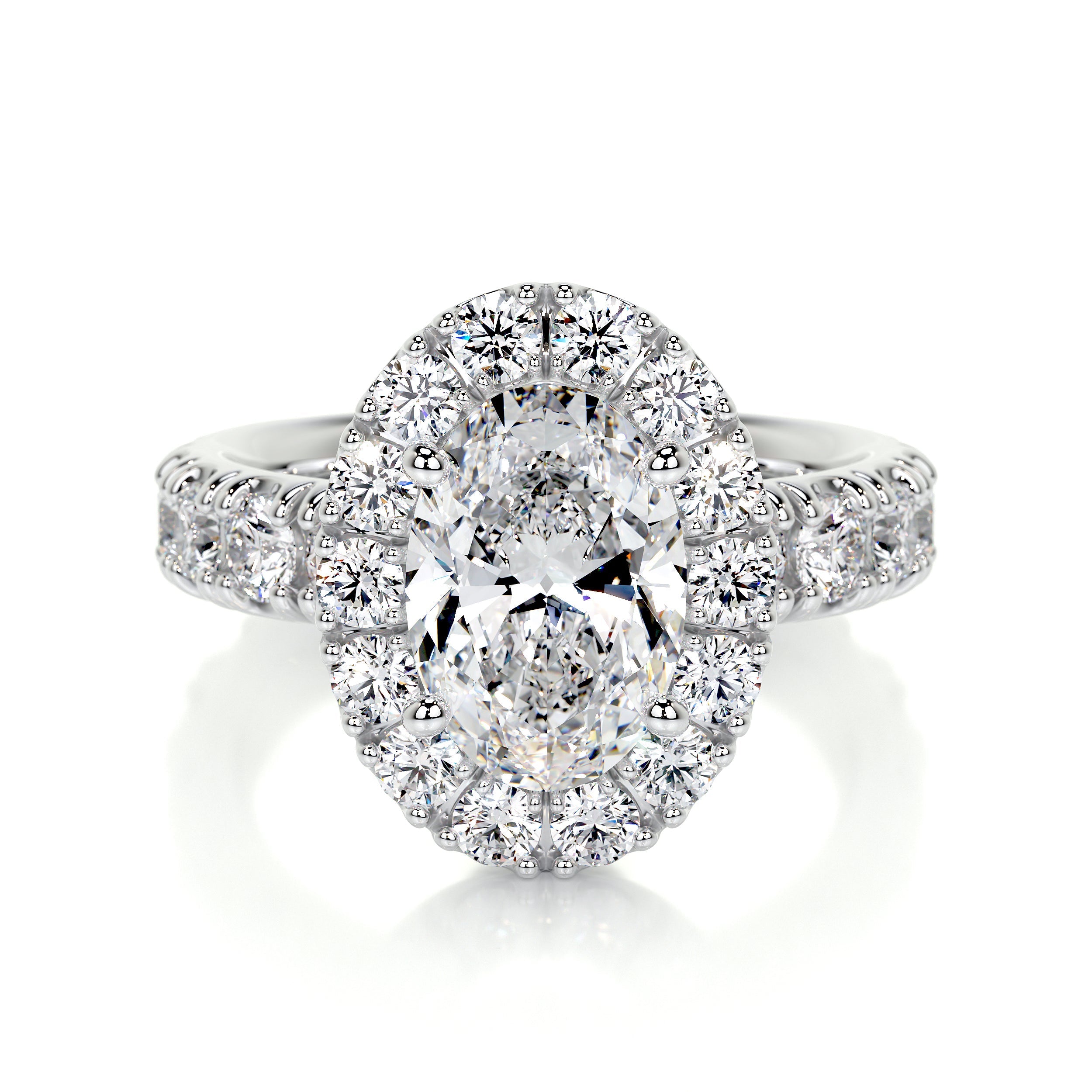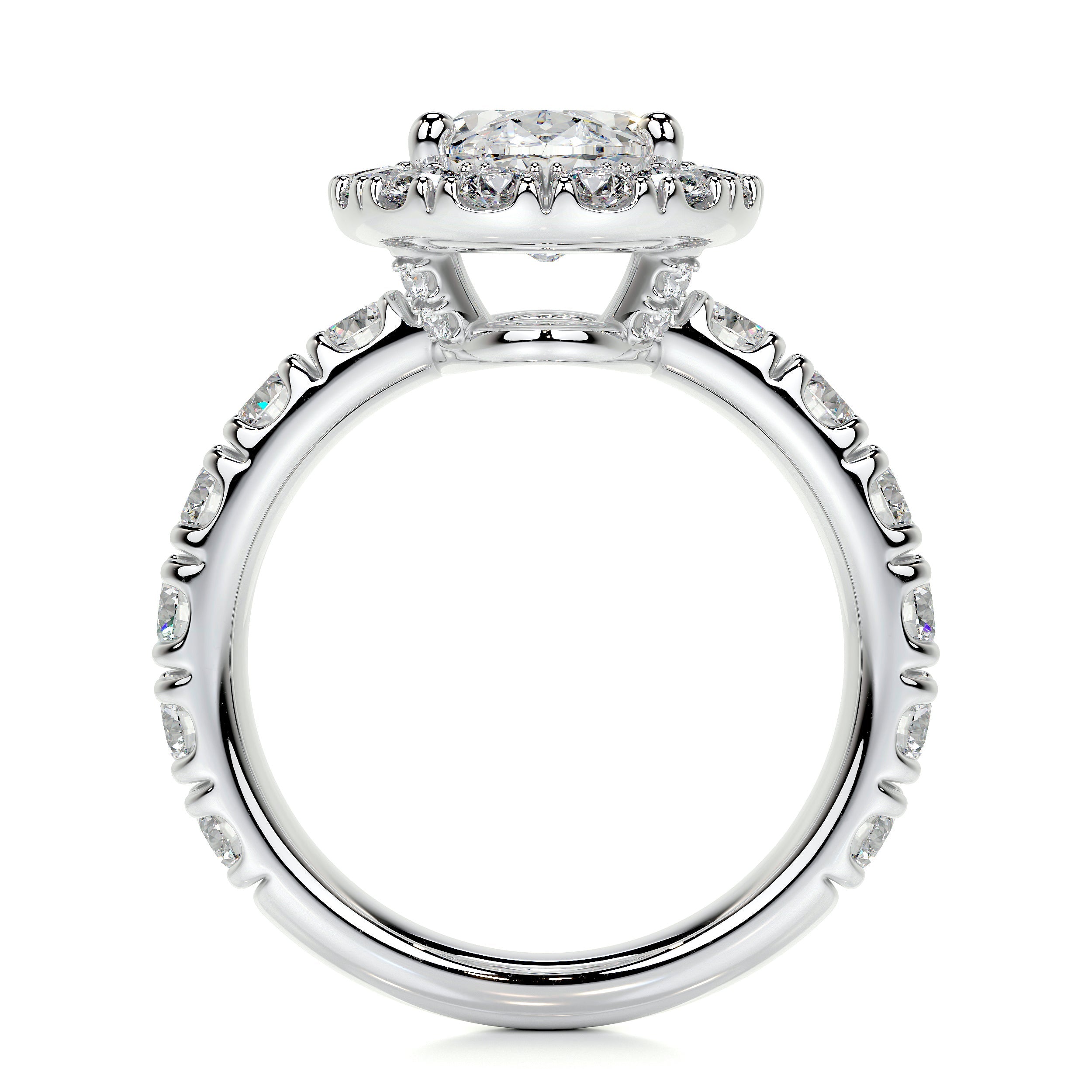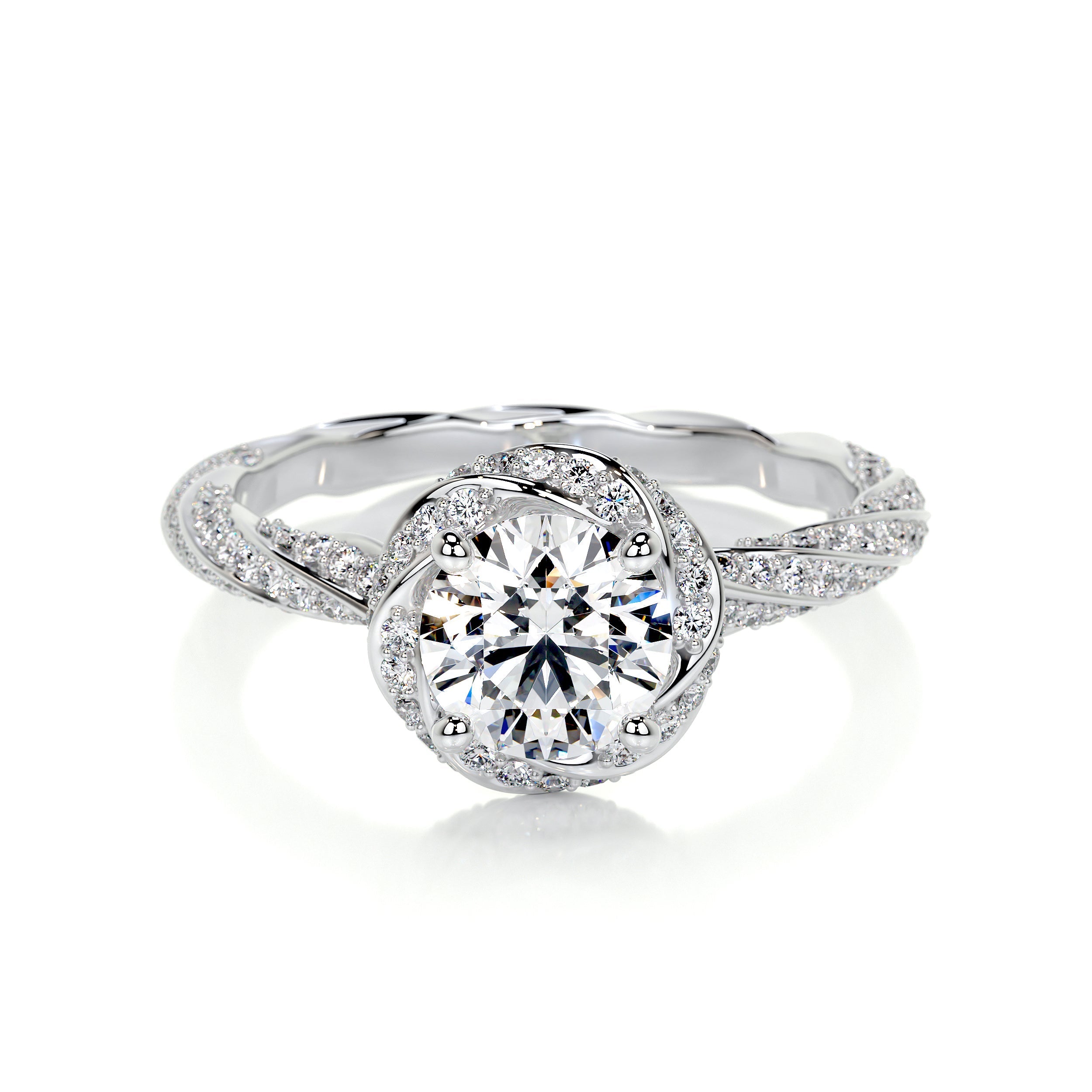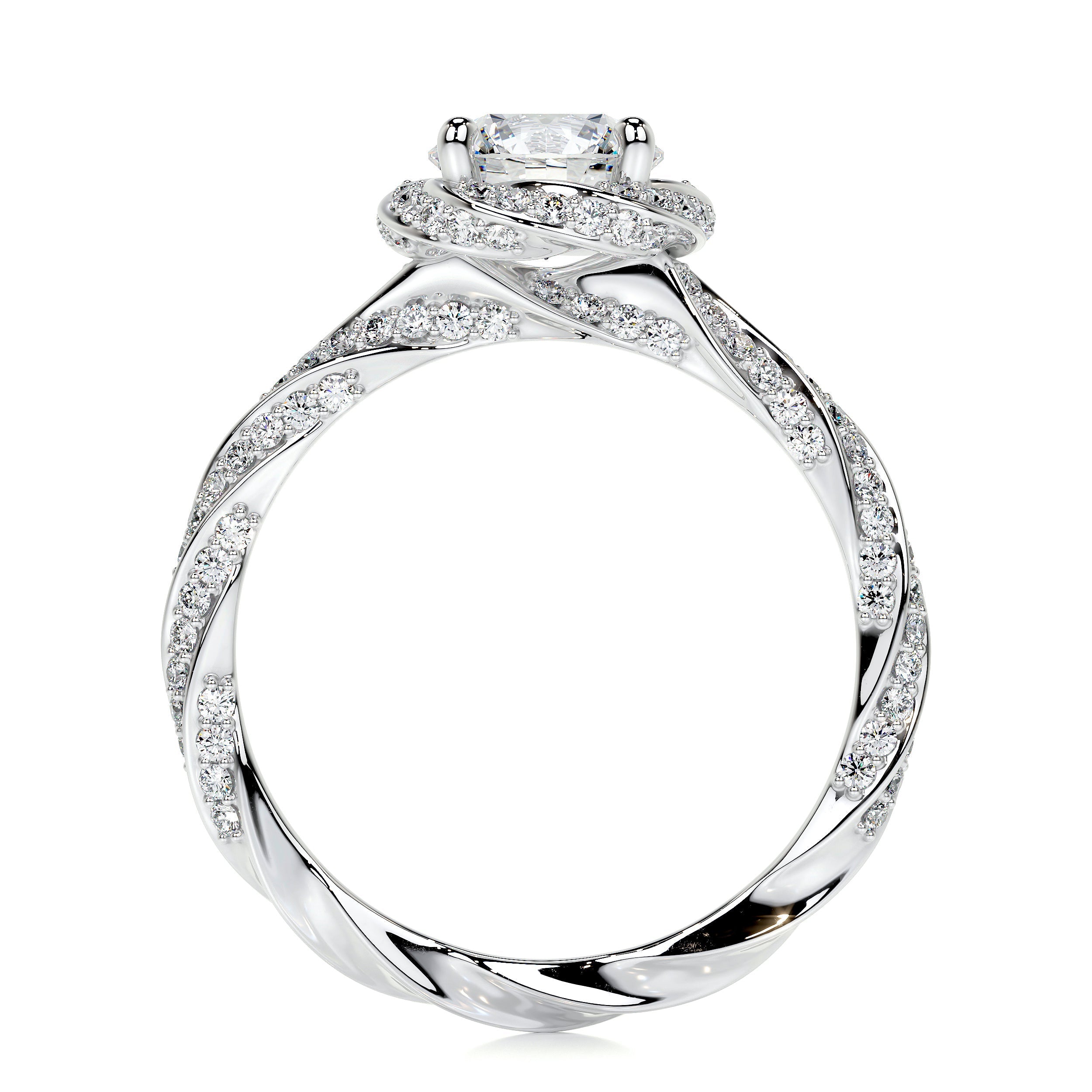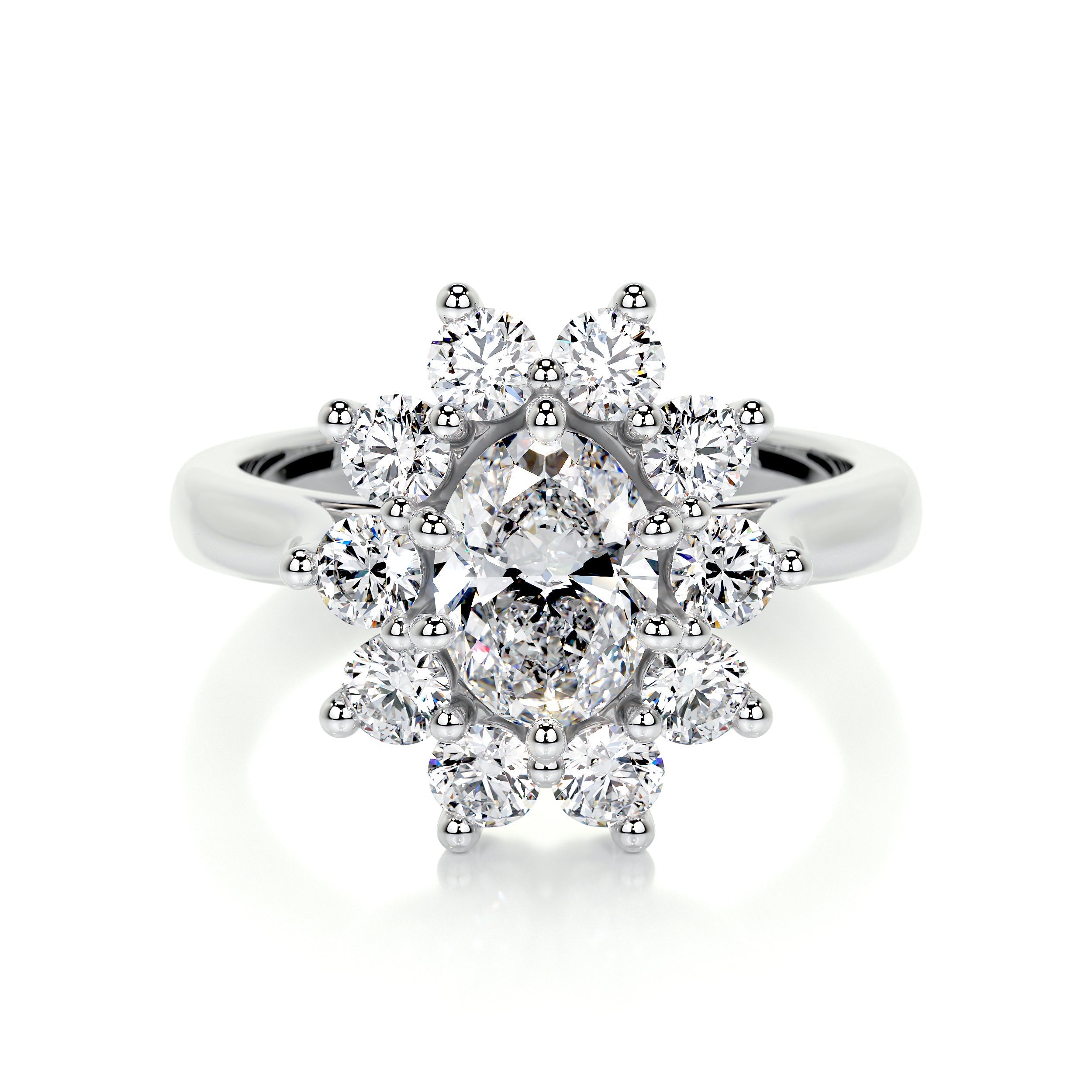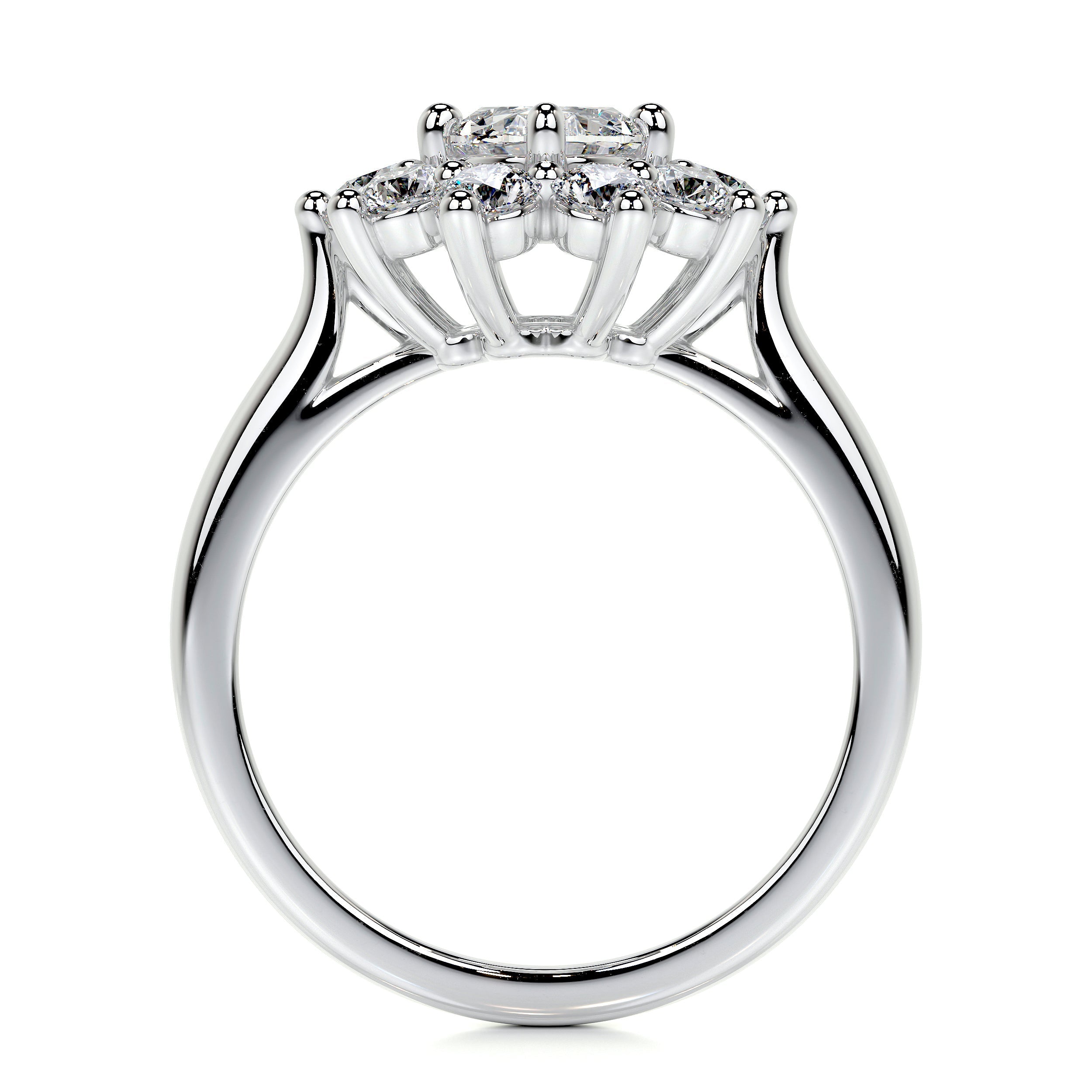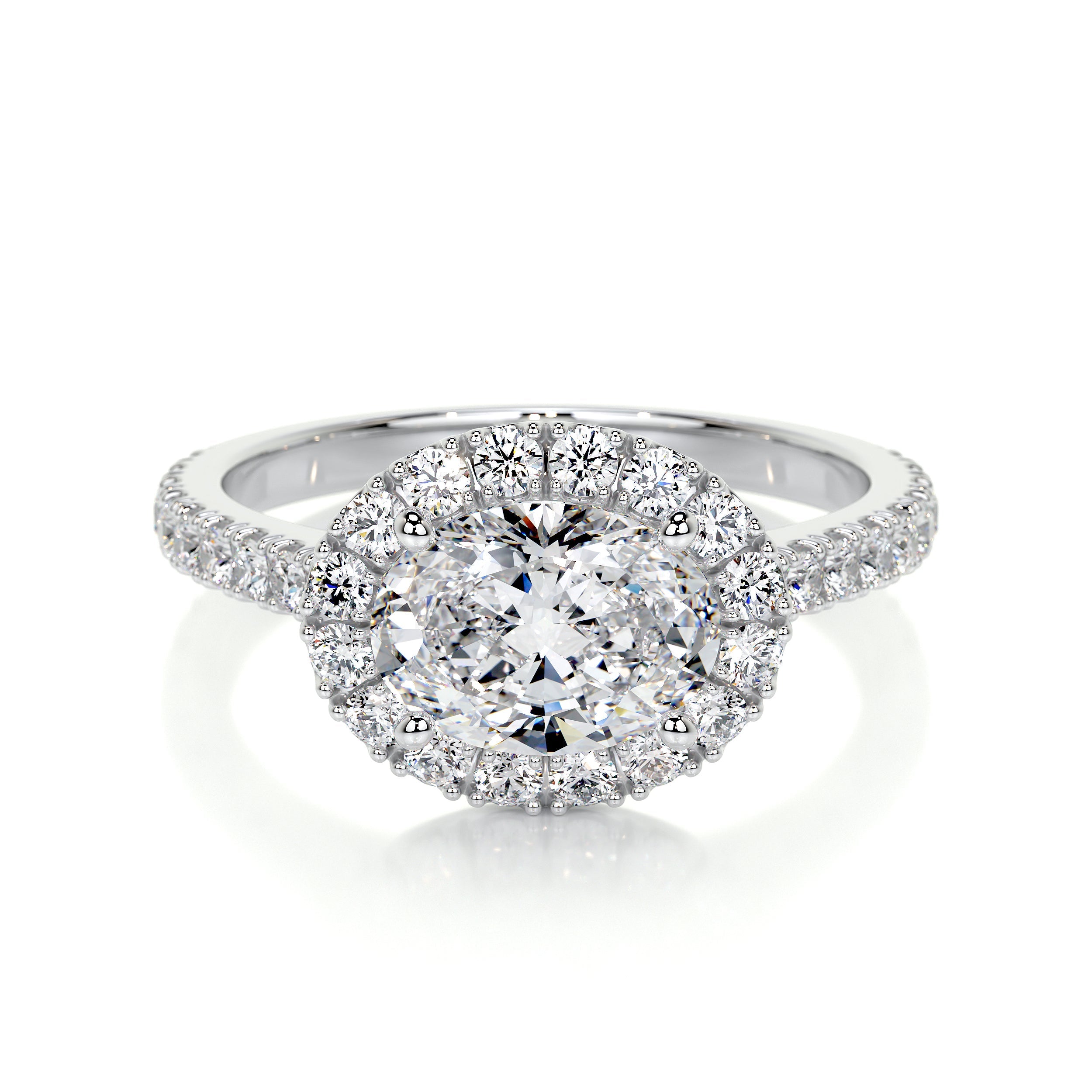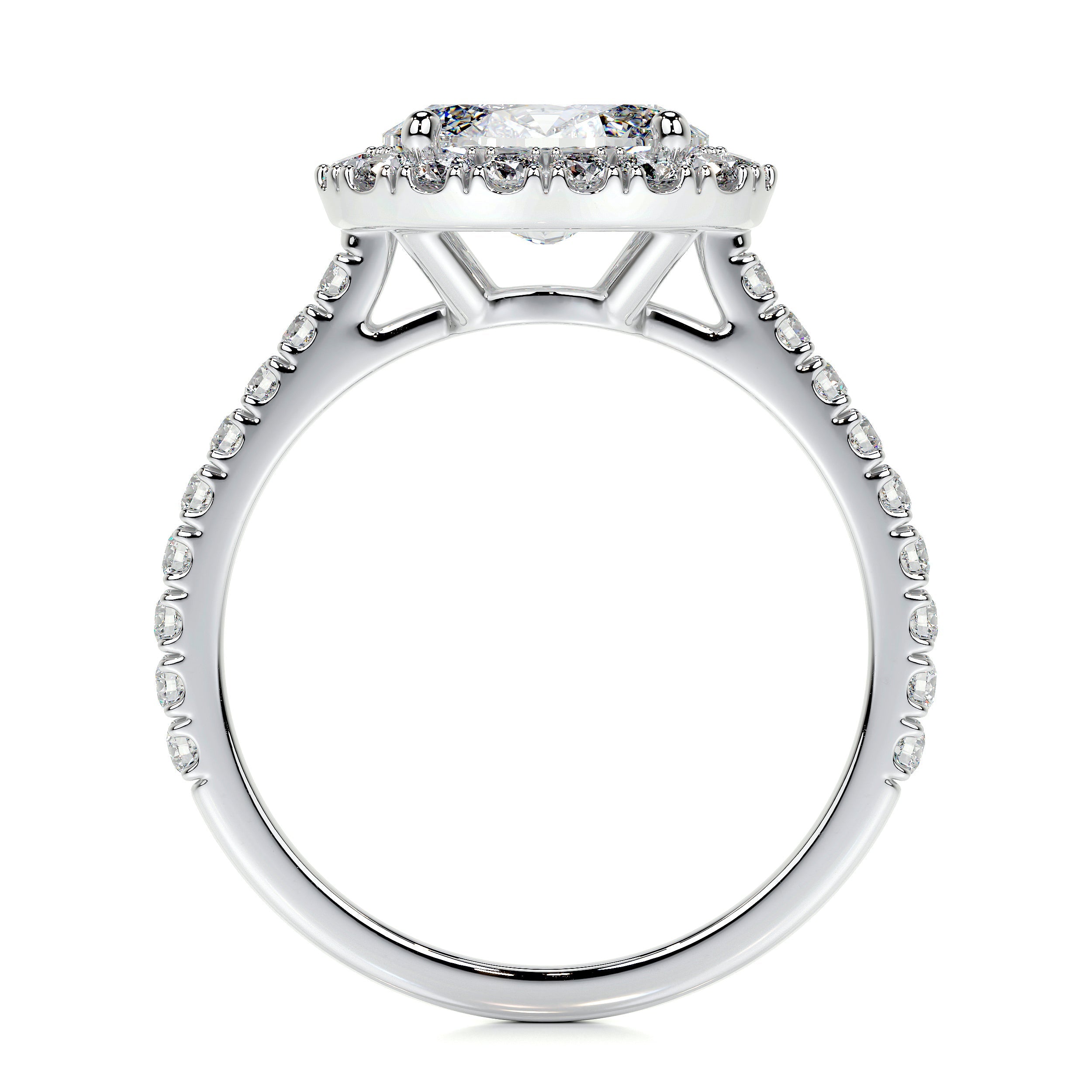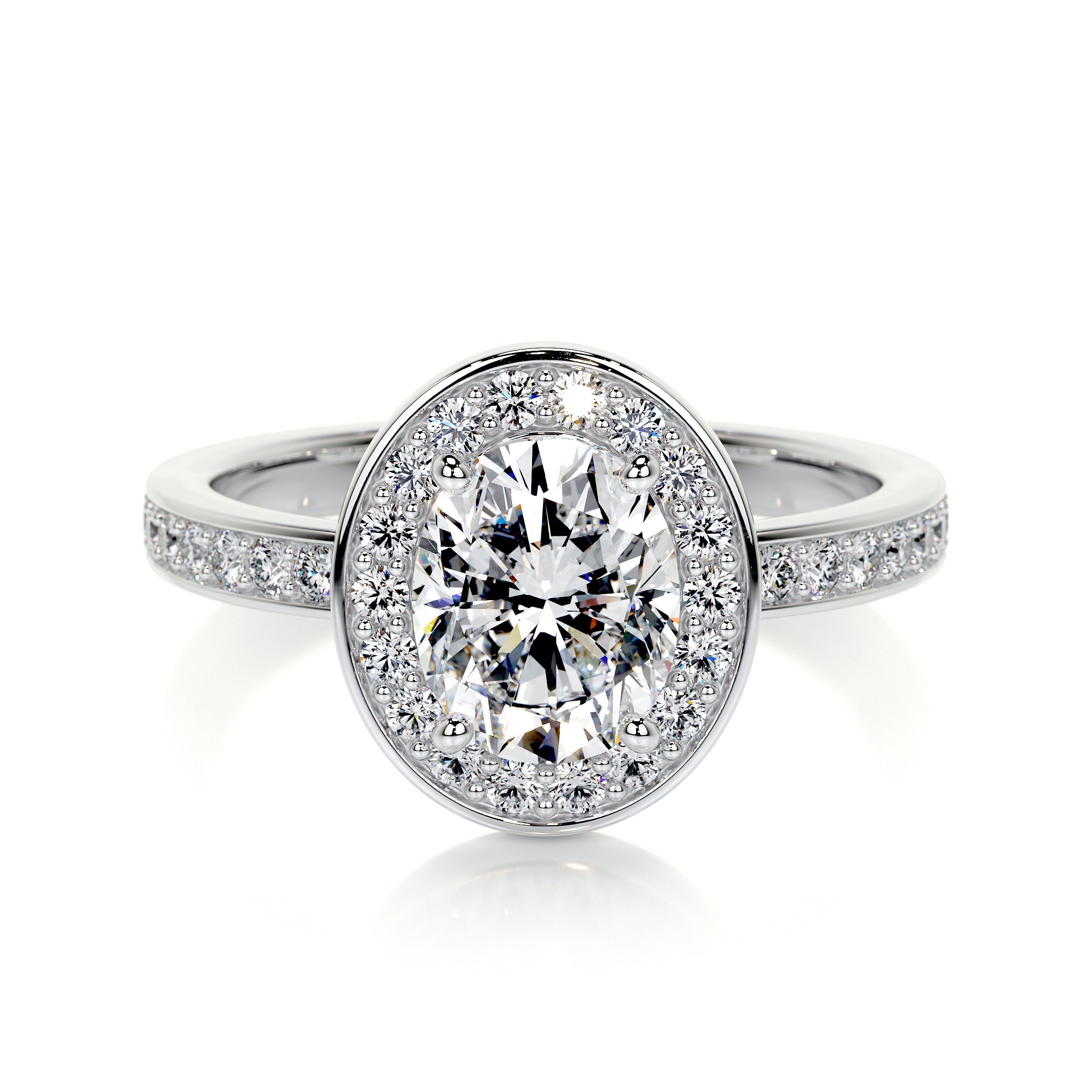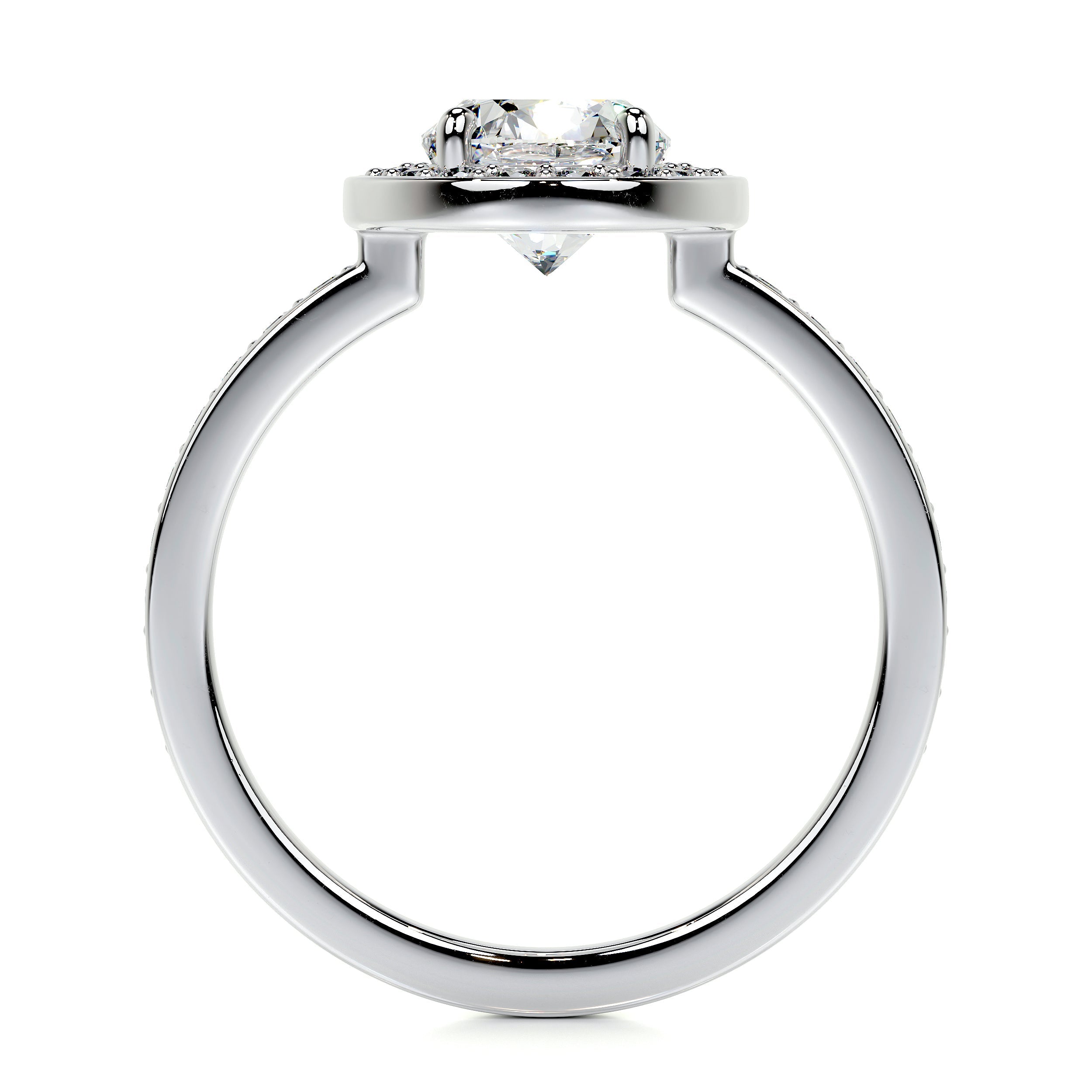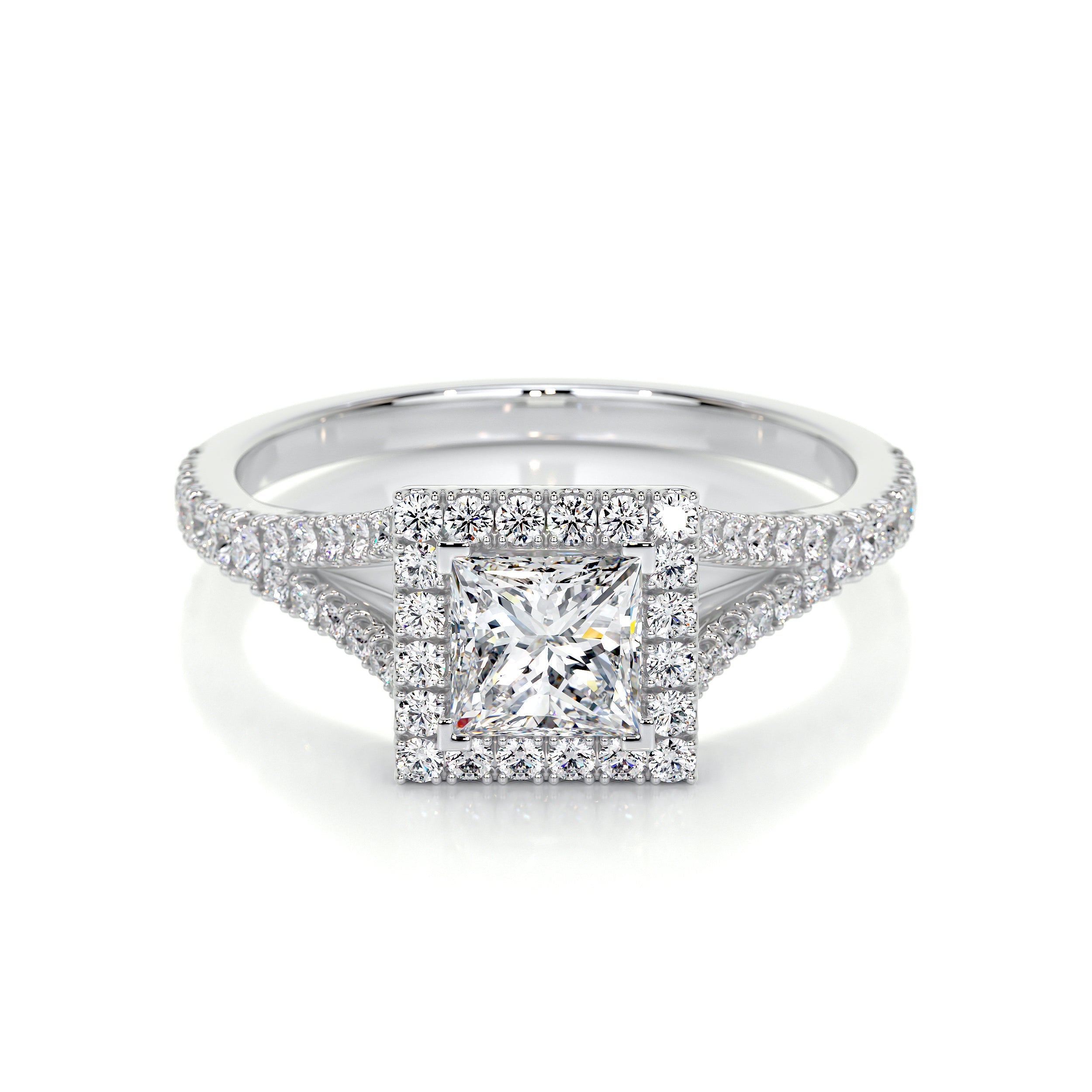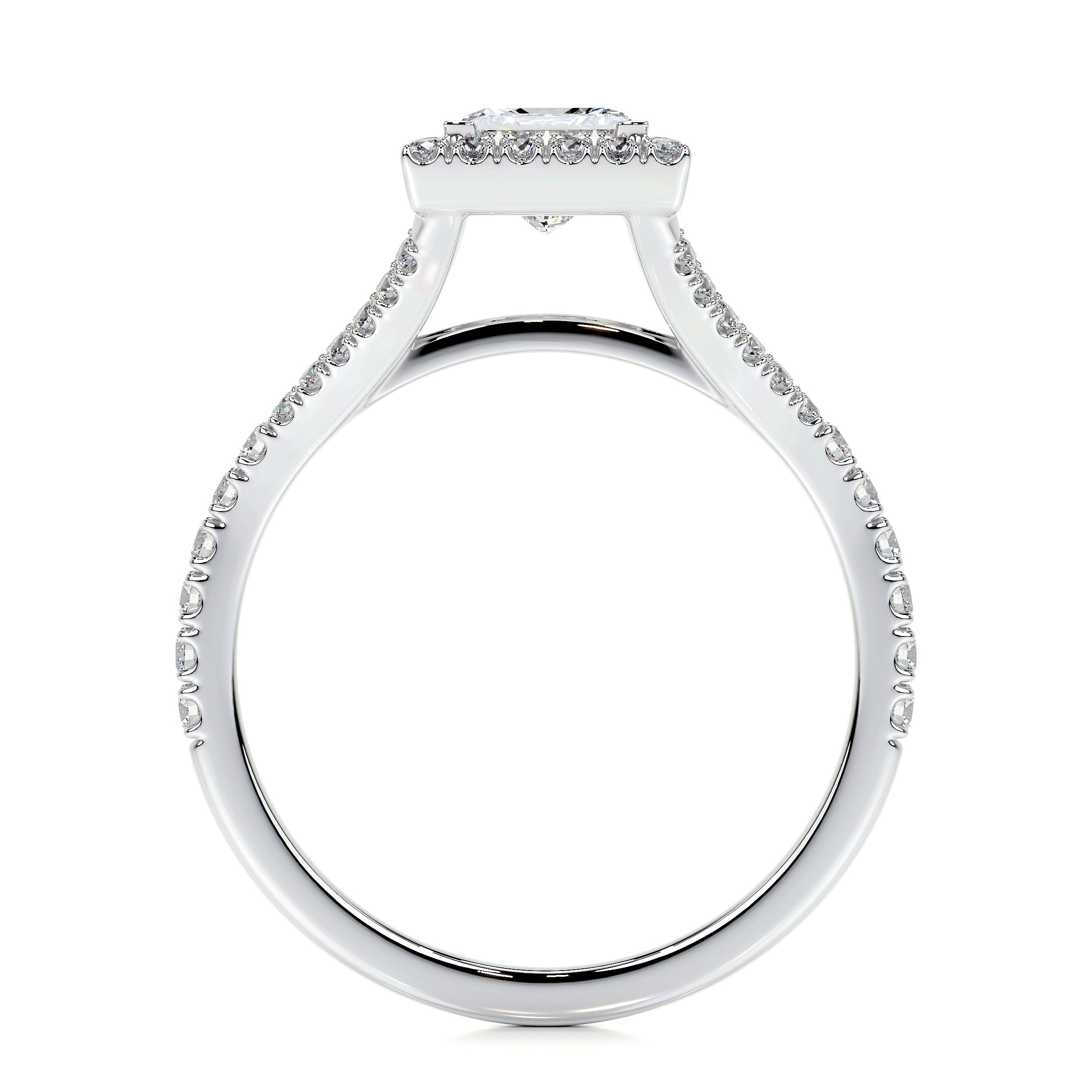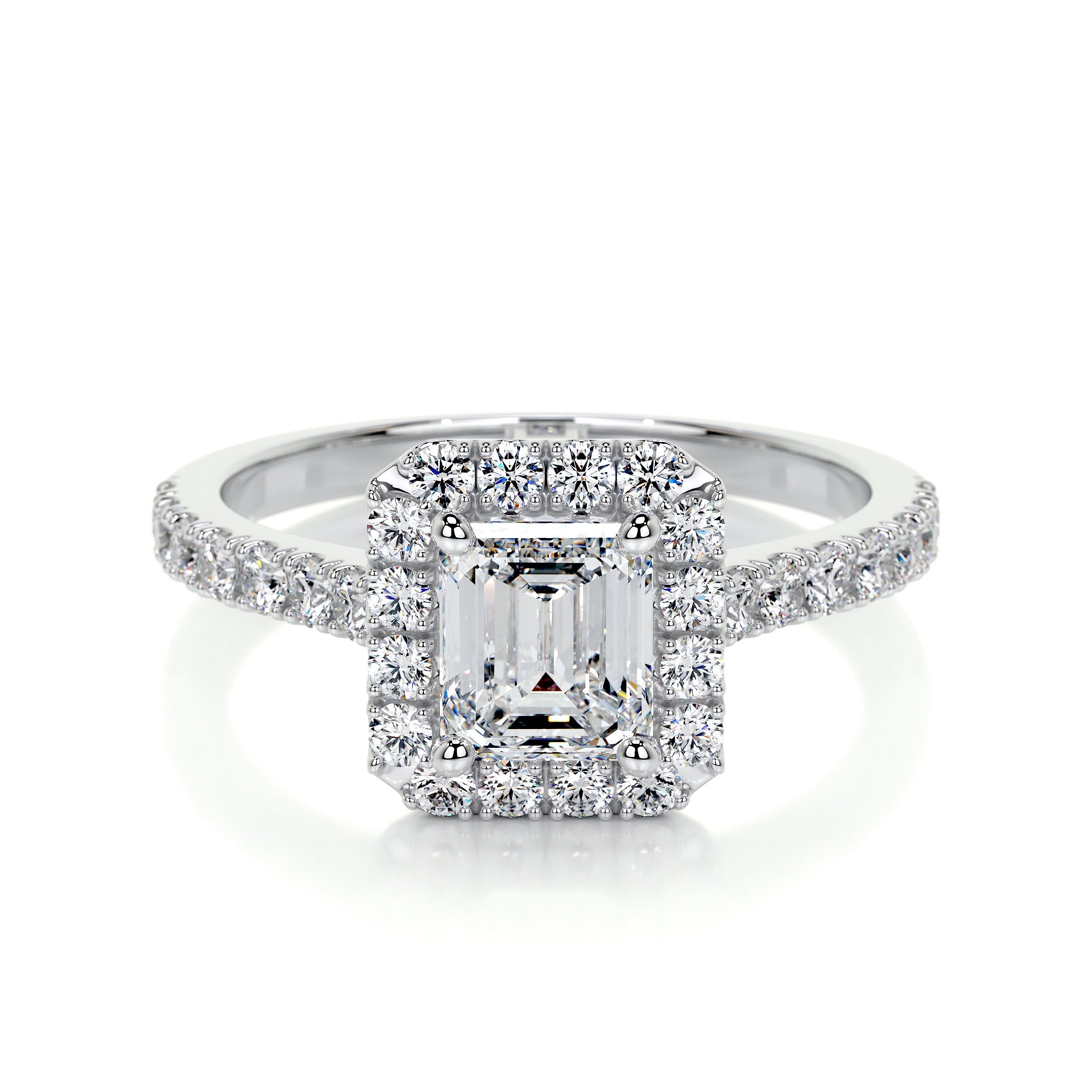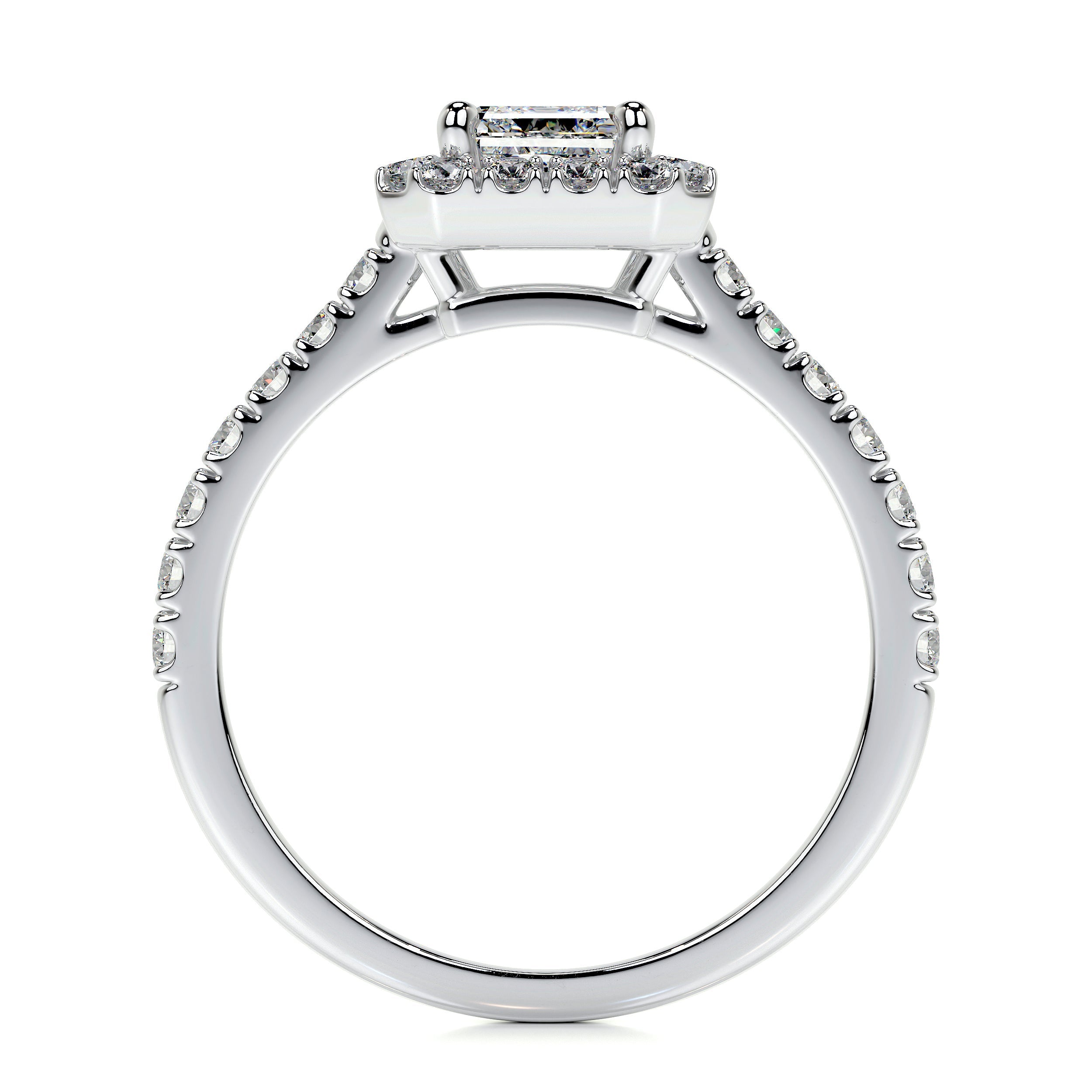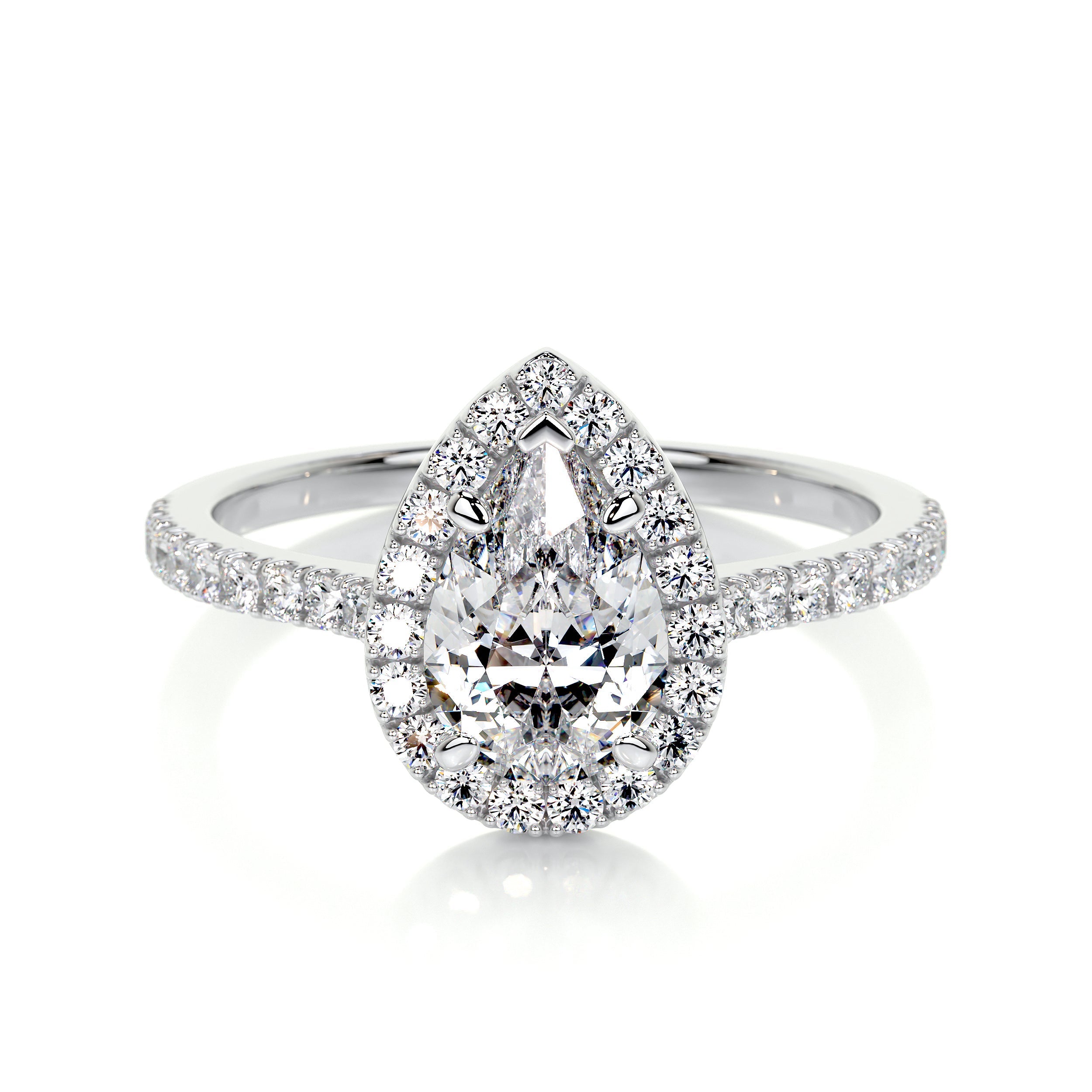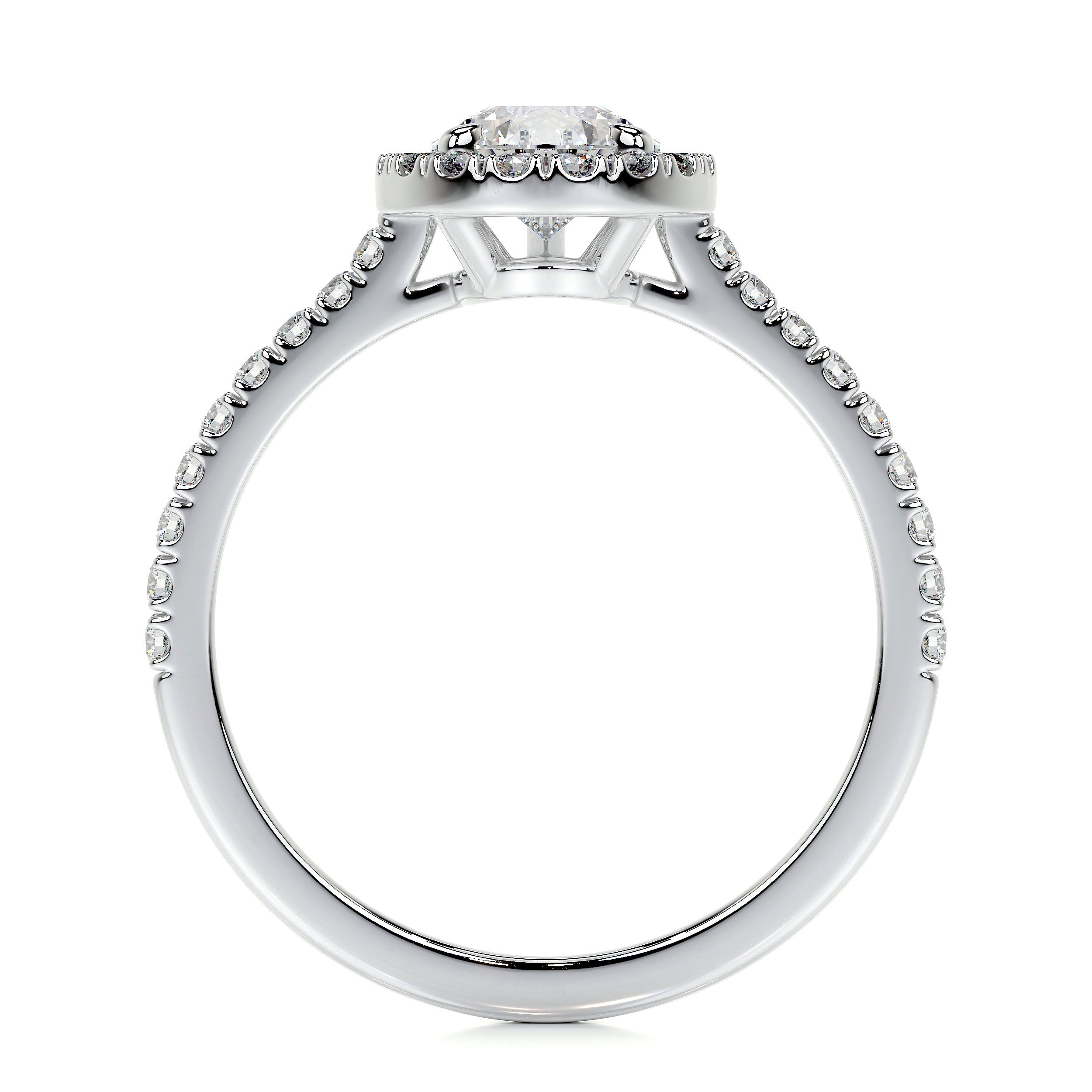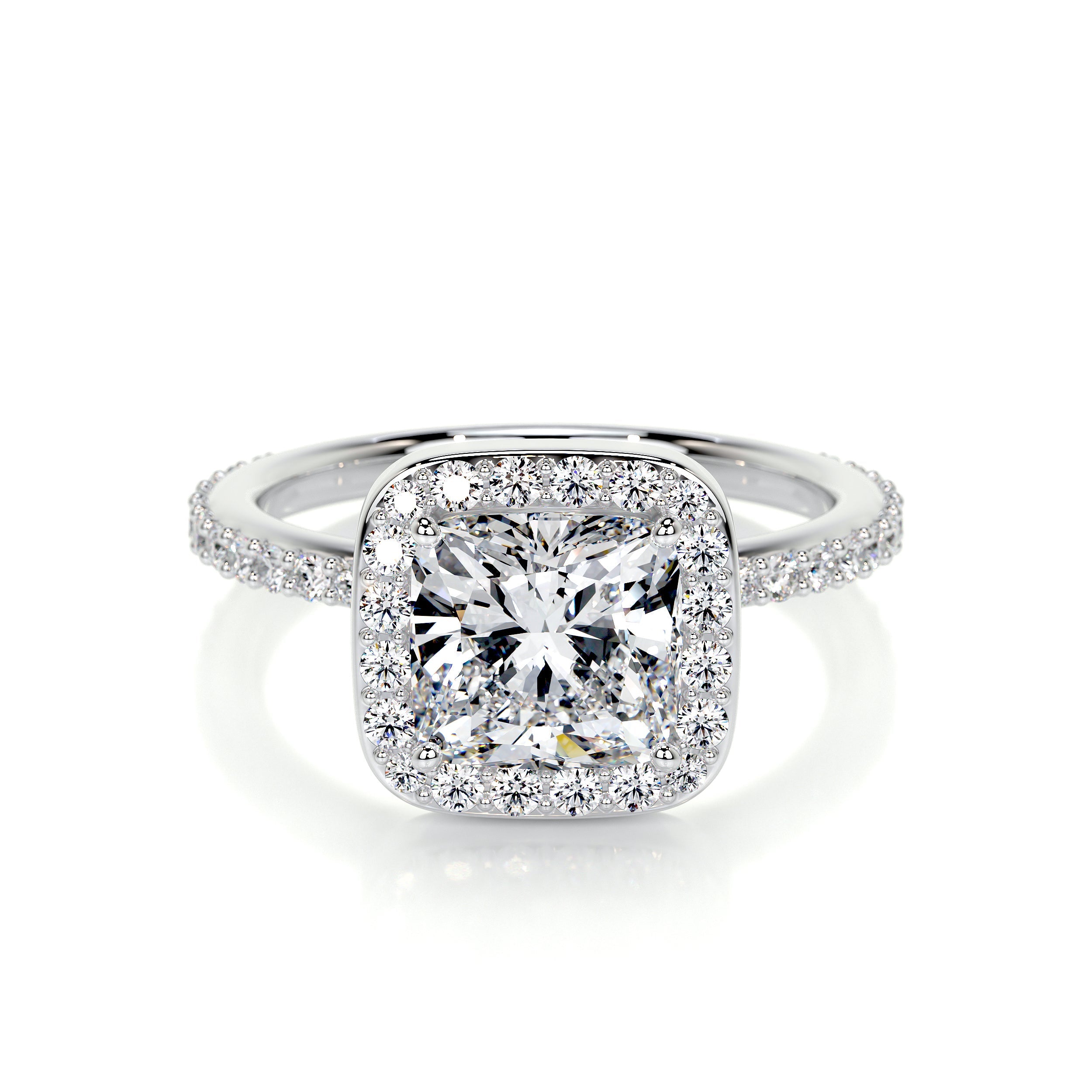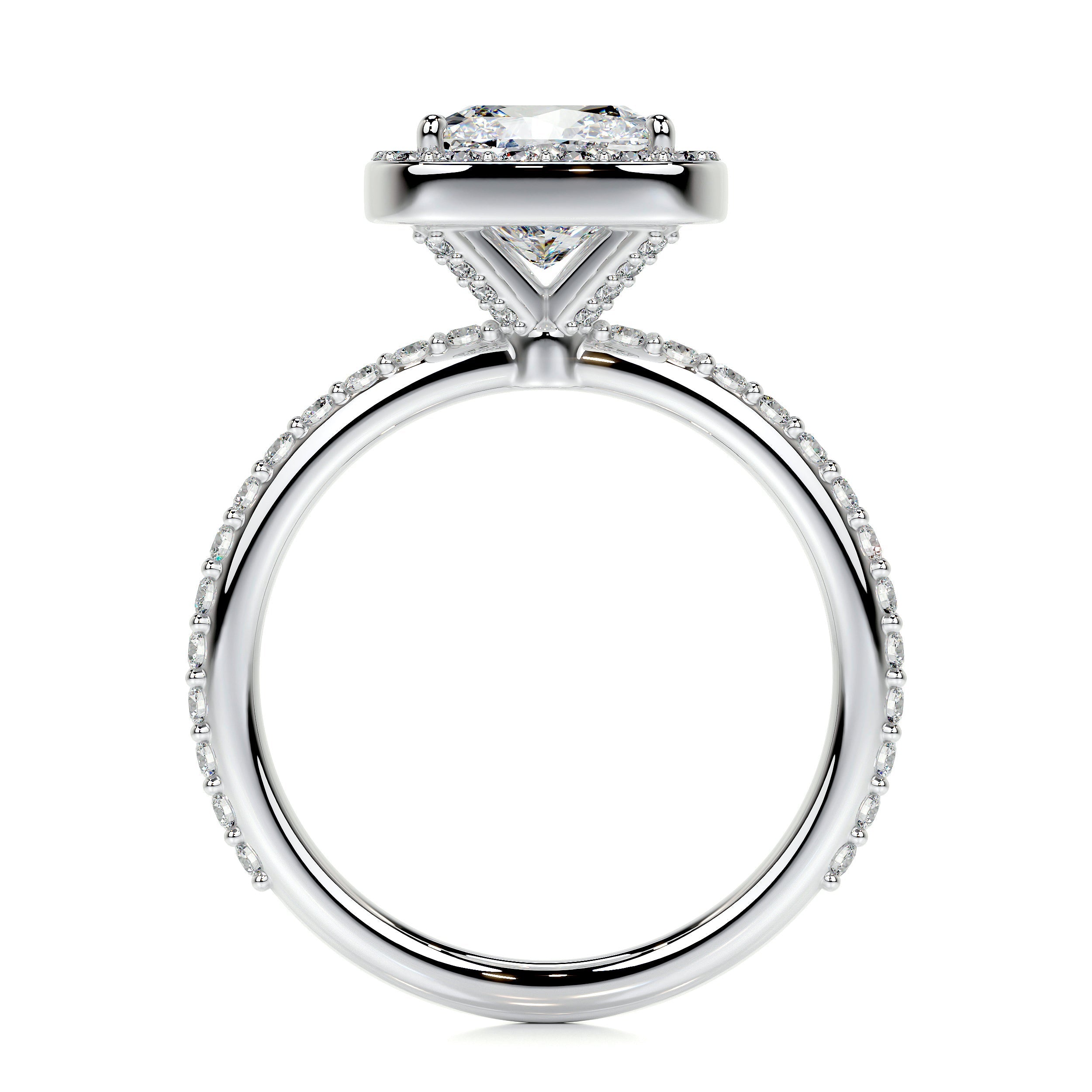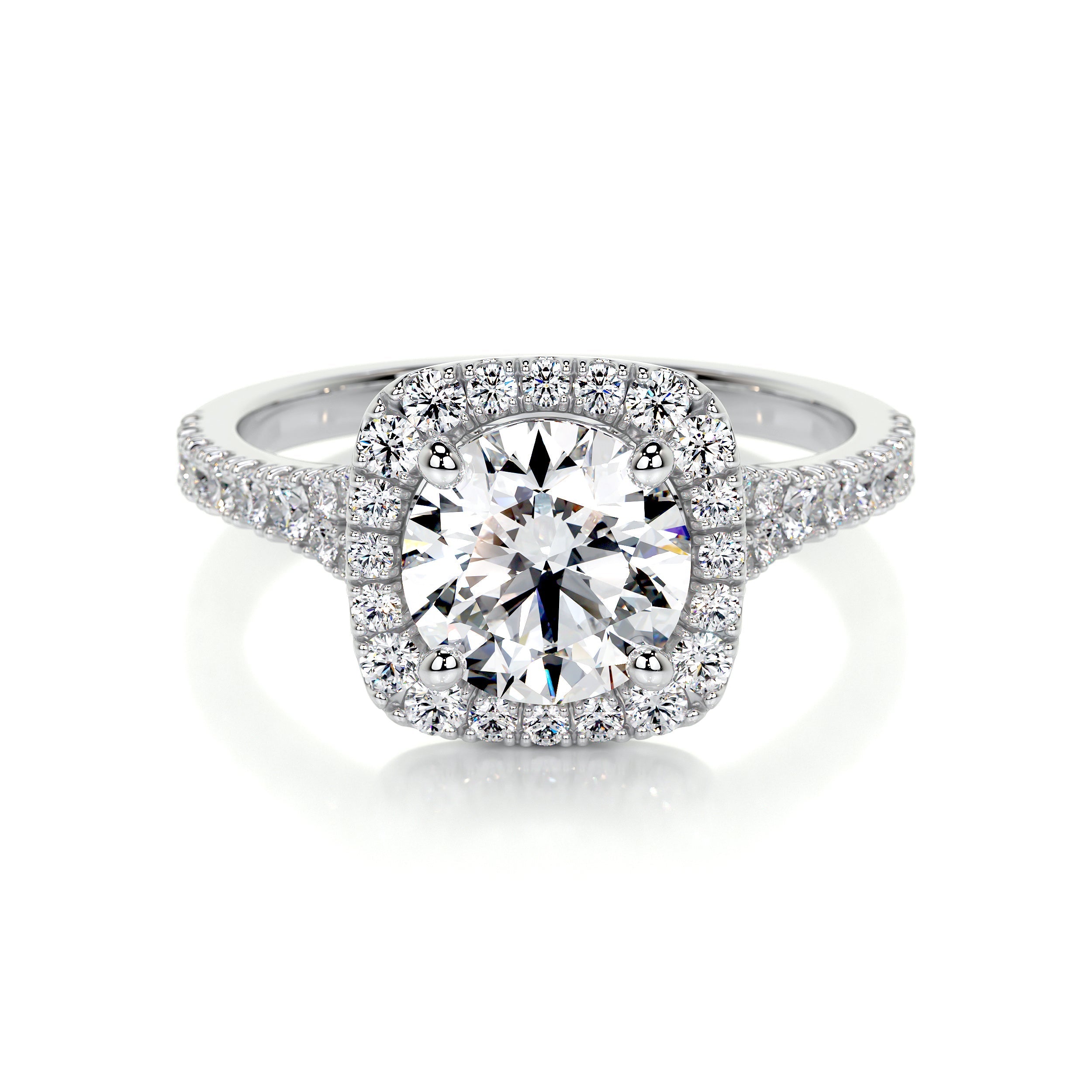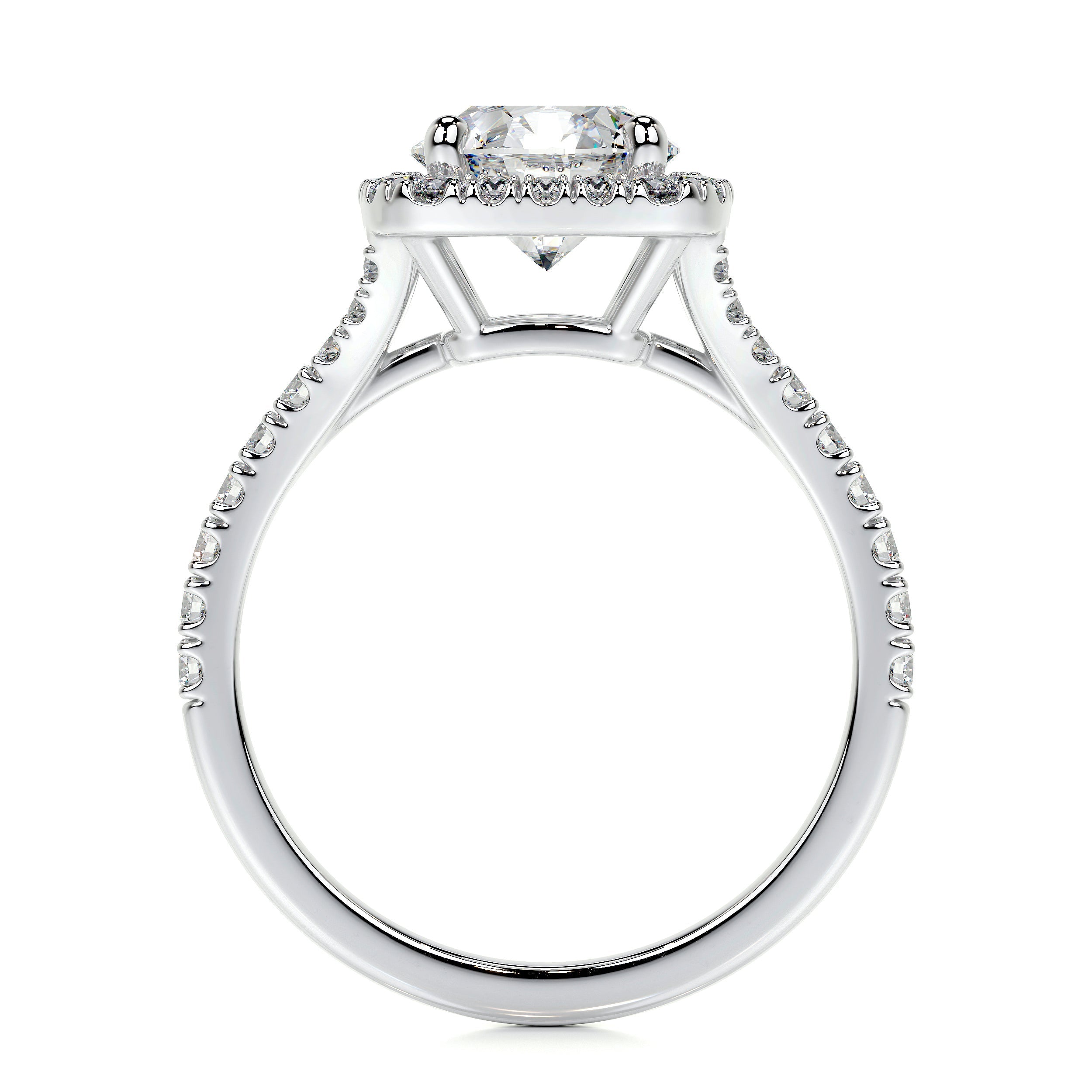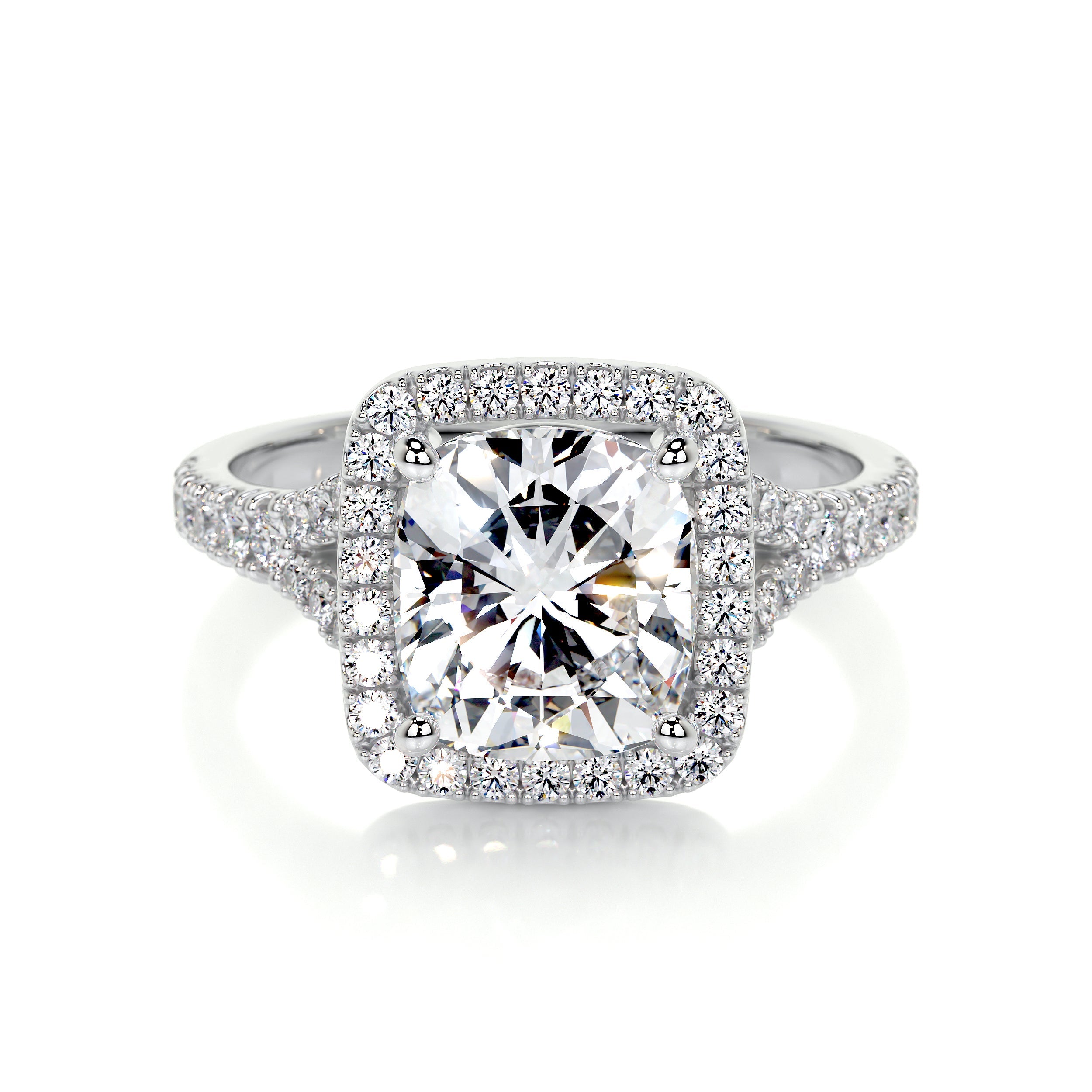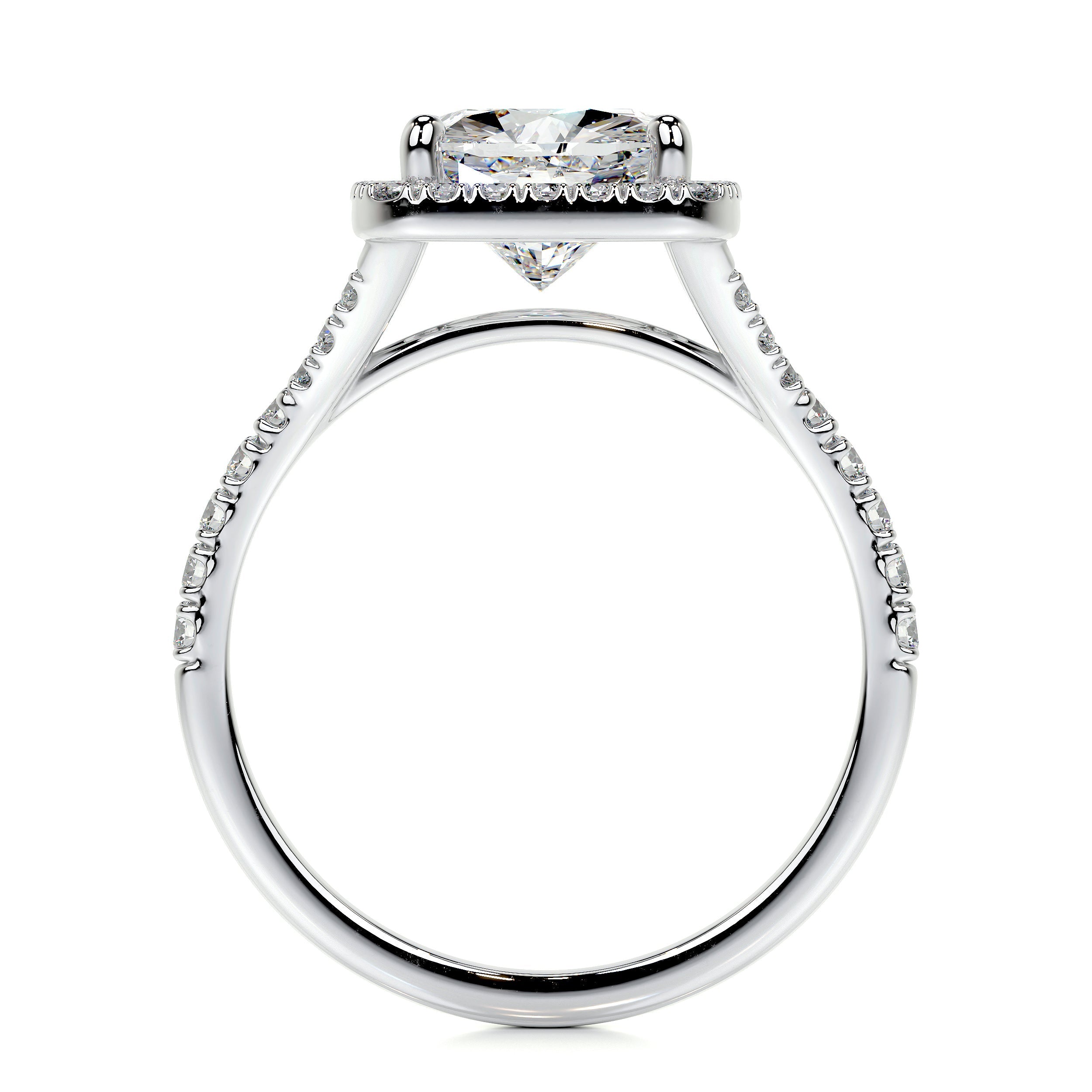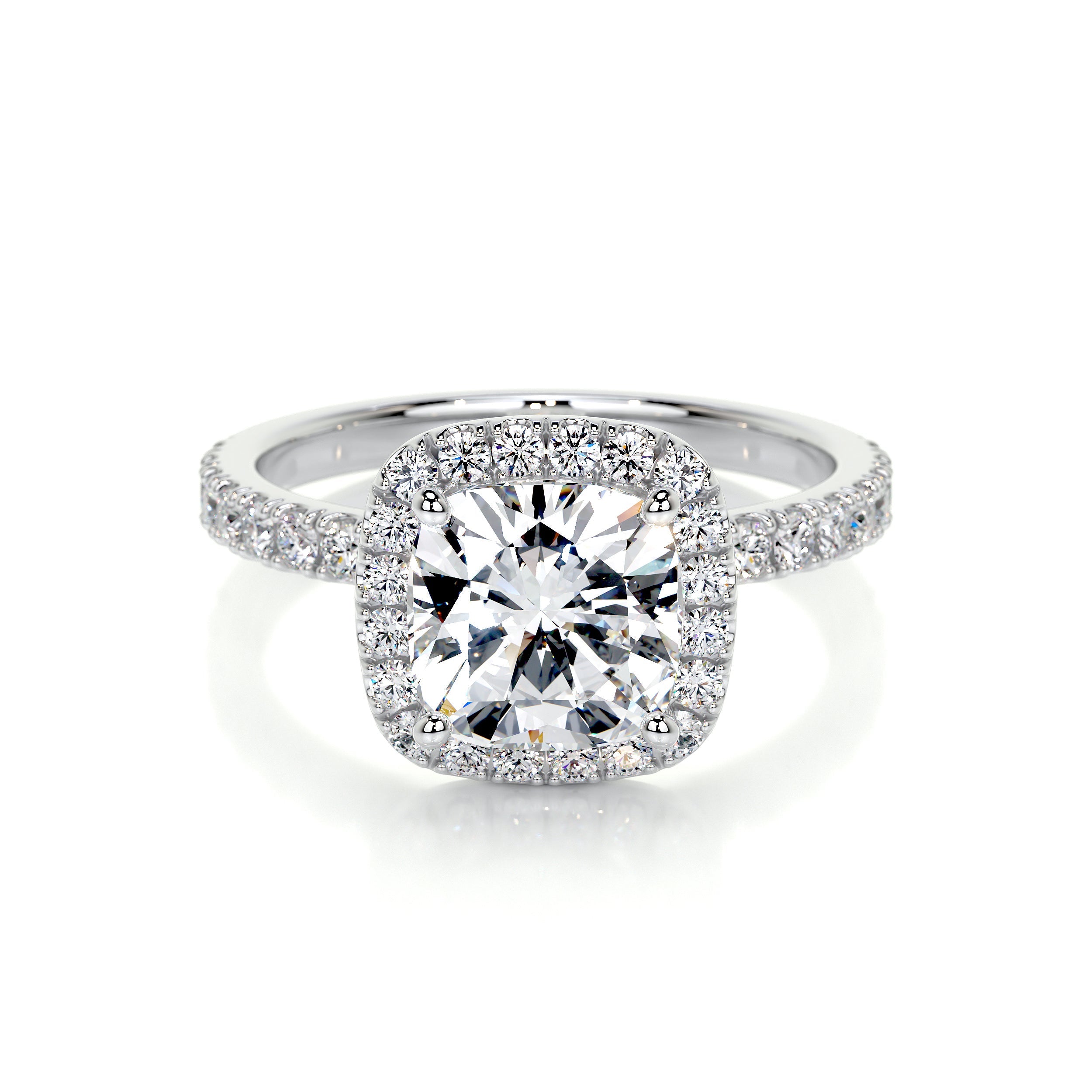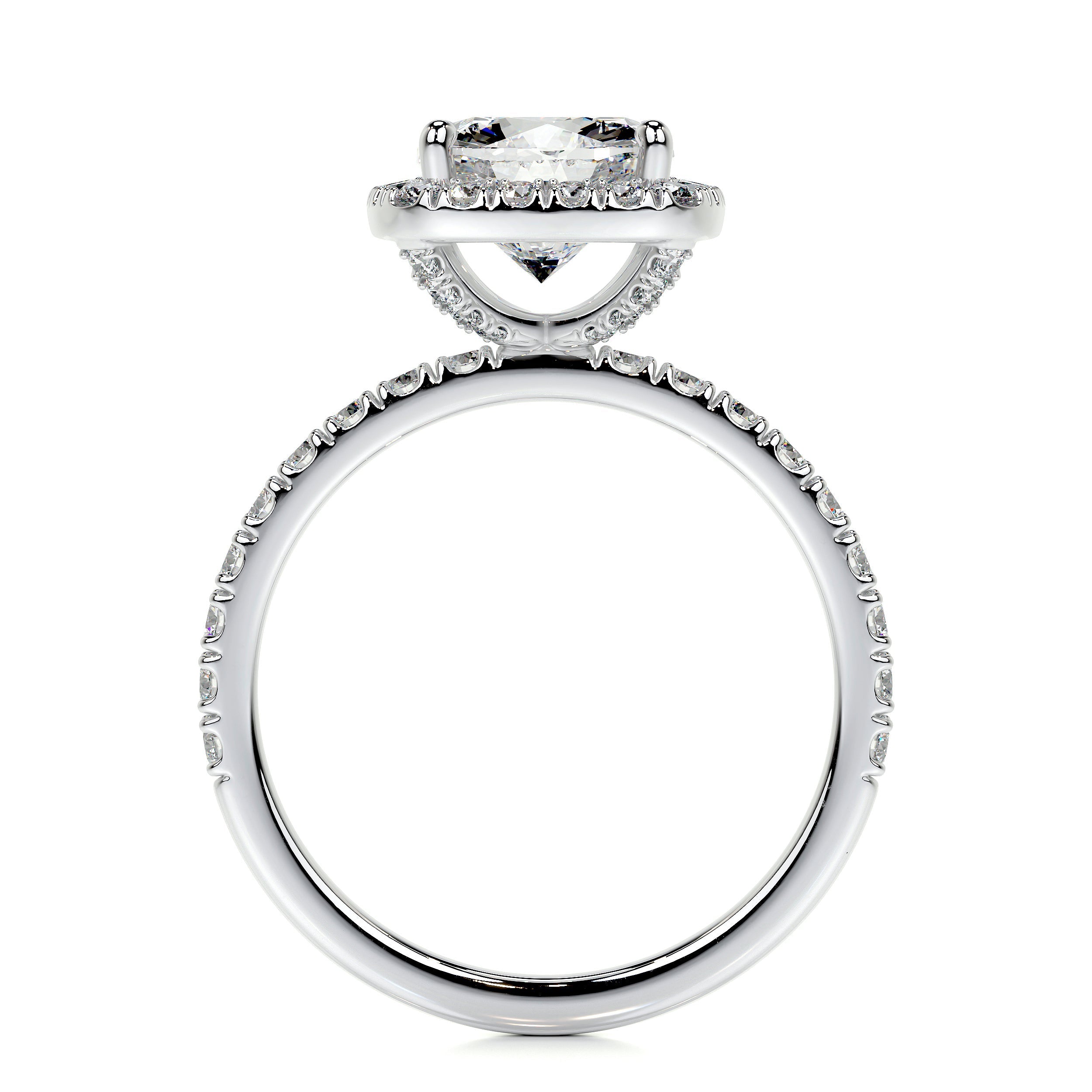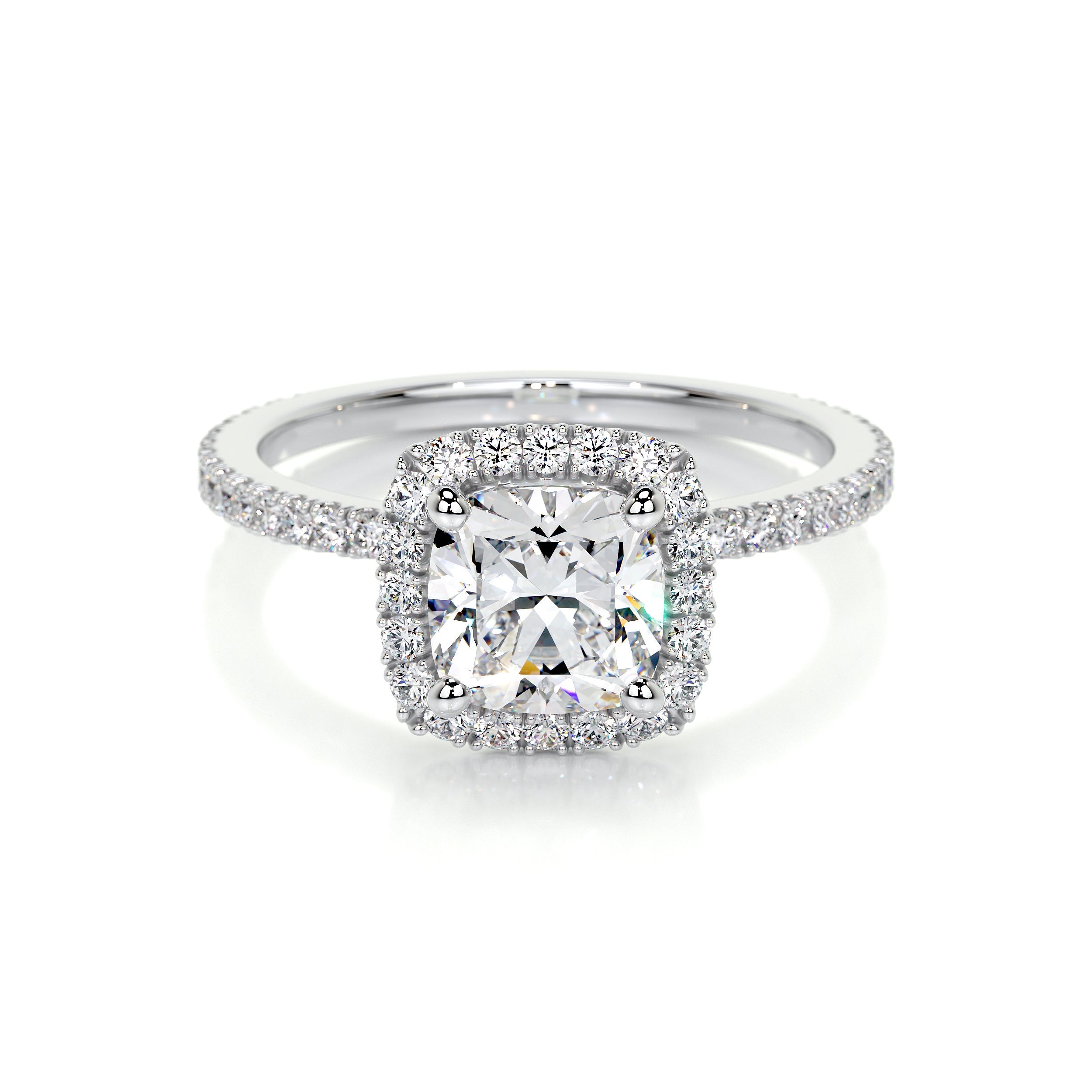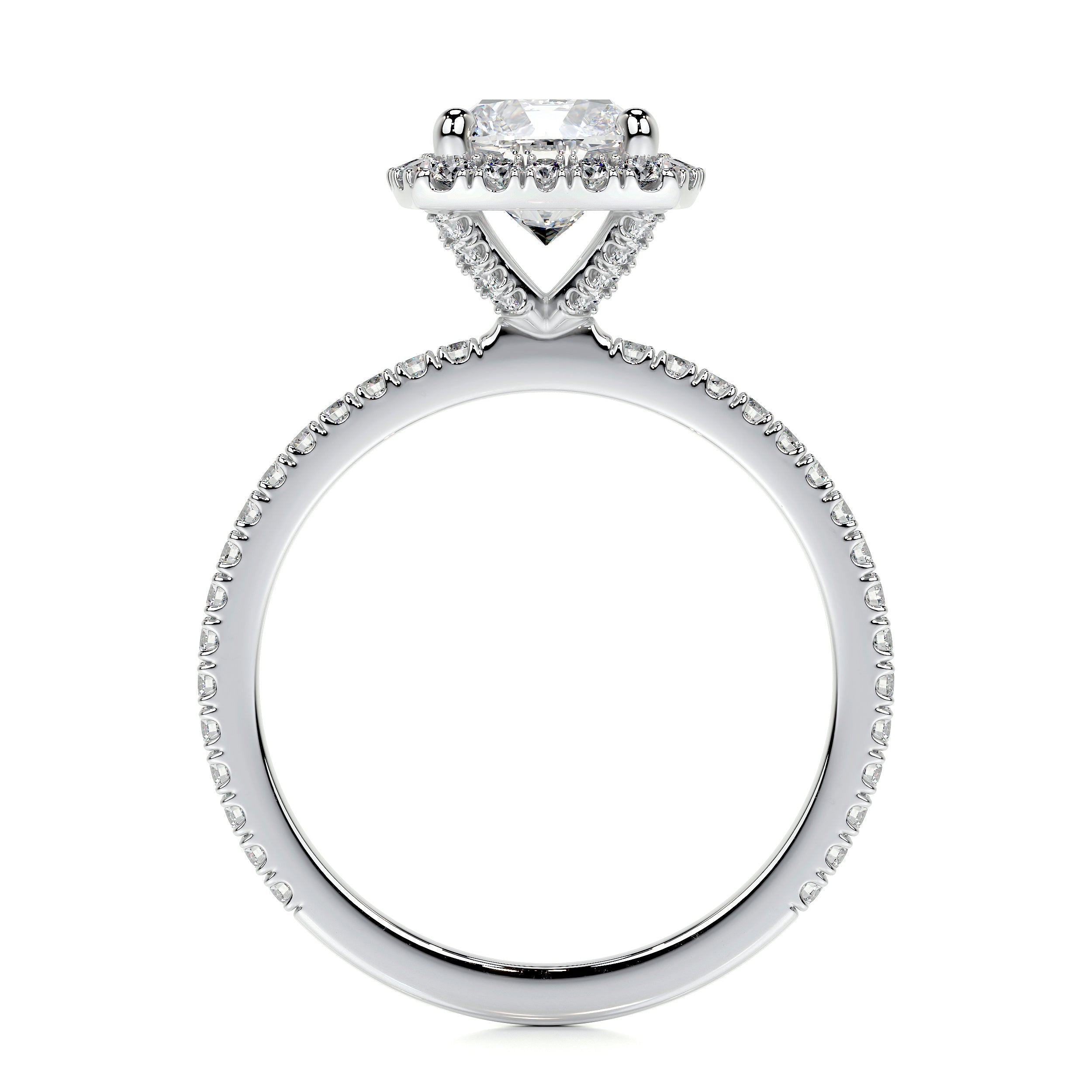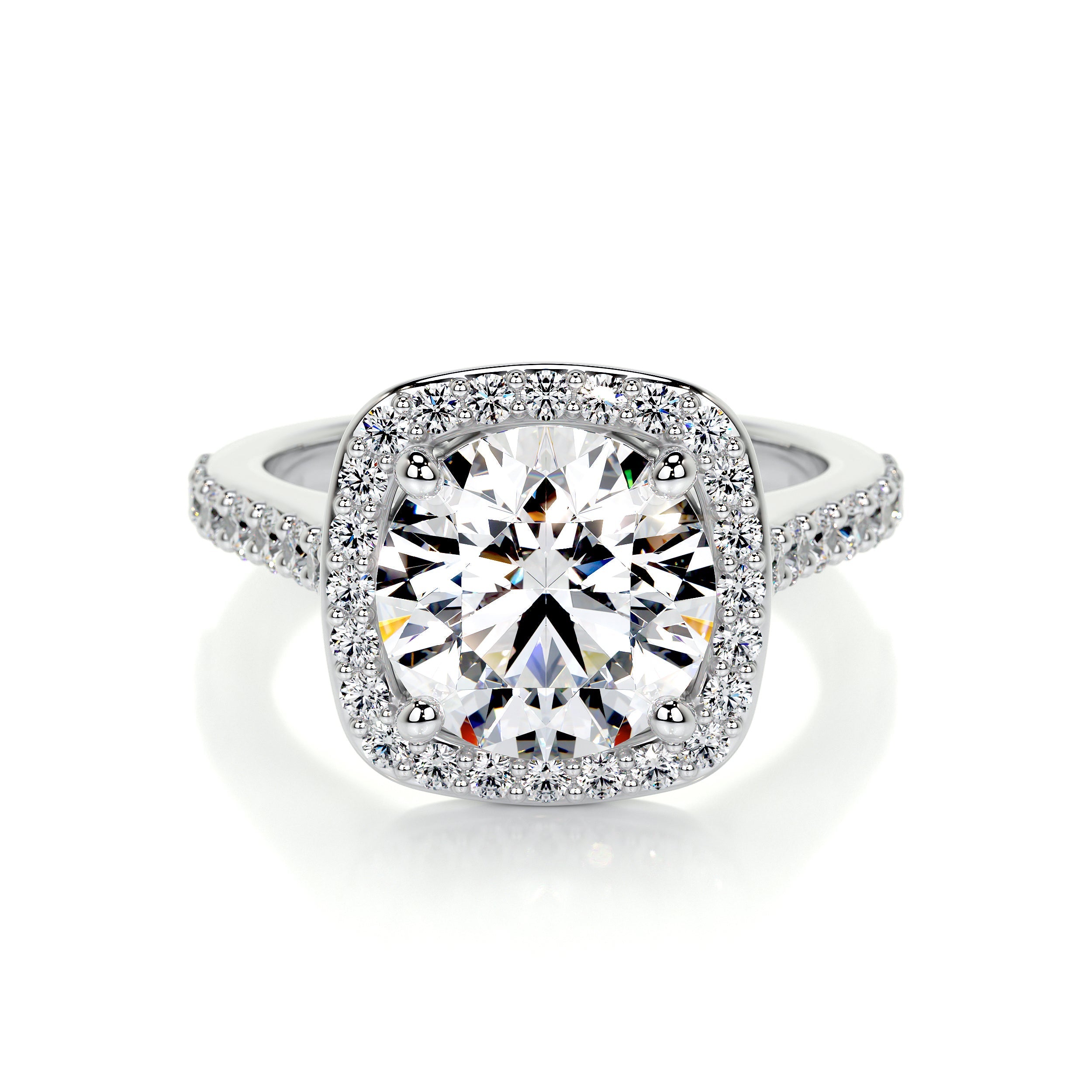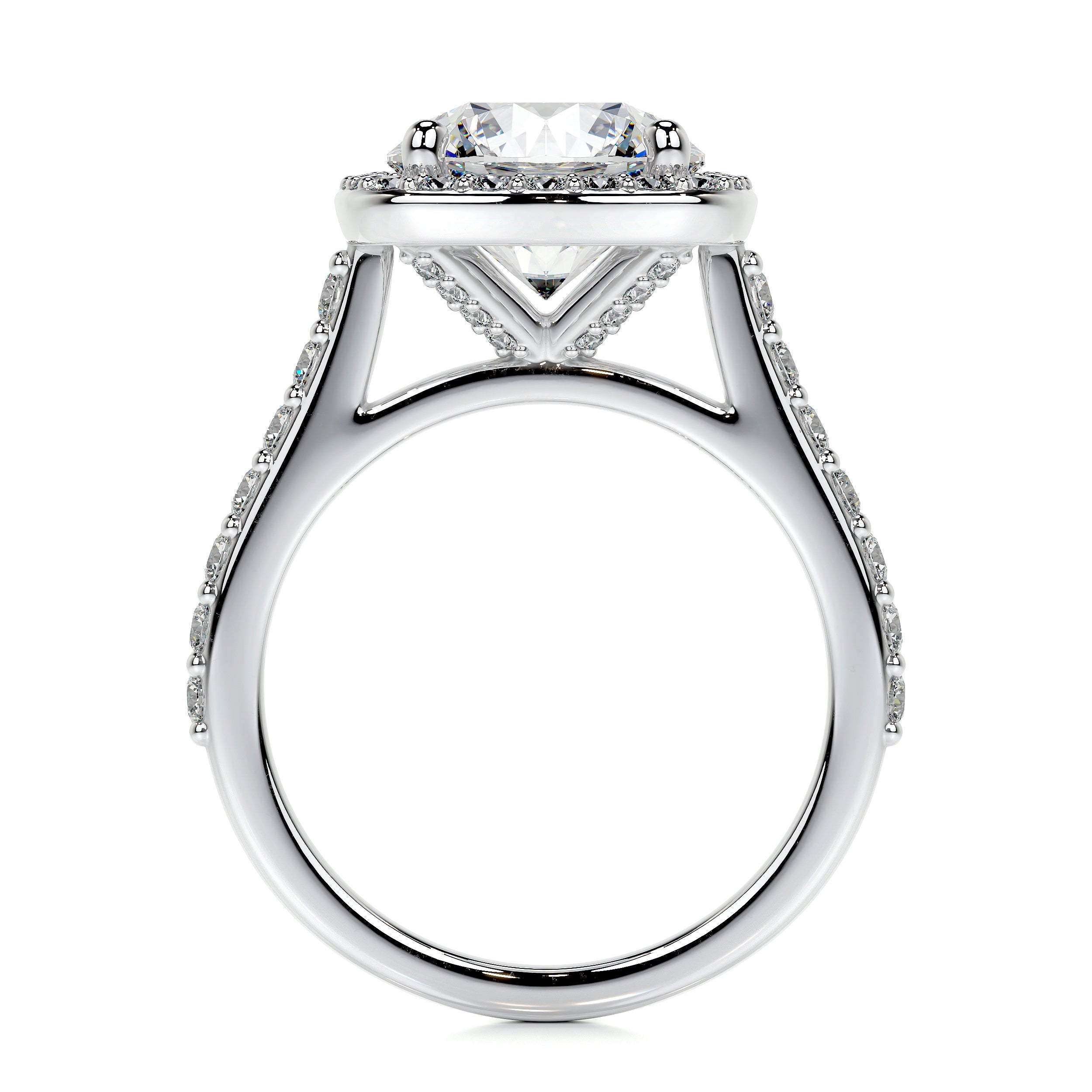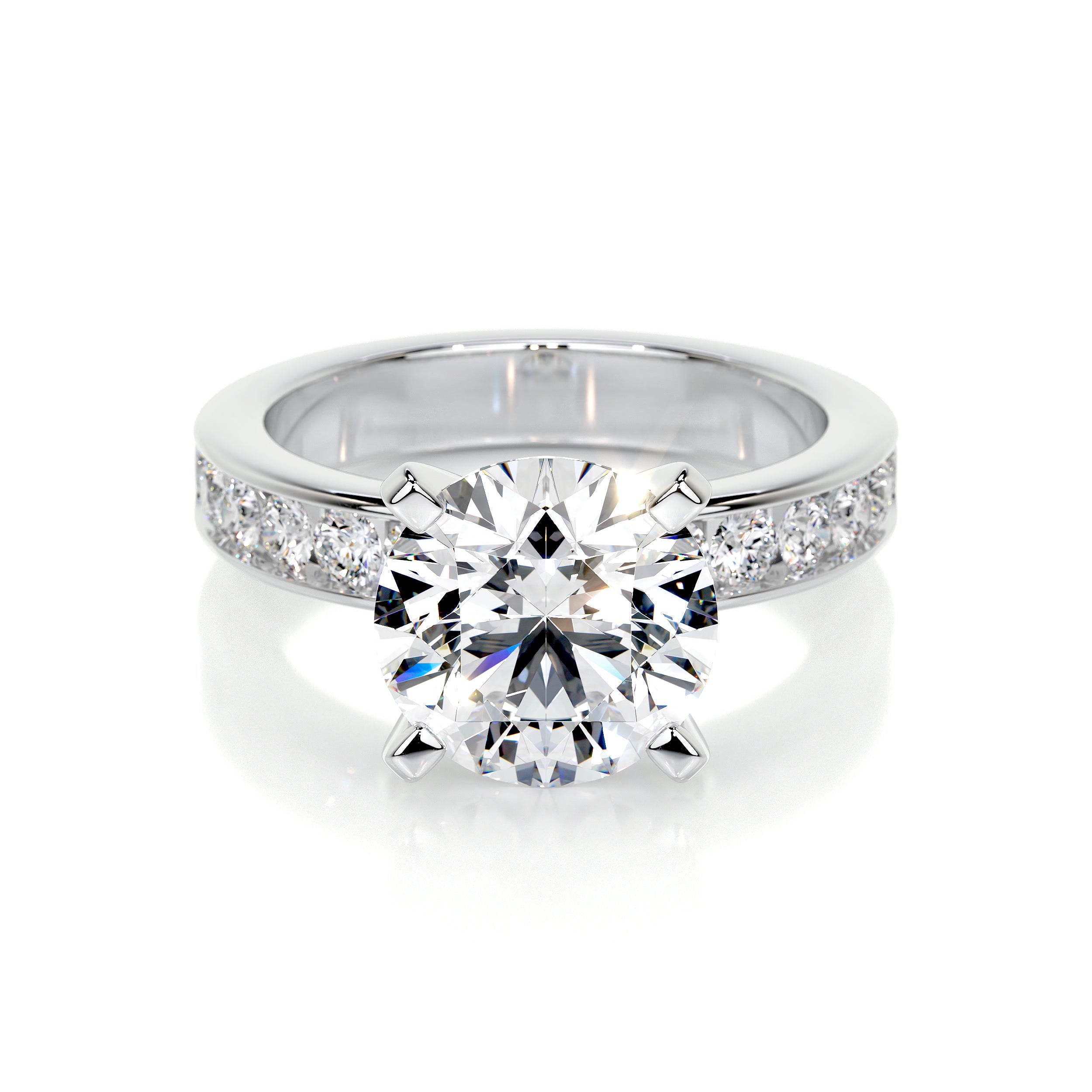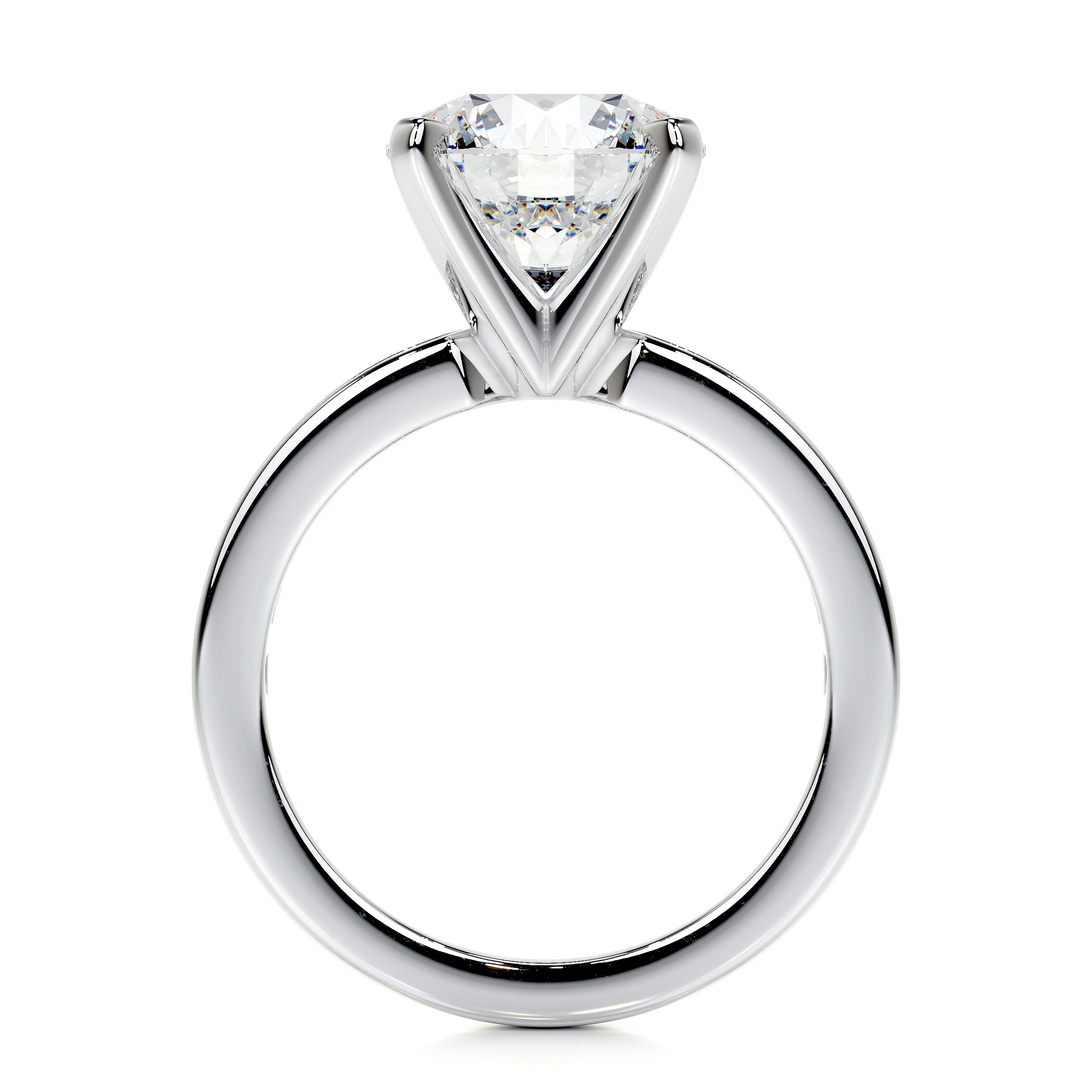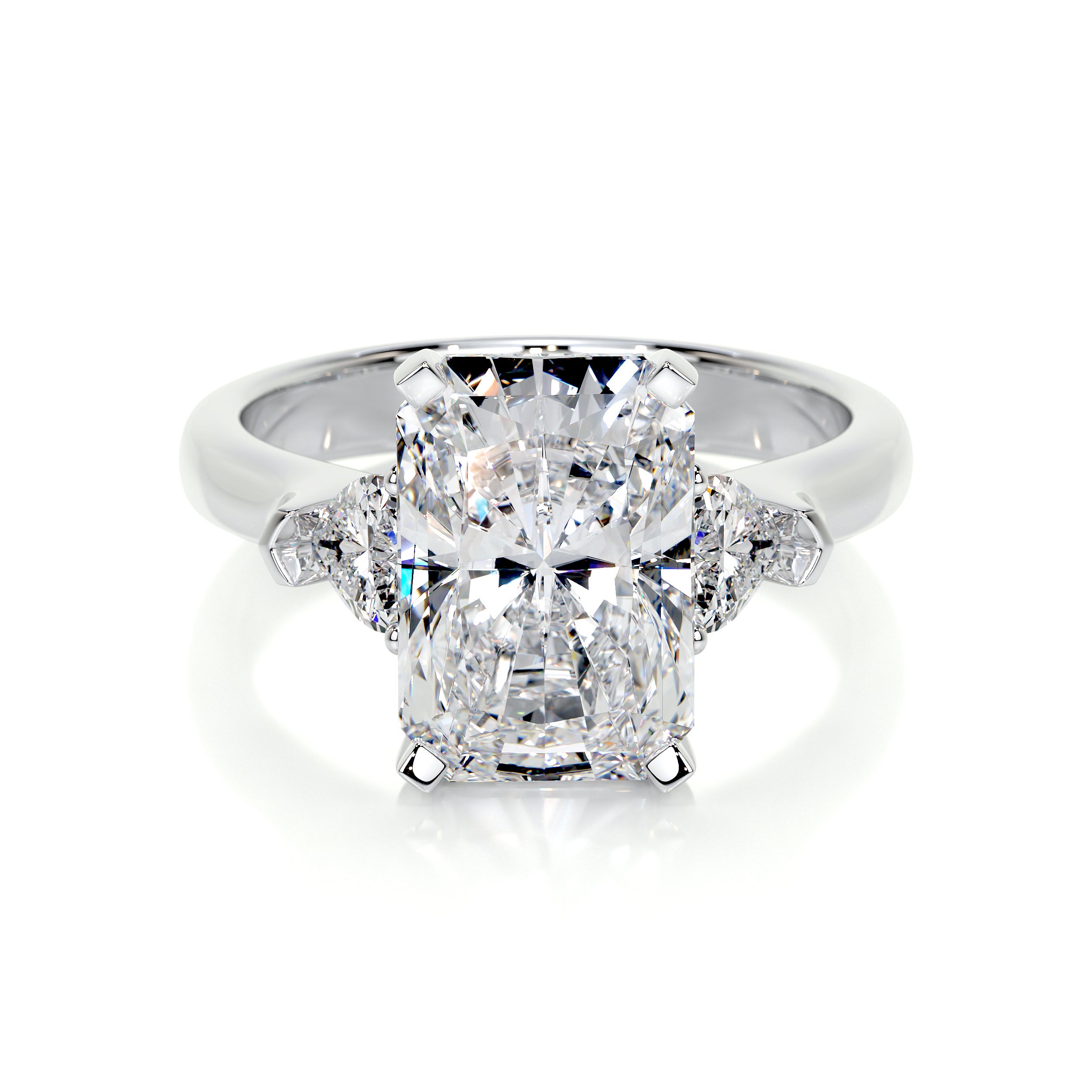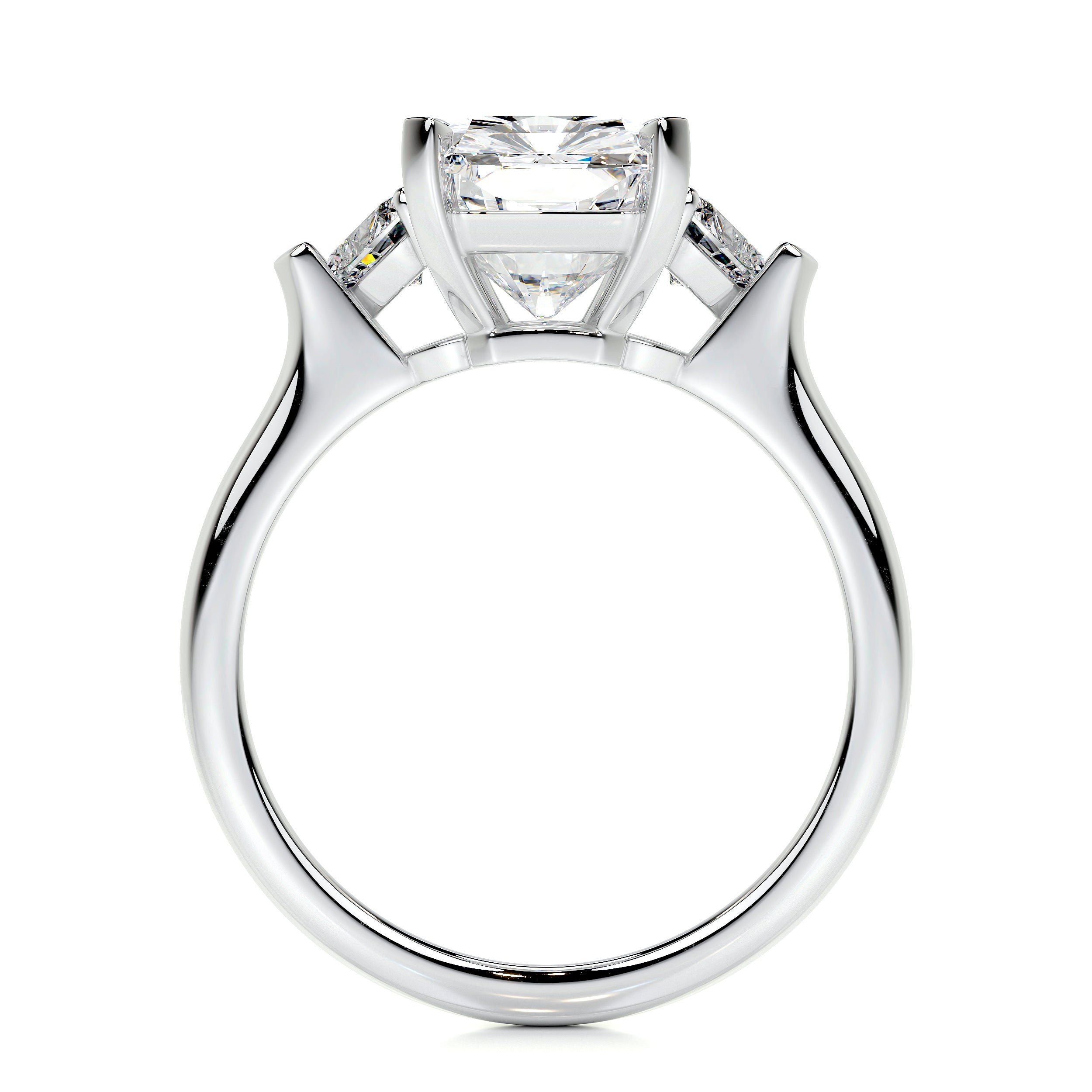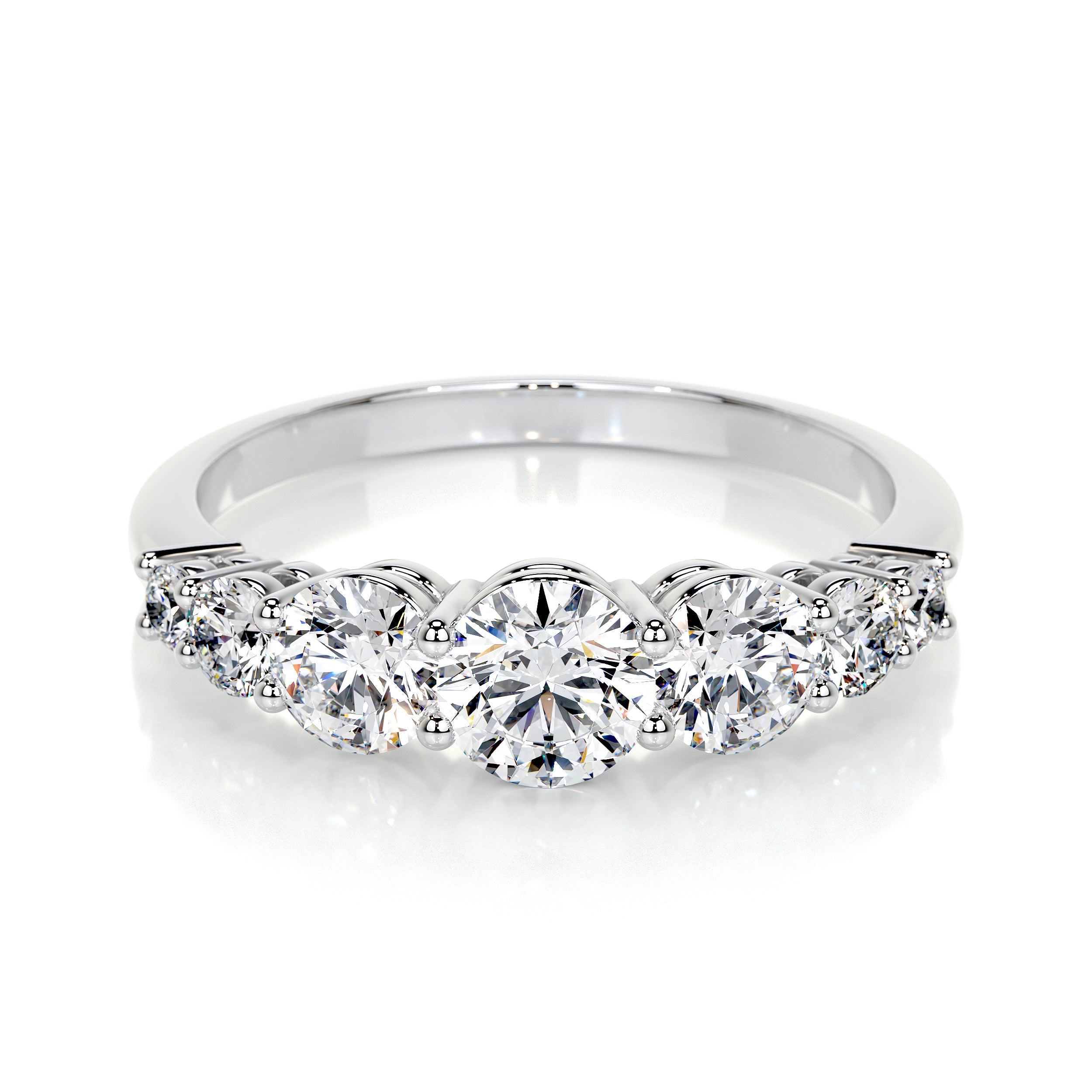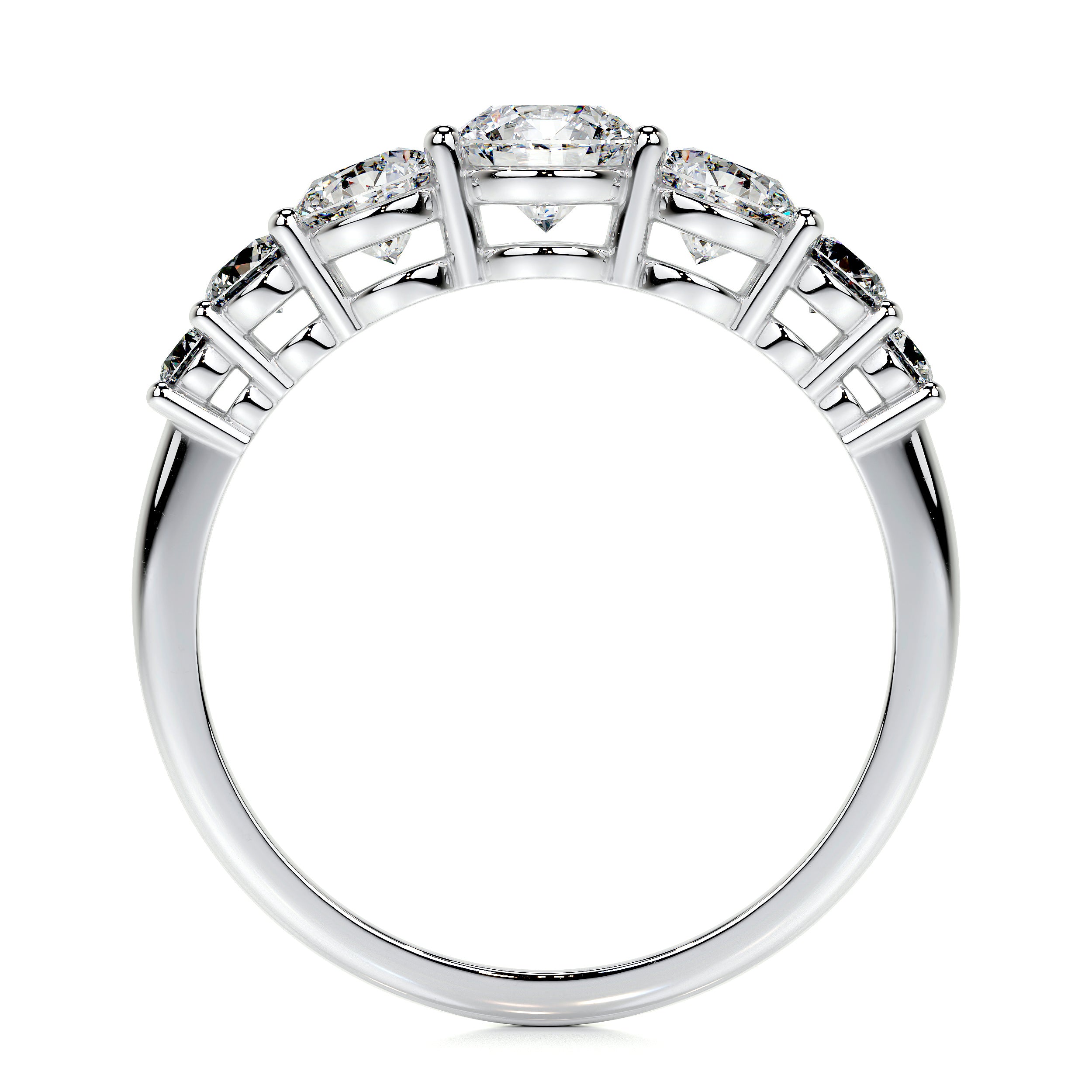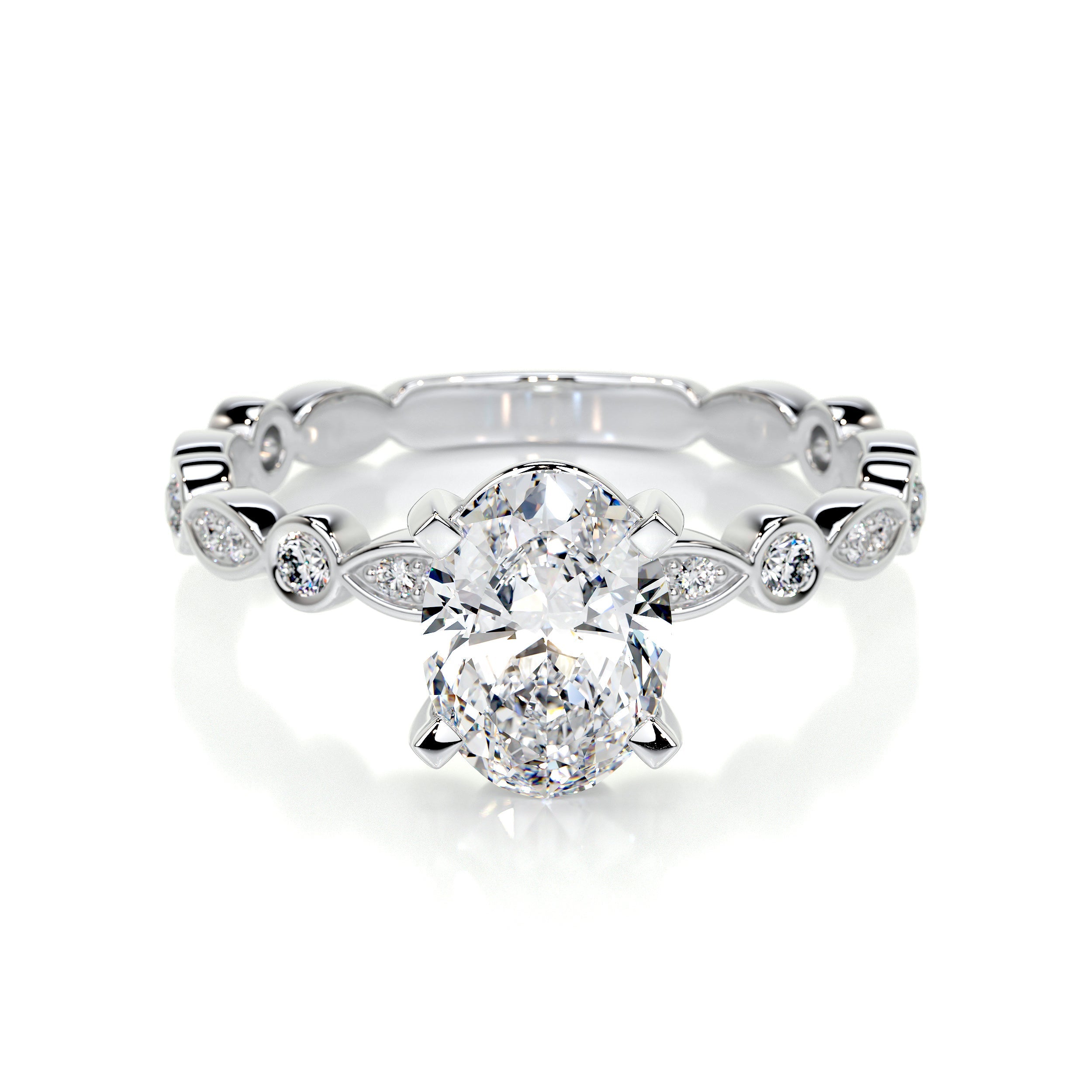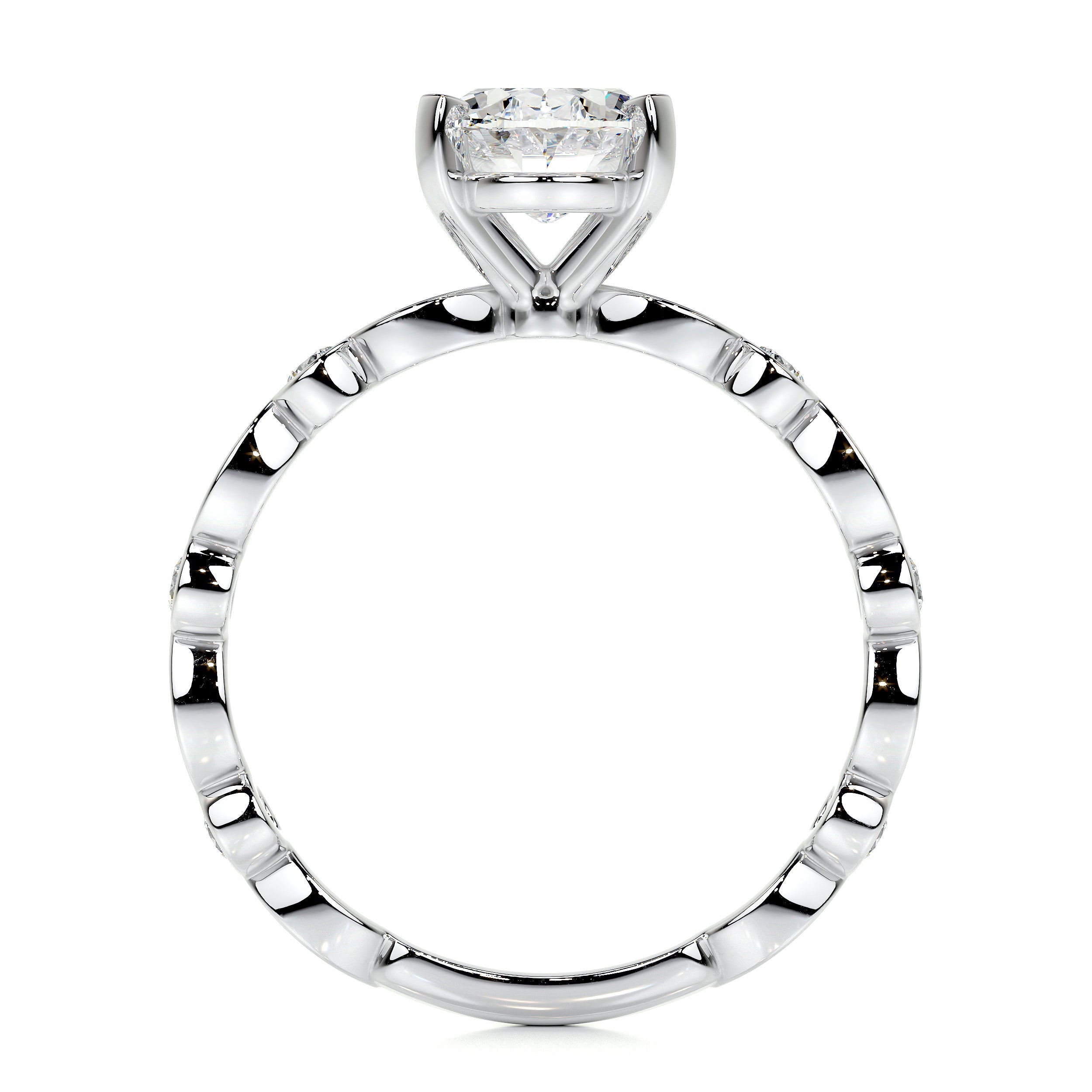
Lab Grown Diamonds
When lab grown diamonds first entered the market, they seemed enticing but shoppers simply didn’t know enough about them.
 Grown in the USA
Grown in the USA
Filters
239 products
Bailey Lab Grown Diamond Ring
Eliana Lab Grown Diamond Ring
Talia Lab Grown Diamond Ring
Layla Lab Grown Diamond Ring
Lynn Lab Grown Diamond Ring
Deborah Lab Grown Diamond Ring
Charlotte Lab Grown Diamond Ring
Lillian Lab Grown Diamond Ring
Natalie Lab Grown Diamond Ring
Skylar Lab Grown Diamond Ring
Samantha Lab Grown Diamond Ring
Yali Lab Grown Diamond Ring
Claudia Lab Grown Diamond Ring
Bree Lab Grown Diamond Ring
Joana Lab Grown Diamond Ring
Willa Lab Grown Diamond Ring
Carmen Lab Grown Diamond Ring
Arabella Lab Grown Diamond Ring
Parker Lab Grown Diamond Ring
Beverly Lab Grown Diamond Ring
Marina Lab Grown Diamond Ring
Hilary Lab Grown Diamond Ring
Joanne Lab Grown Diamond Ring
La Fleur Lab Grown Diamond Ring
Alessandra Lab Grown Diamond Ring
Raina Lab Grown Diamond Ring
Celia Lab Grown Diamond Ring
Zoey Lab Grown Diamond Ring
Sophia Lab Grown Diamond Ring
Paula Lab Grown Diamond Ring
Addison Lab Grown Diamond Ring
Luciana Lab Grown Diamond Ring
Alice Lab Grown Diamond Ring
Madison Lab Grown Diamond Ring
Selena Lab Grown Diamond Ring
Giselle Lab Grown Diamond Ring
Kamala Lab Grown Diamond Ring
Makenzi Lab Grown Diamond Ring
Amelia Lab Grown Diamond Ring
Lab Created Diamond Rings
Today, we know all about this luxury product. Their exceptional beauty is only eclipsed by their attractive price points making lab-grown diamonds the preferred choice for modern consumers, especially those looking for gorgeous bridal jewelry with unparalleled value. The beauty of a lab-created diamond is impeccable. They have the same physical and chemical properties as earth–grown diamonds, the only difference being that they were grown much quicker in special advanced laboratories.
If you are looking for a stunning, brilliant, and sparkling diamond that is cost-effective and extra friendly to the environment - a lab diamond is the choice.
As always, you can select the shape, size, and design of your lab-grown diamond rings, and we will set it with a gorgeous stone that will make you smile.
There’s a good reason why so many of today’s couples are choosing lab diamonds. Besides their intriguing story of creation, they are a spectacular diamond option. By being carefully created in a lab under the strictest conditions, scientists have produced the traits in lab-grown diamonds that consumers want. Durability is only one benefit that savvy shoppers demand in their diamond jewelry.
Despite our admiration for diamonds with the highest color and clarity, we usually cannot afford such costly stones - until lab grown diamonds are perfected.
Couples are delighted to discover they can get the diamond engagement rings for their dreams with spectacular lab-created diamonds.
There is nothing to sacrifice and everything to be gained with a lab-grown diamond. Consider the eco-conscious aspect of owning a lab-created diamond. It is sustainable and ethically manufactured to the highest standards of diamond characteristics, and there is nothing to sacrifice in beauty. Add all these benefits plus the affordability of lab diamonds, which is hard to pass up. All the shapes and sizes are yours with a lab-grown diamond.
